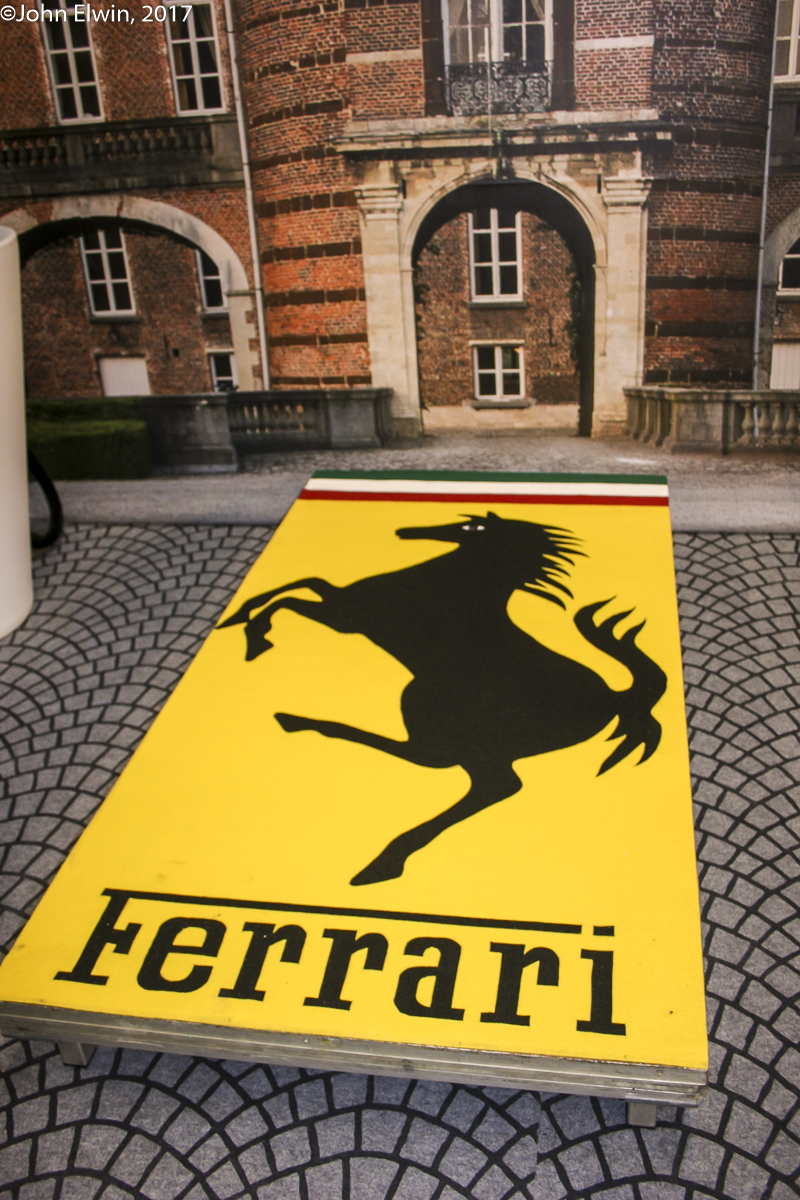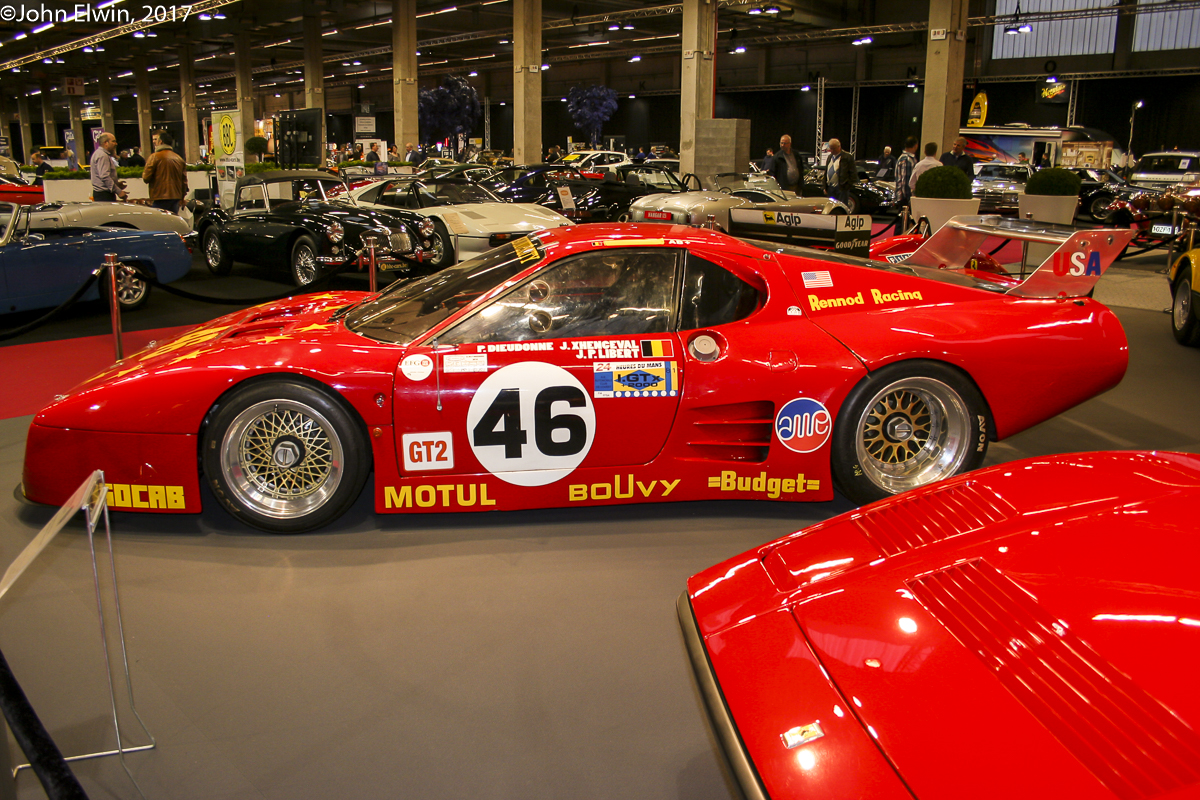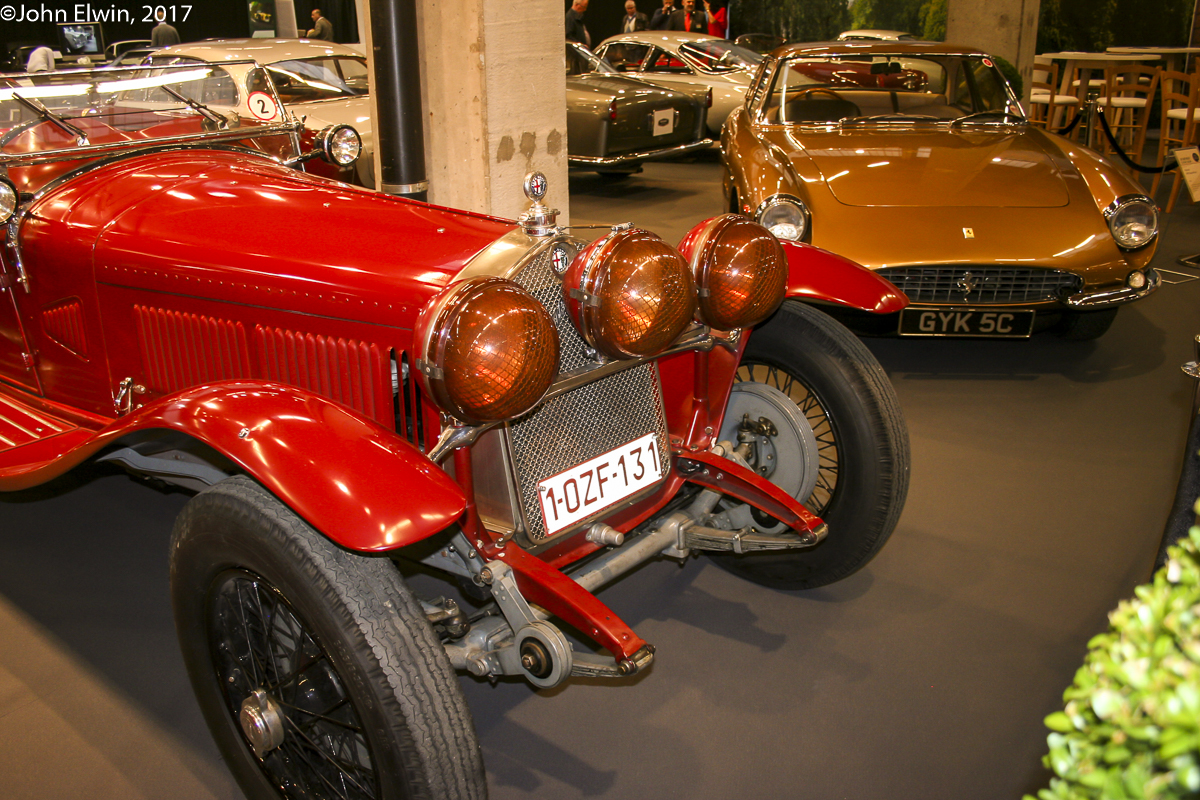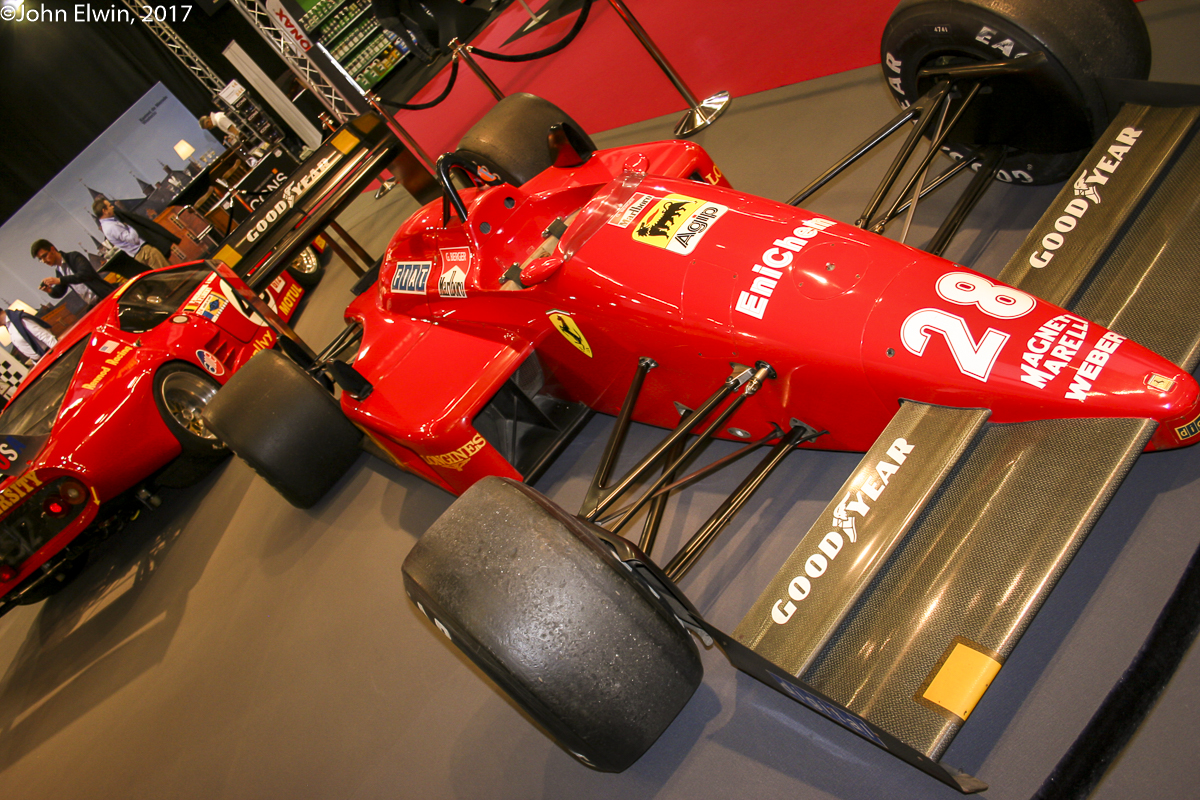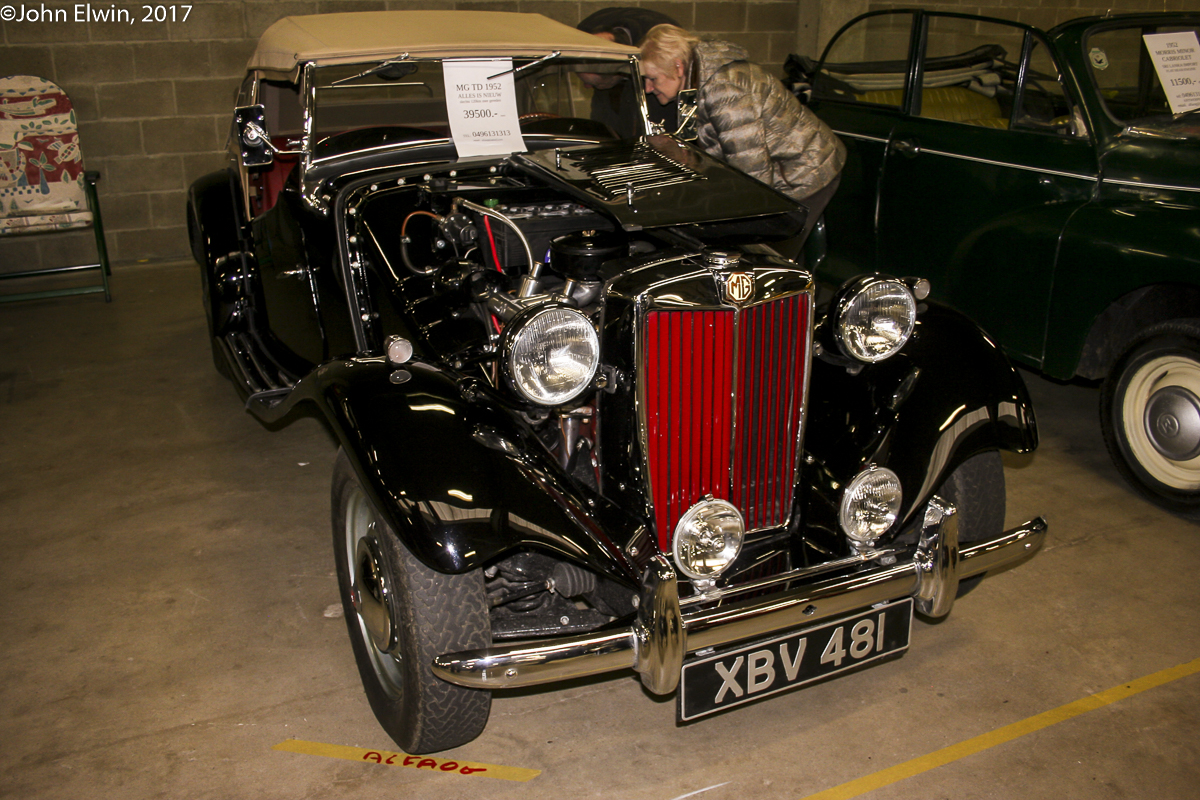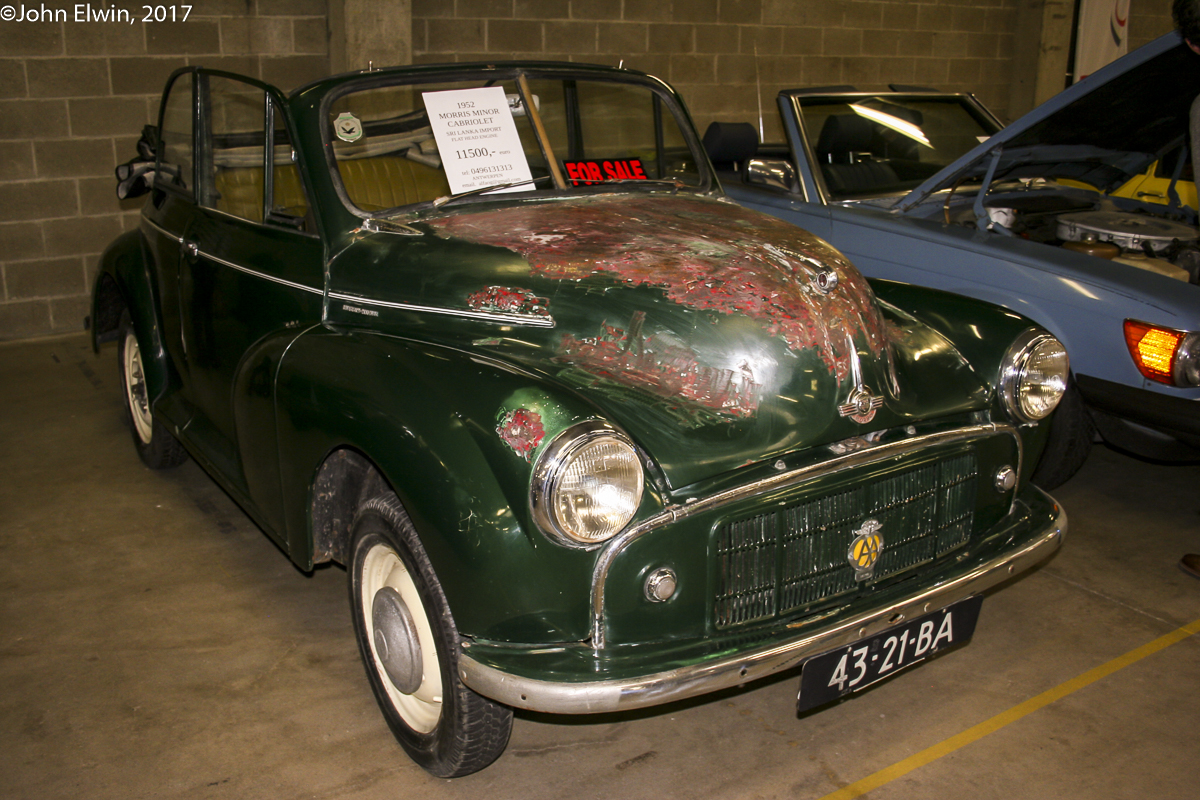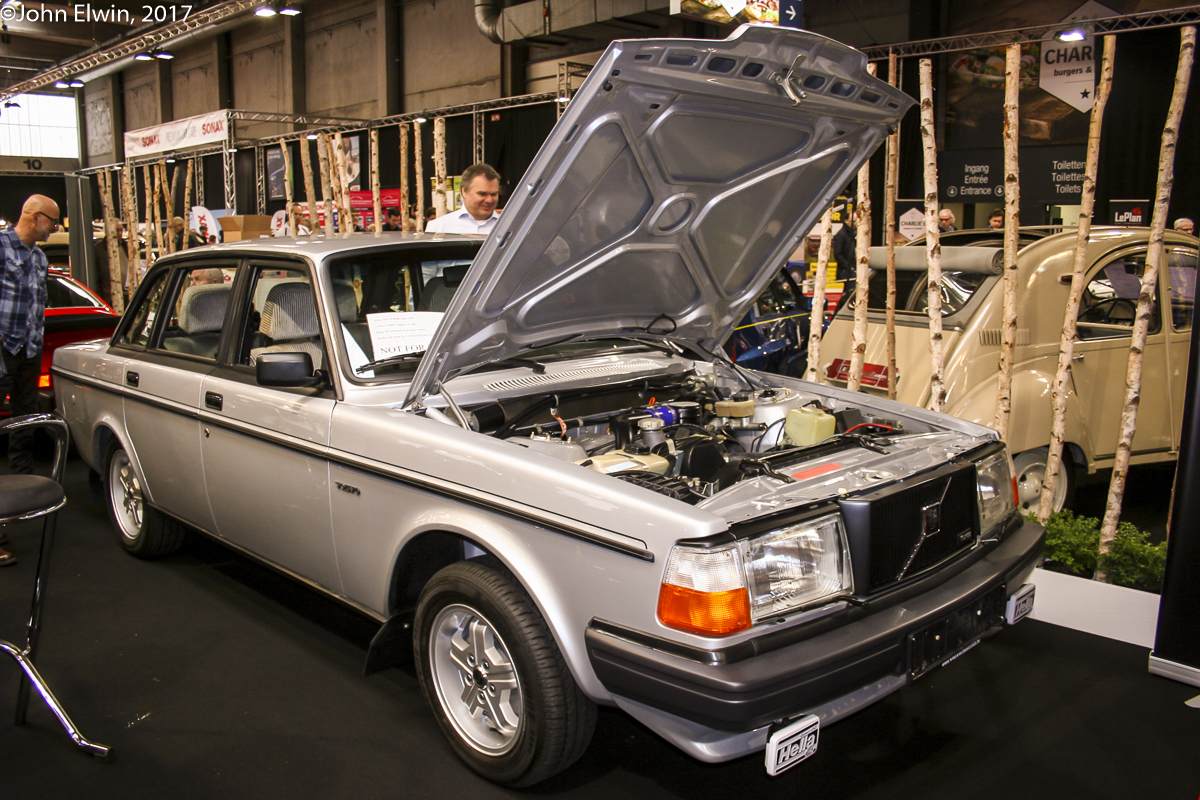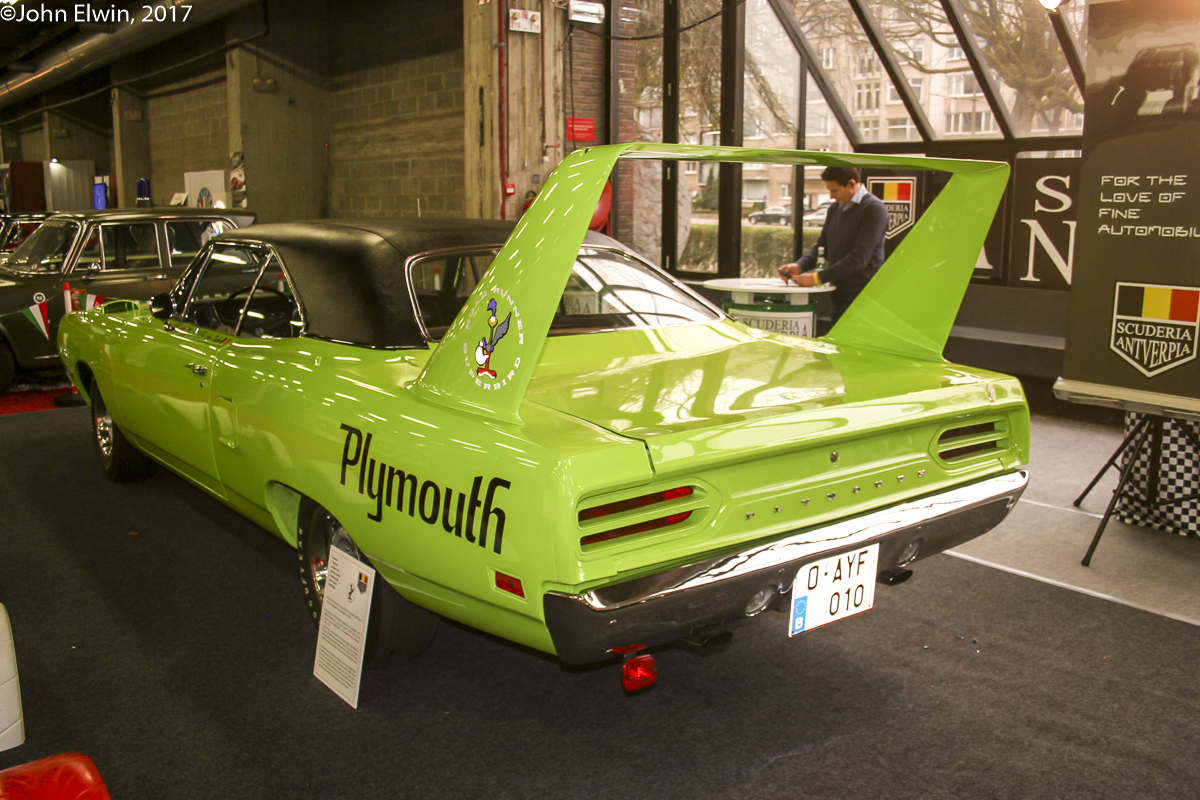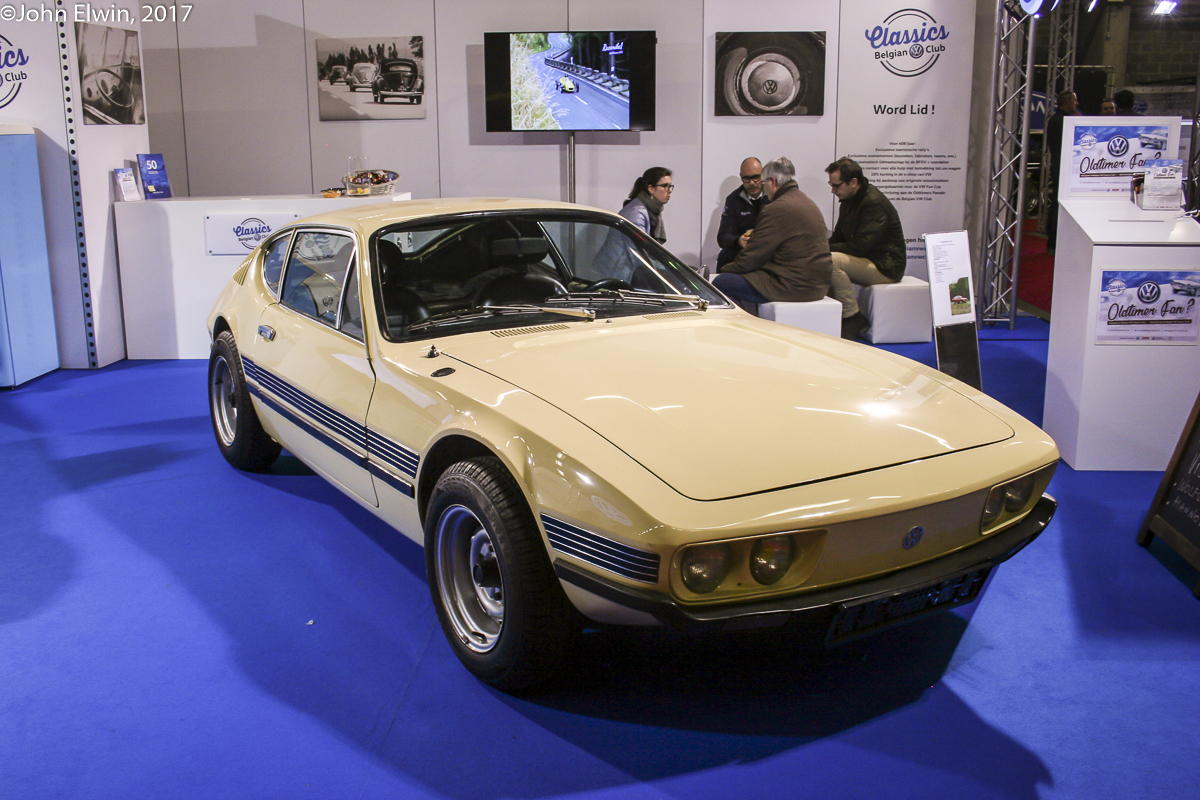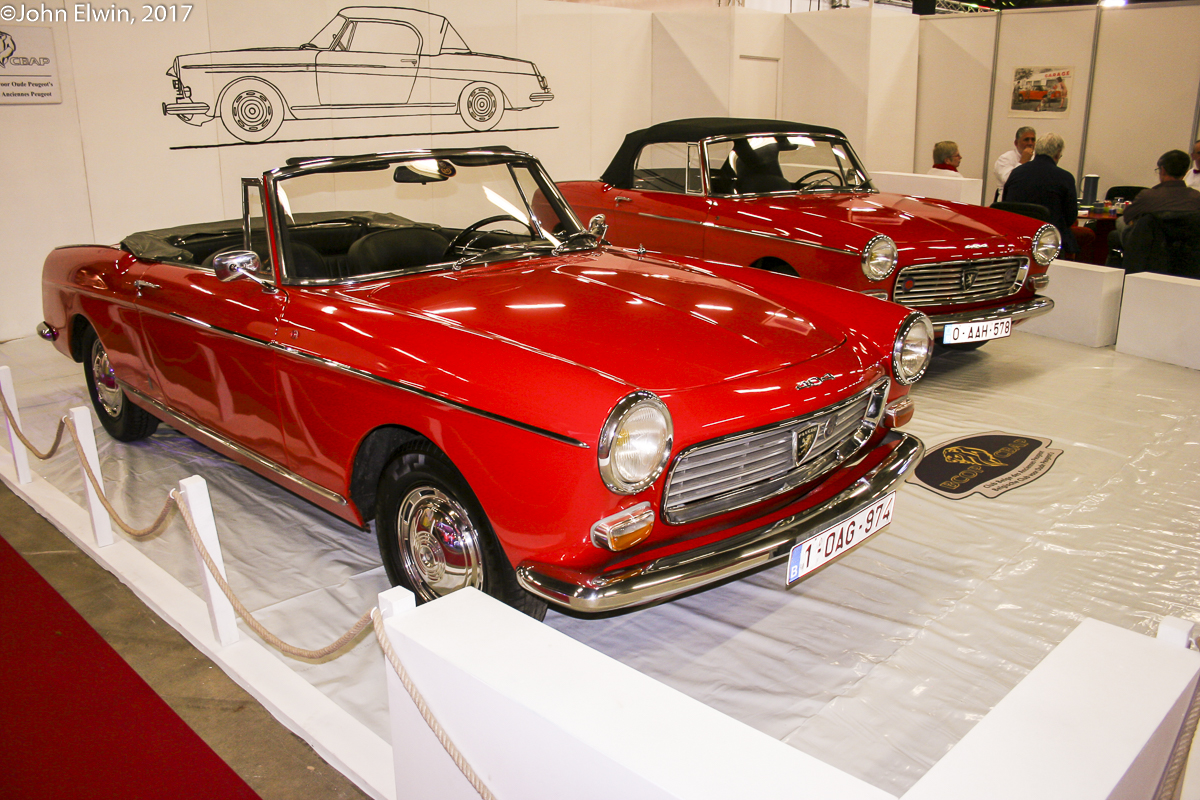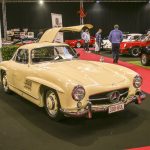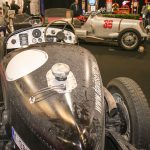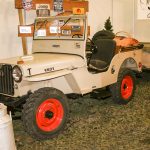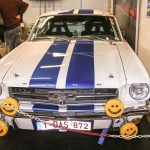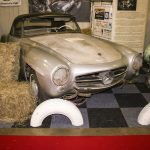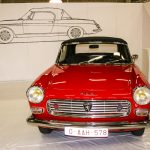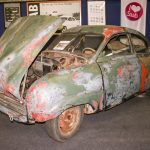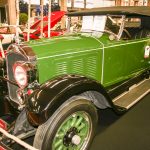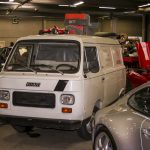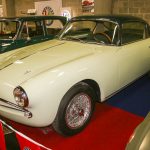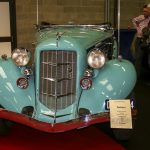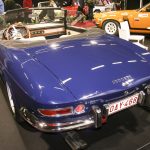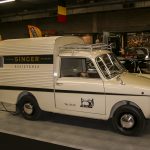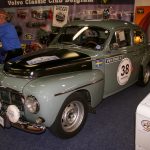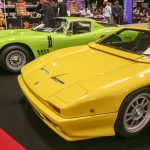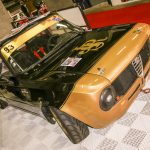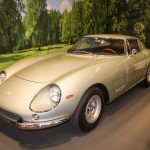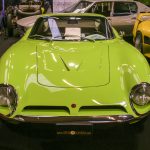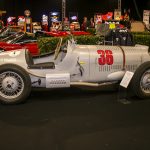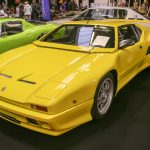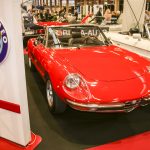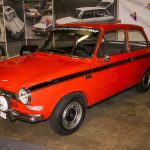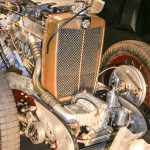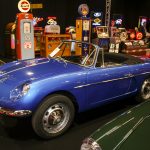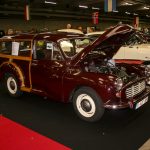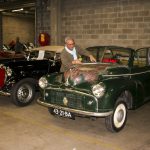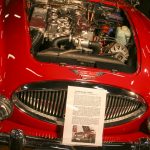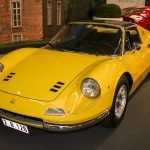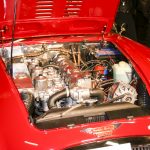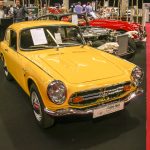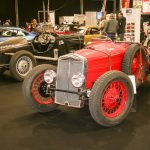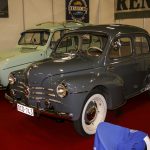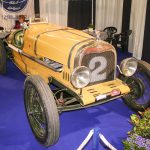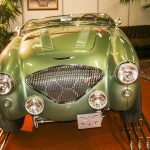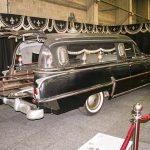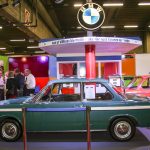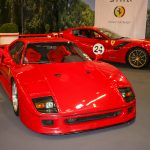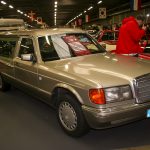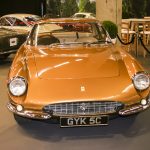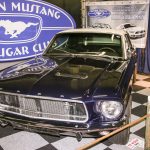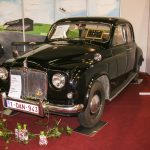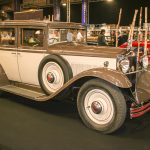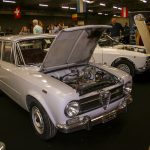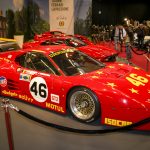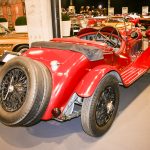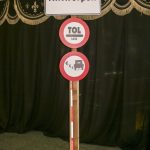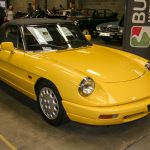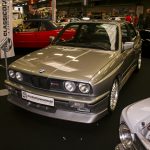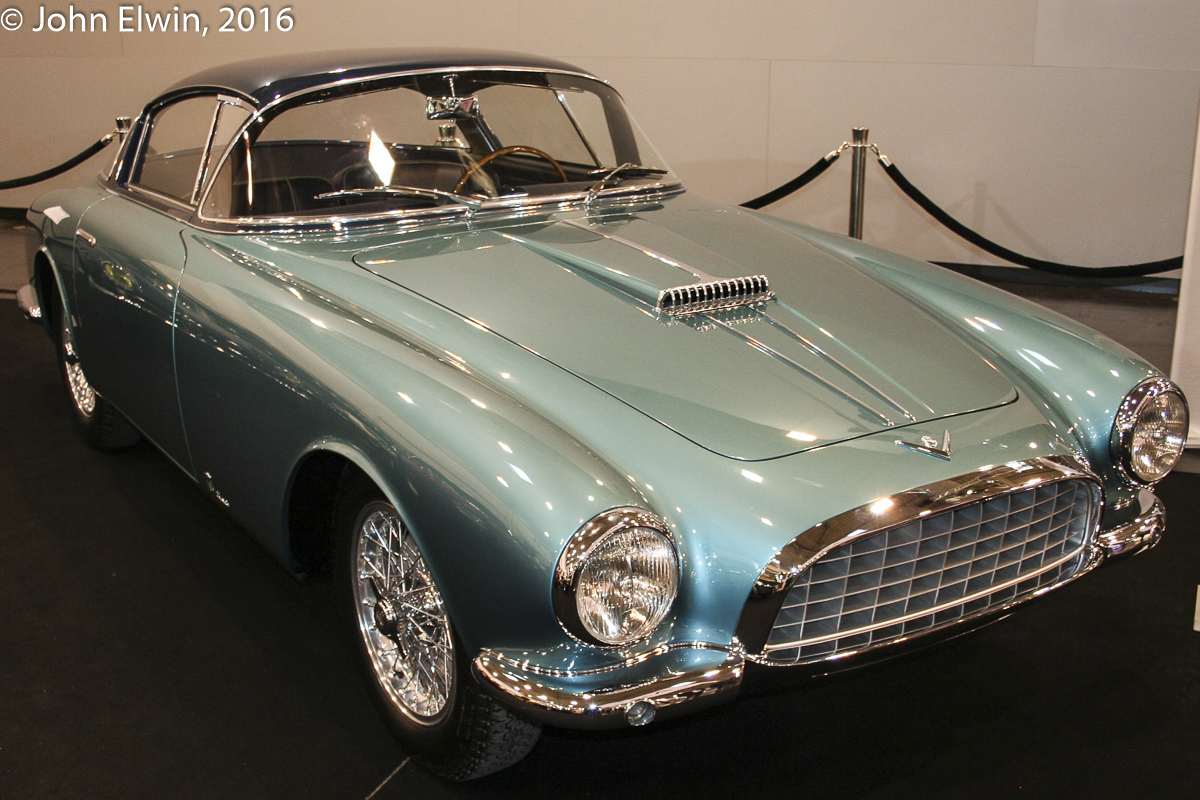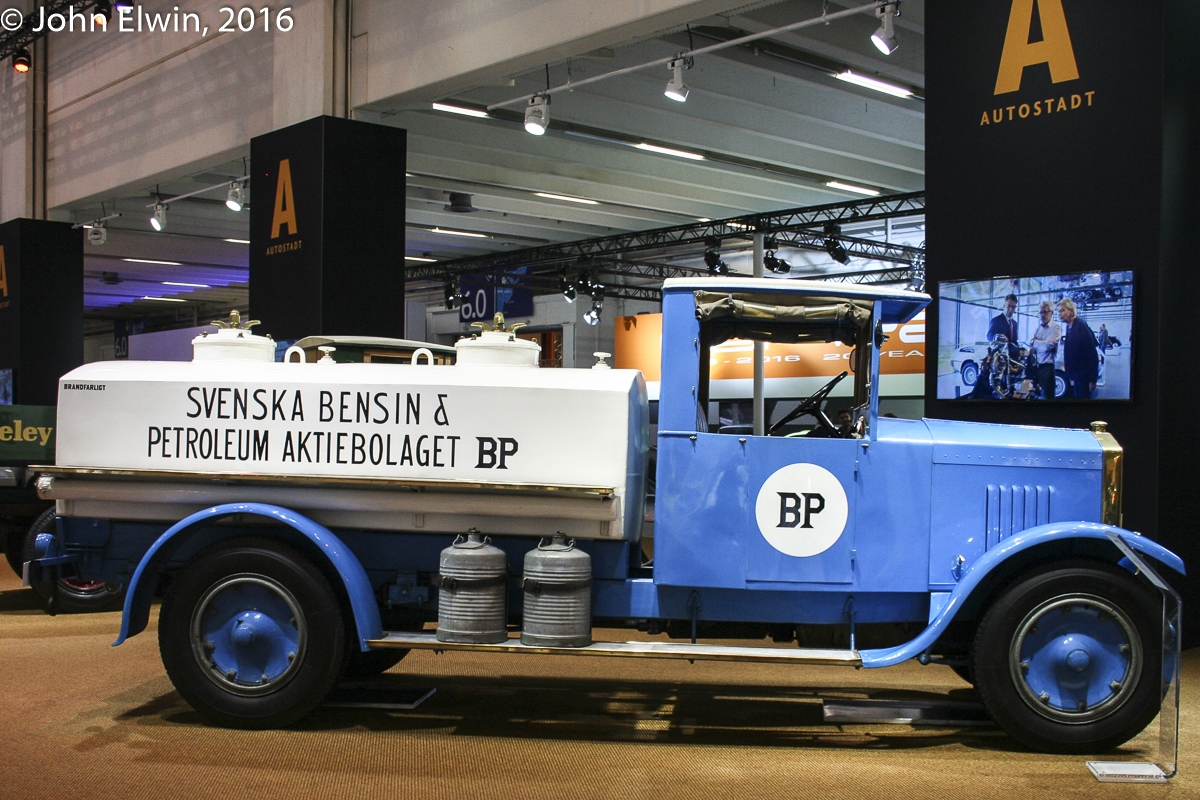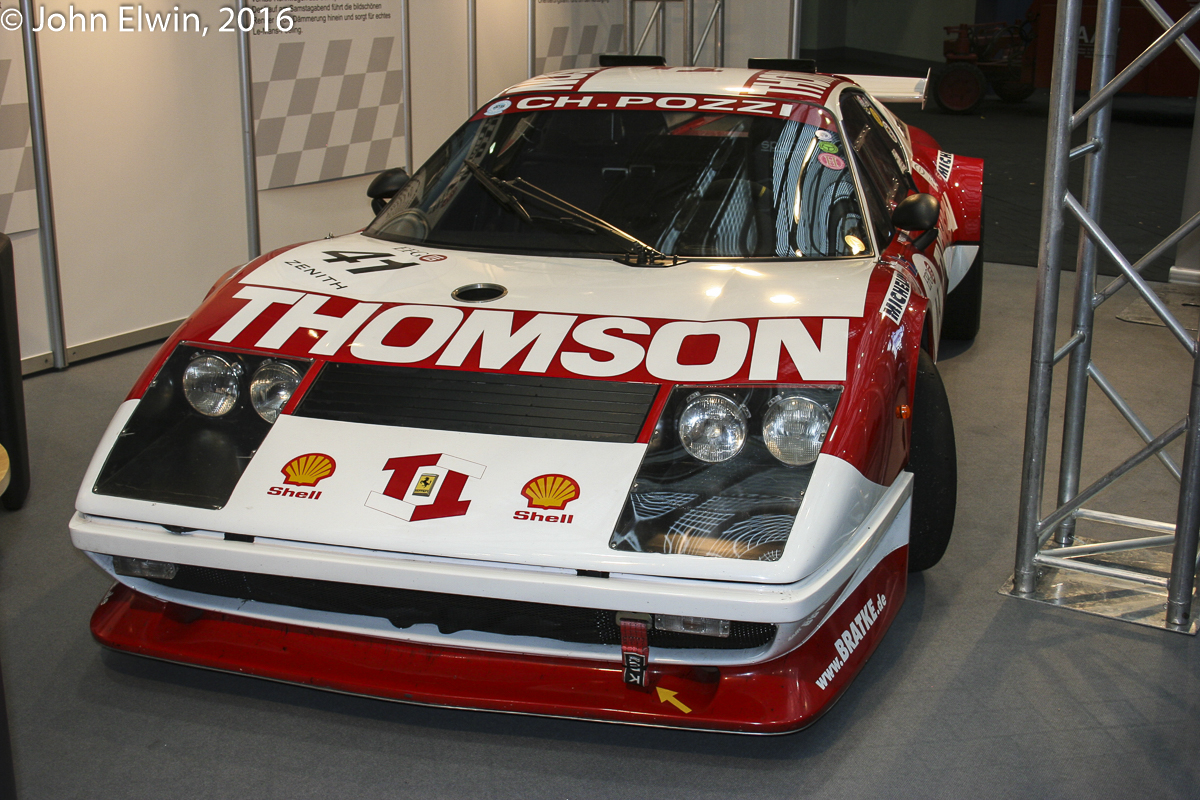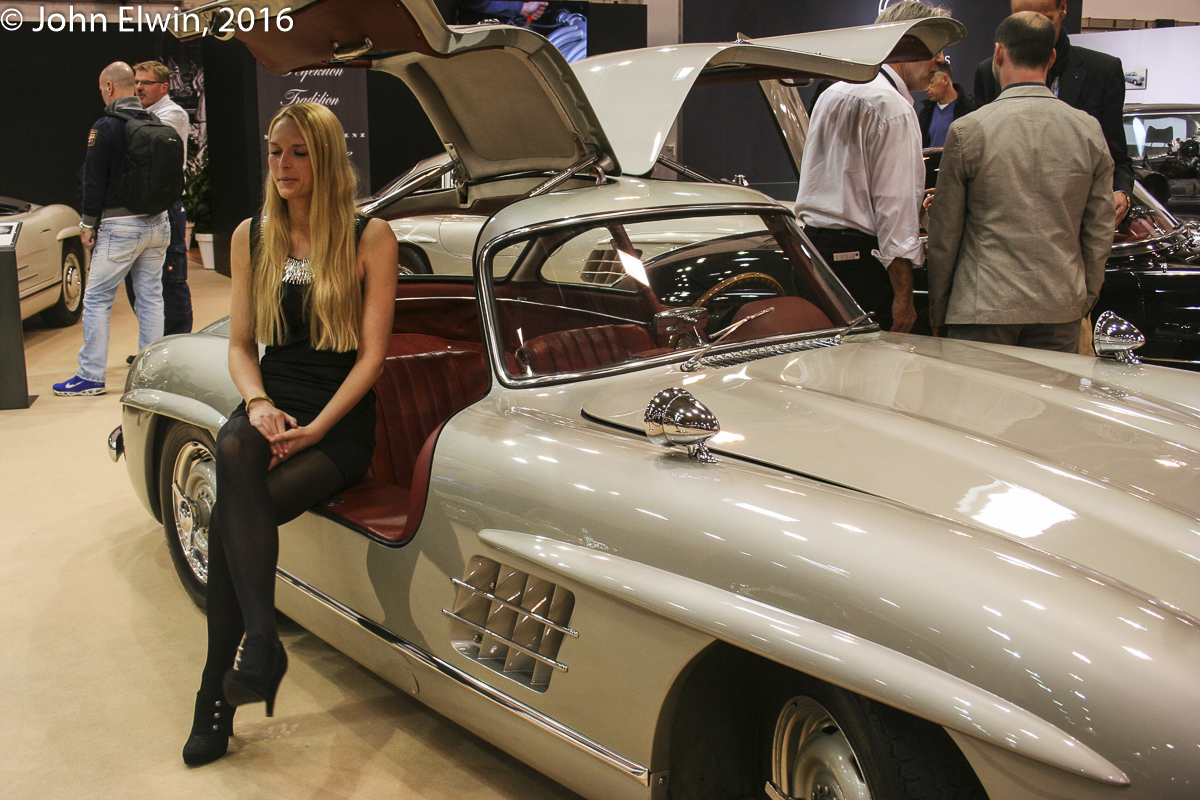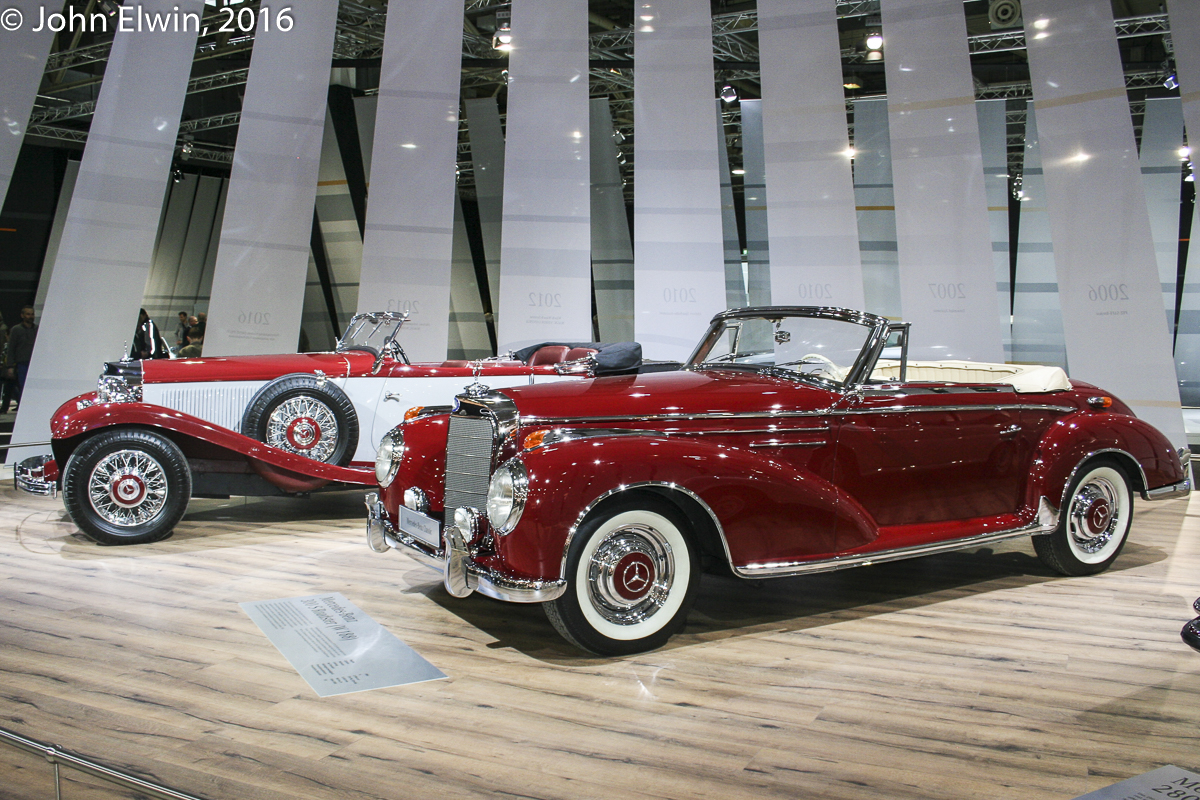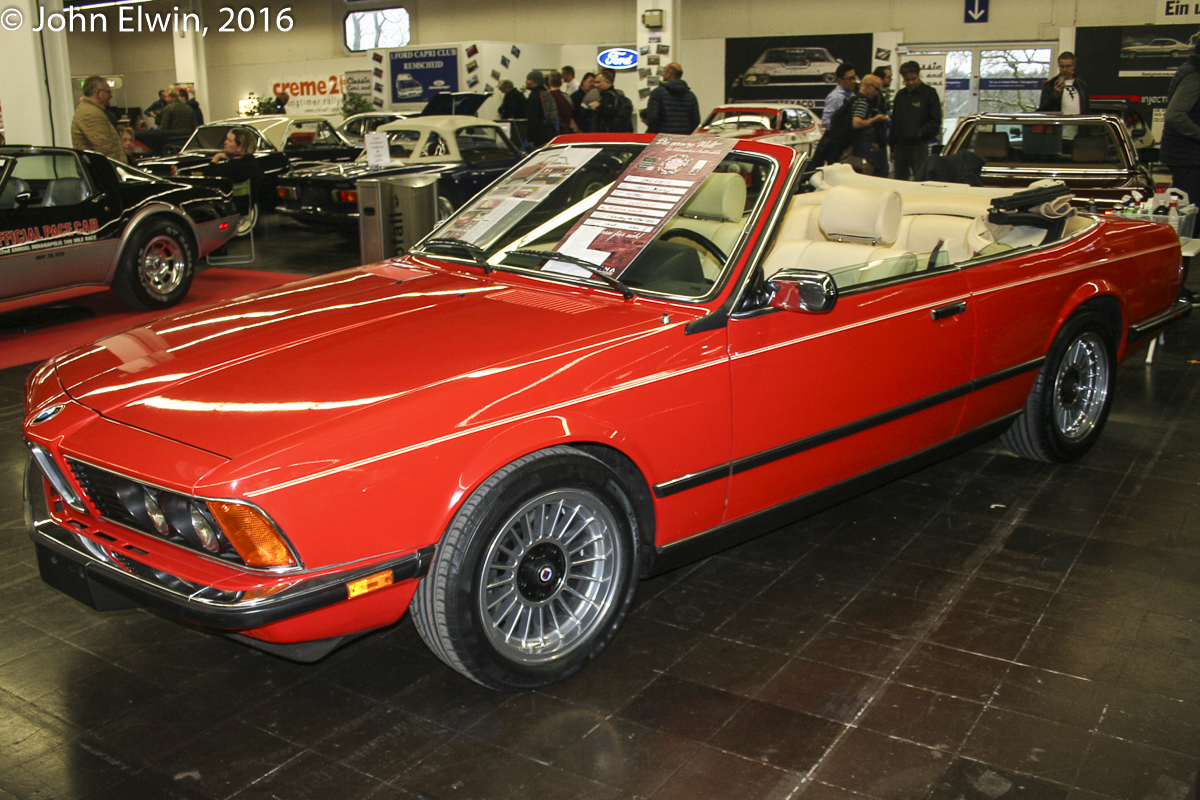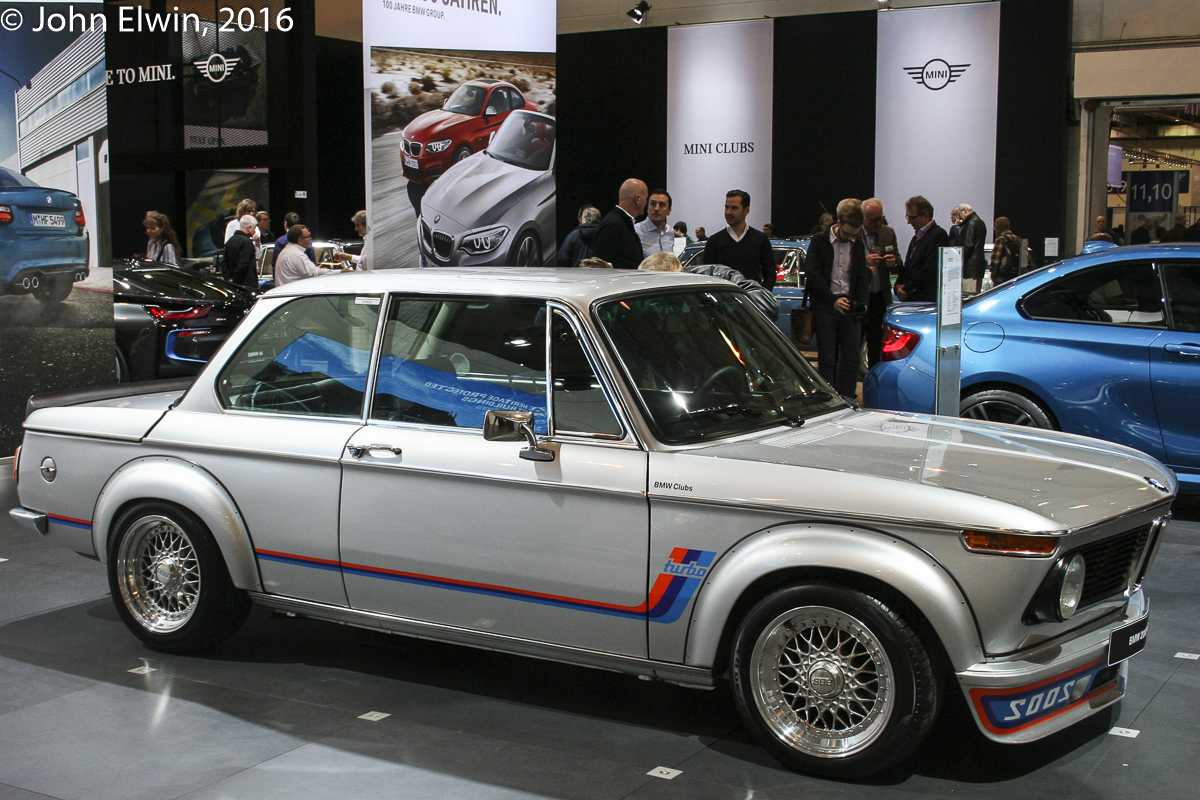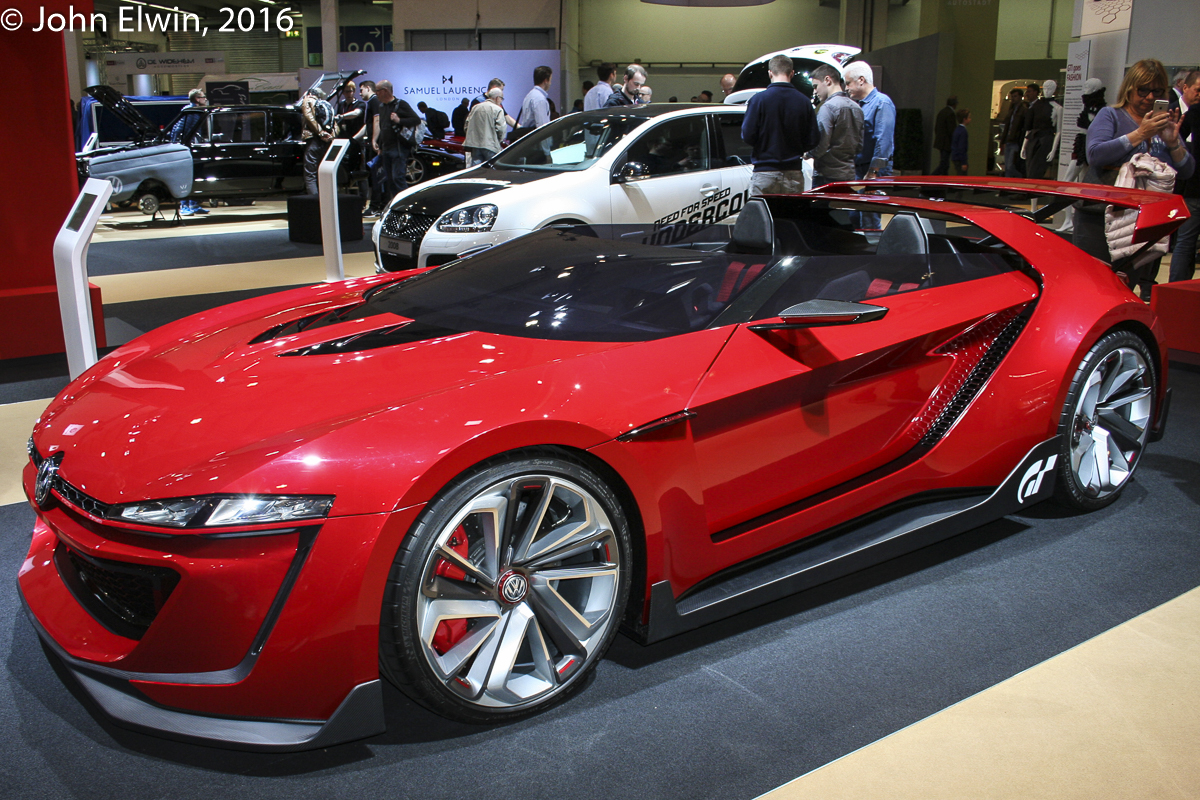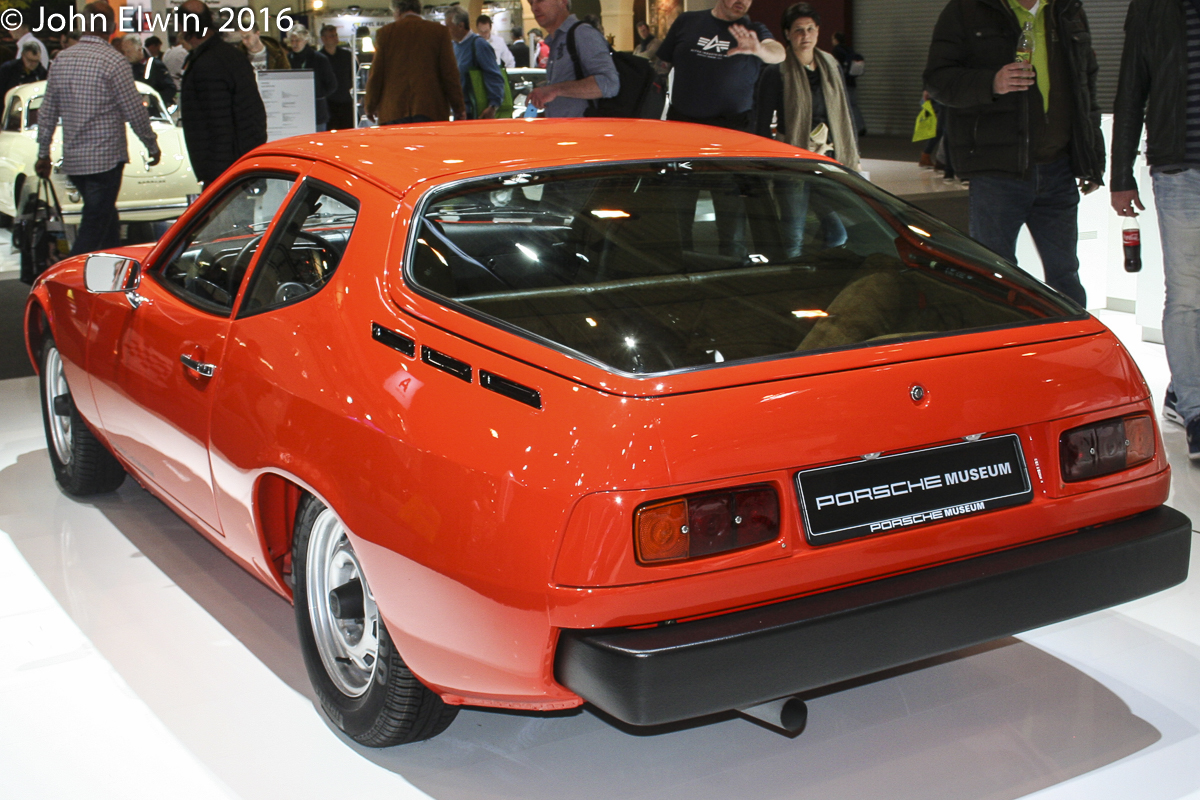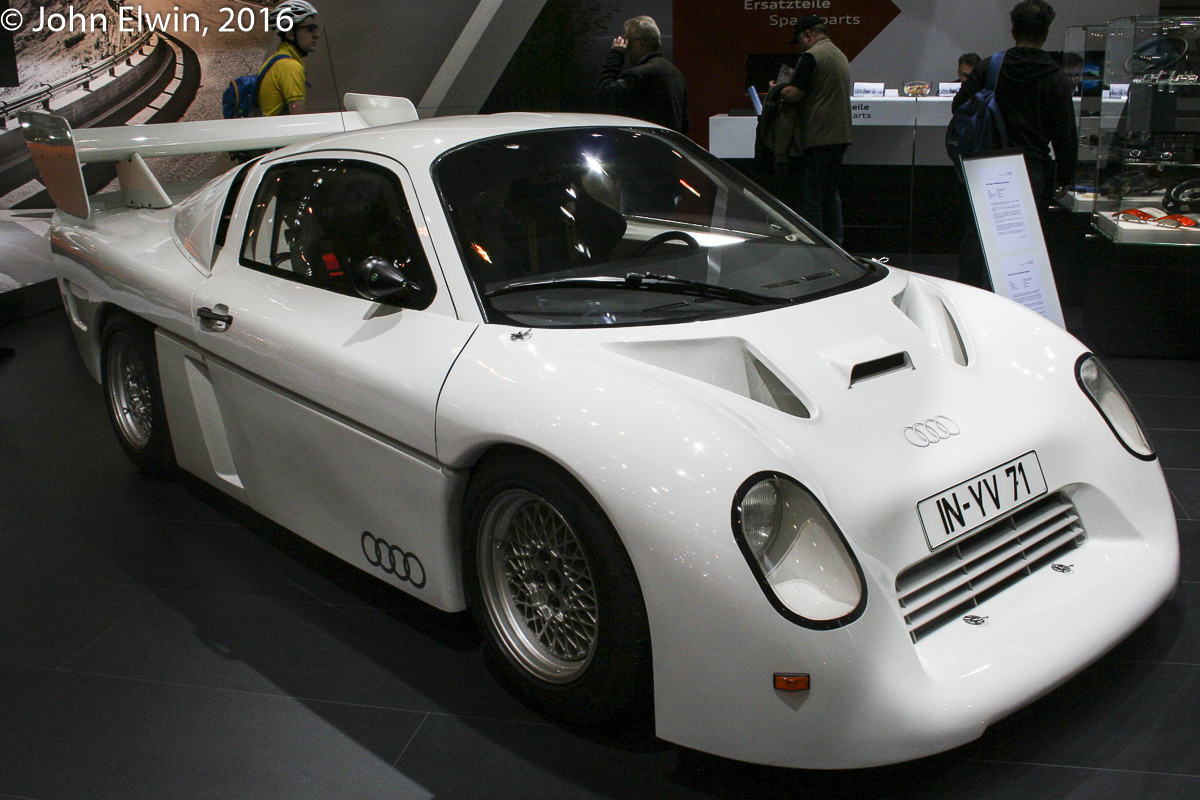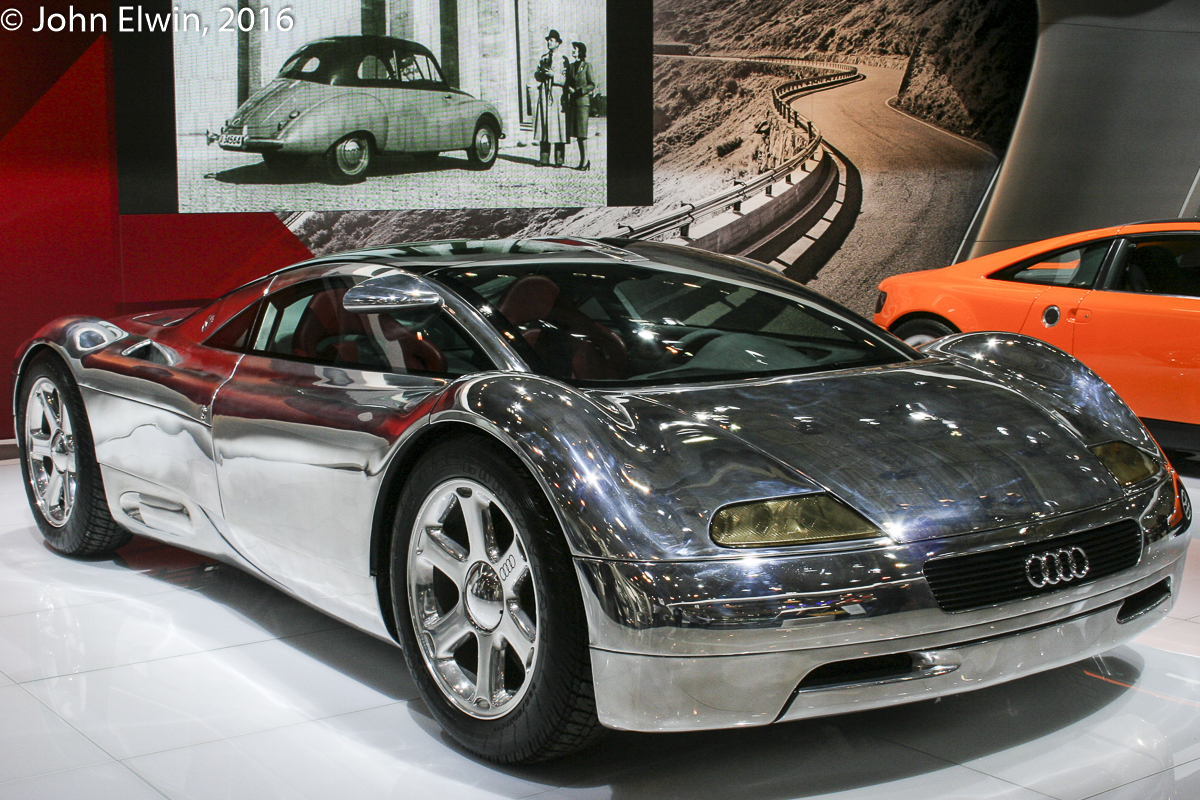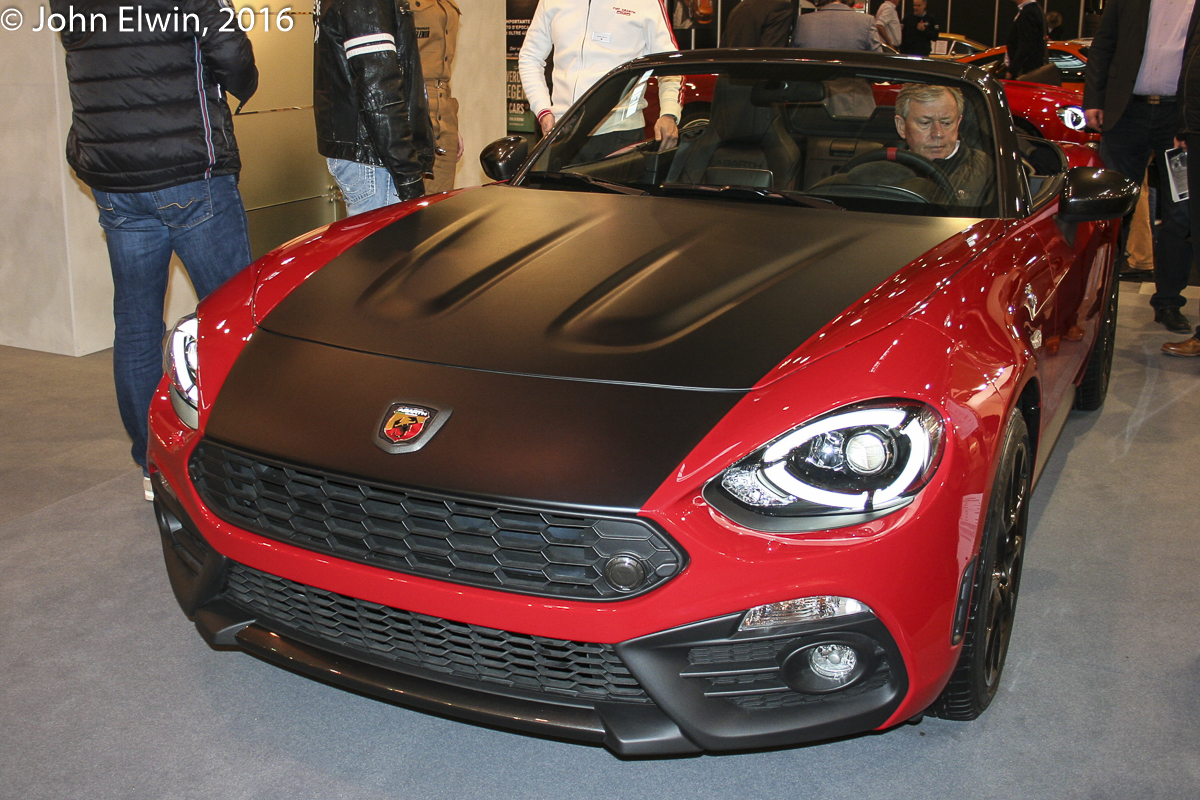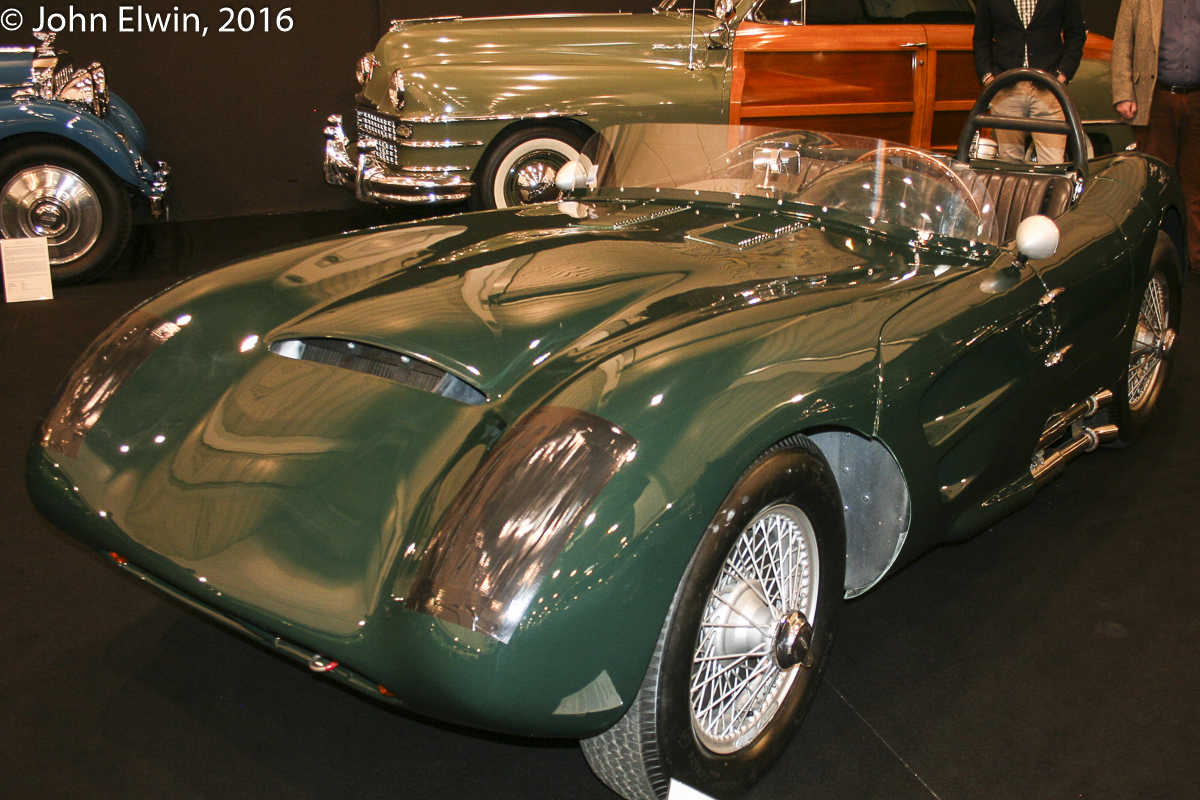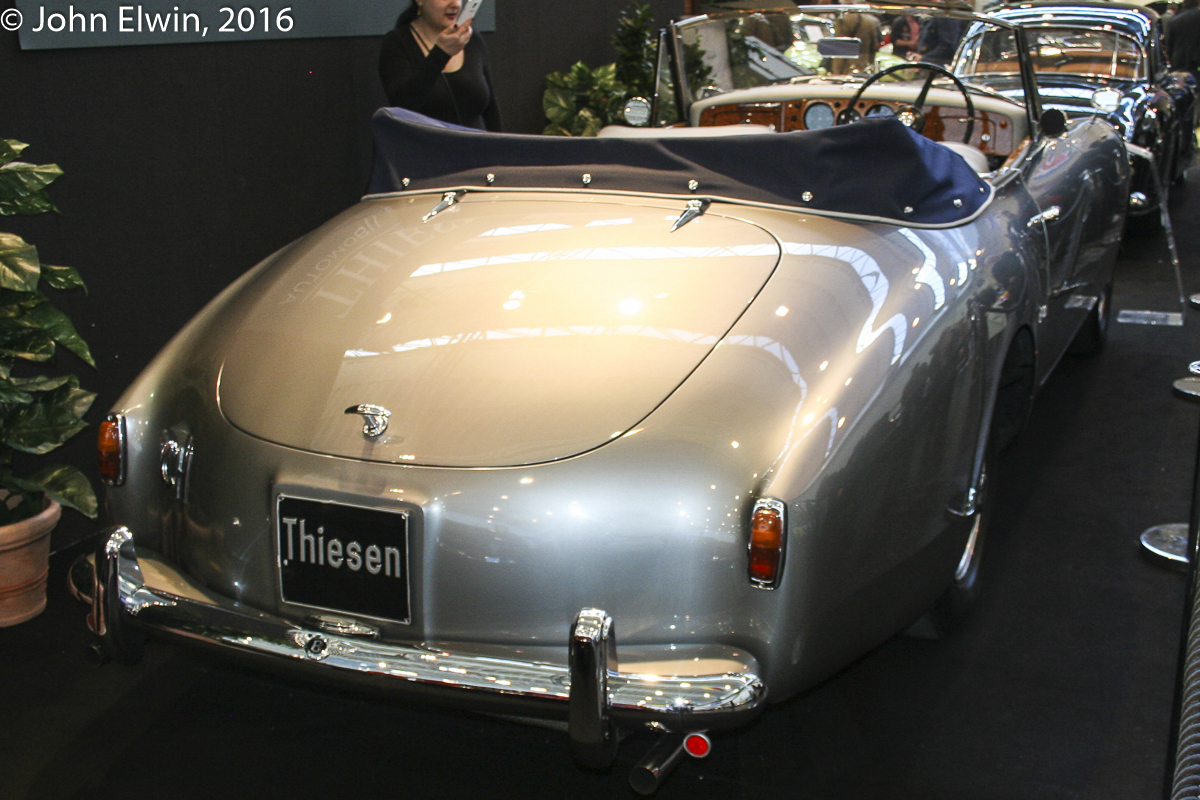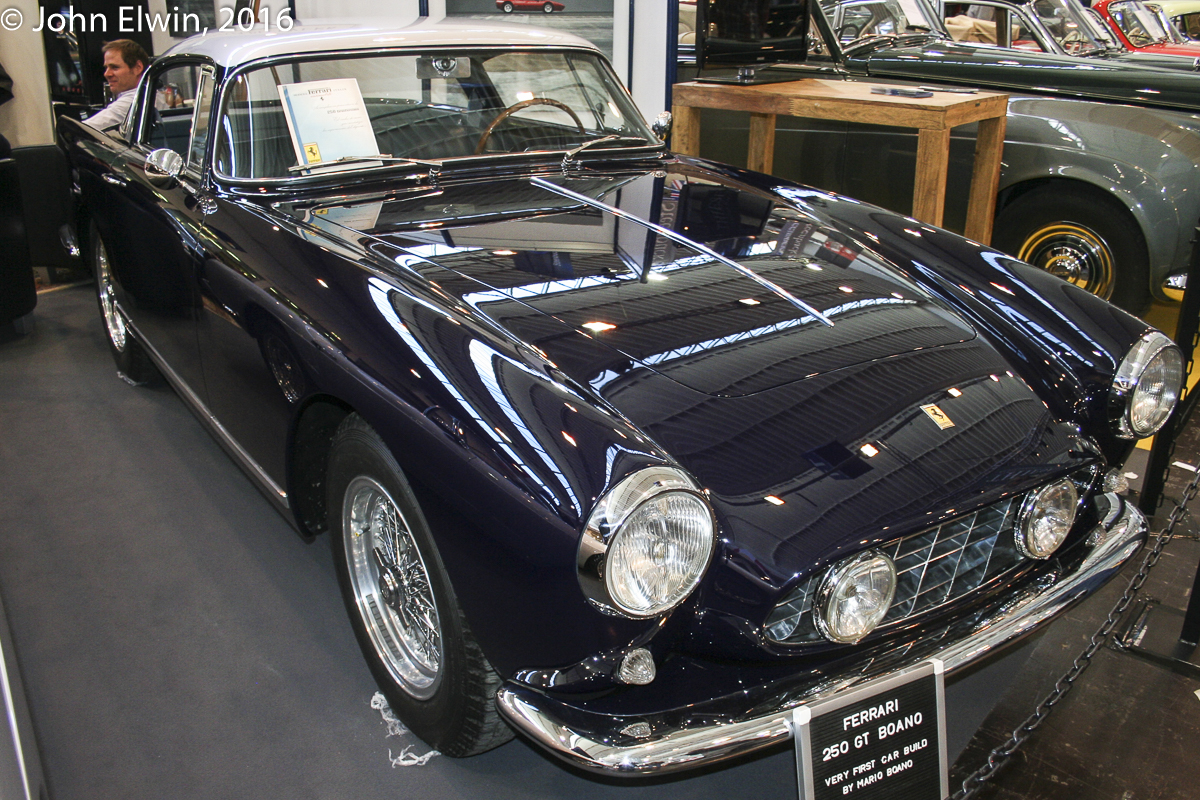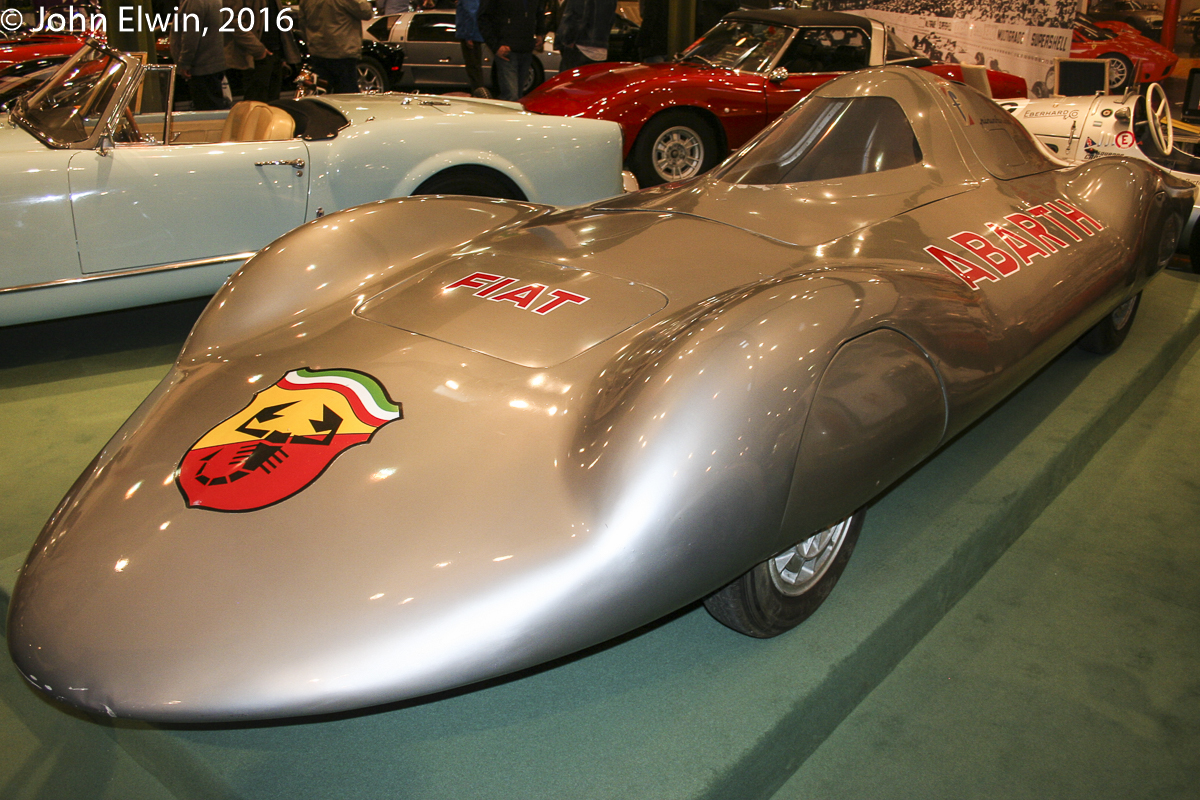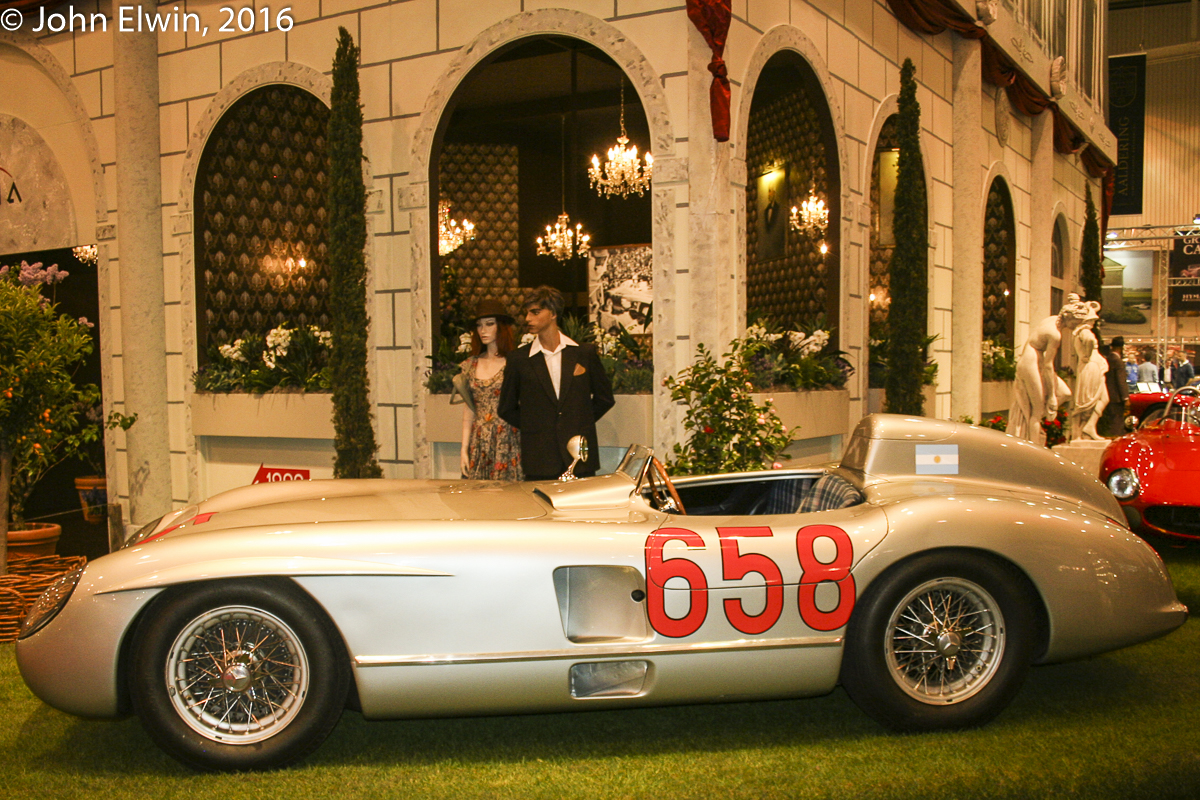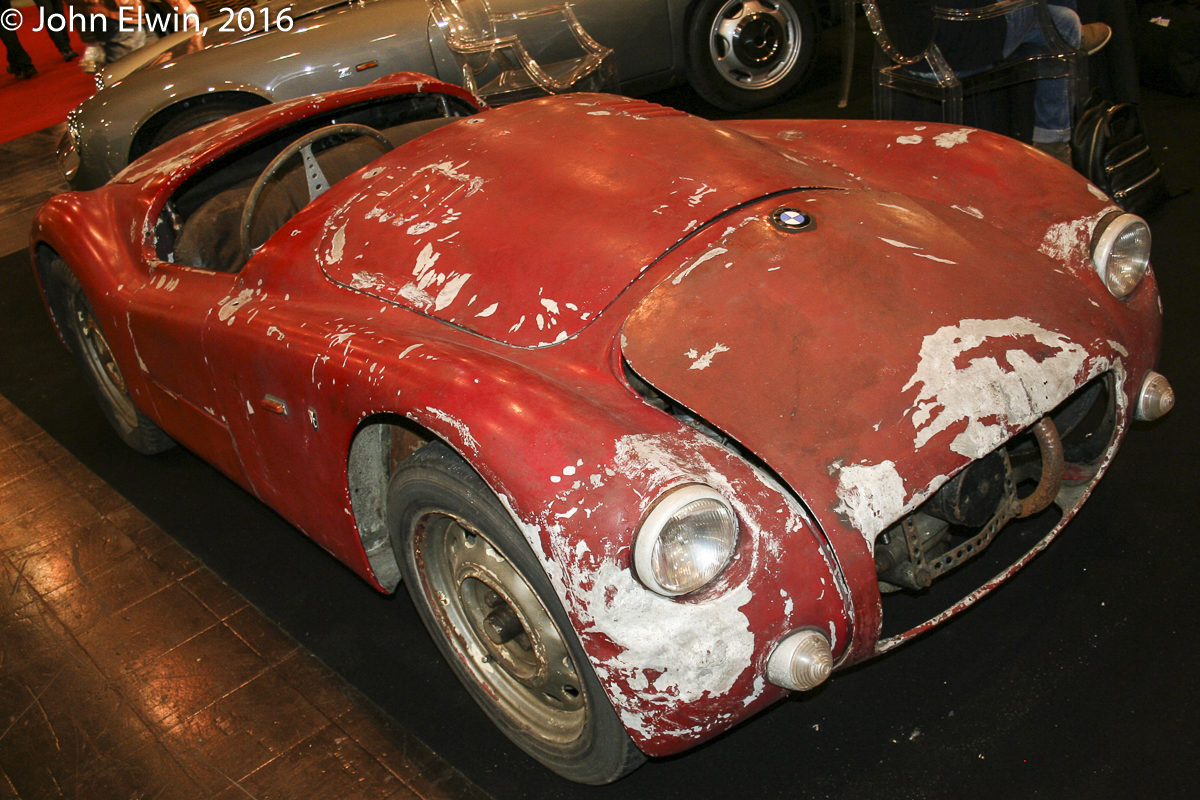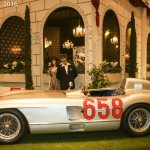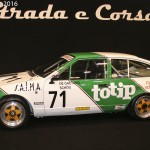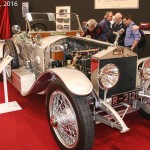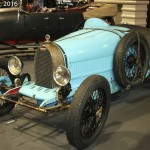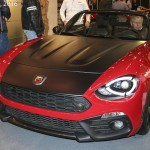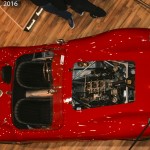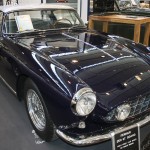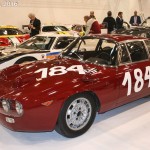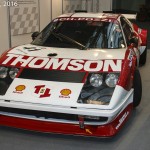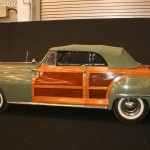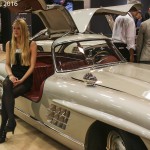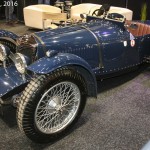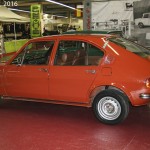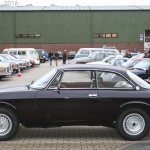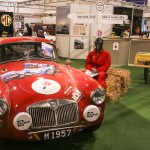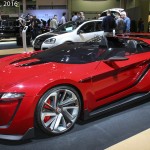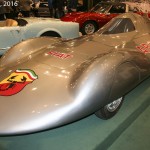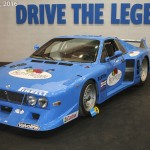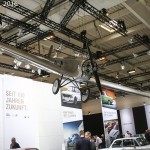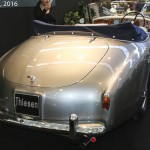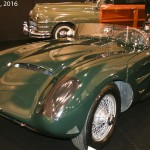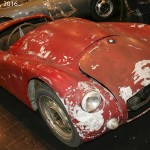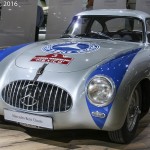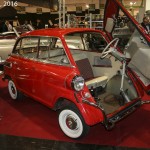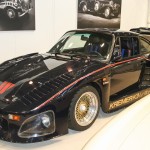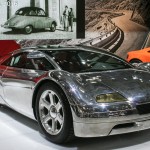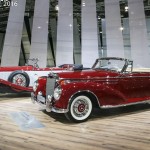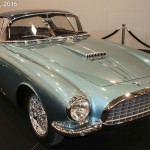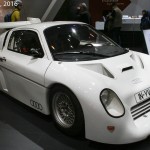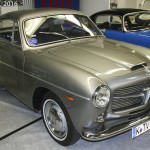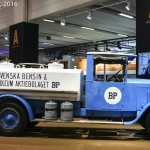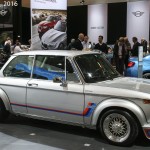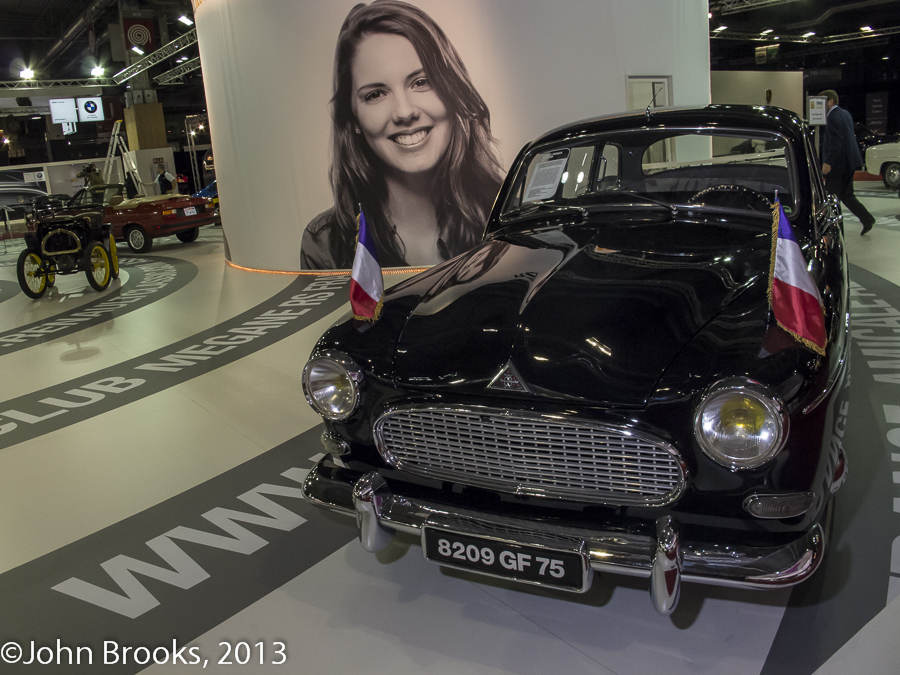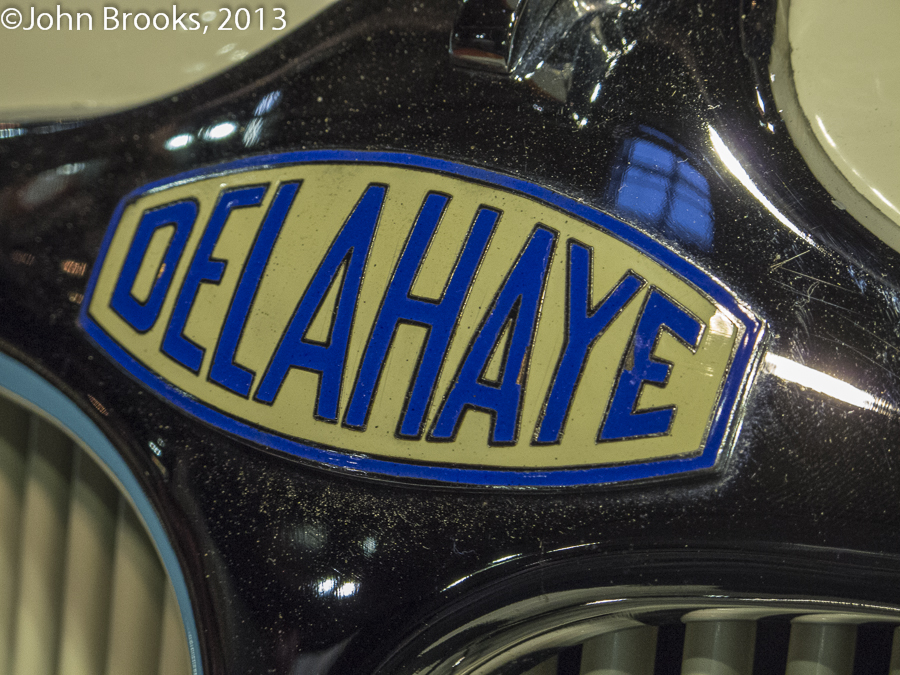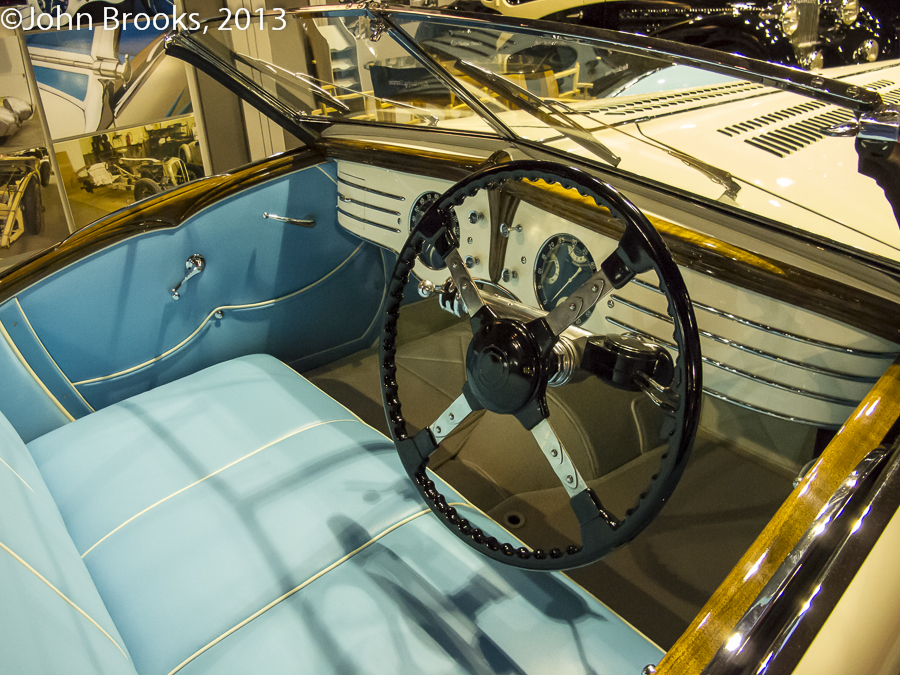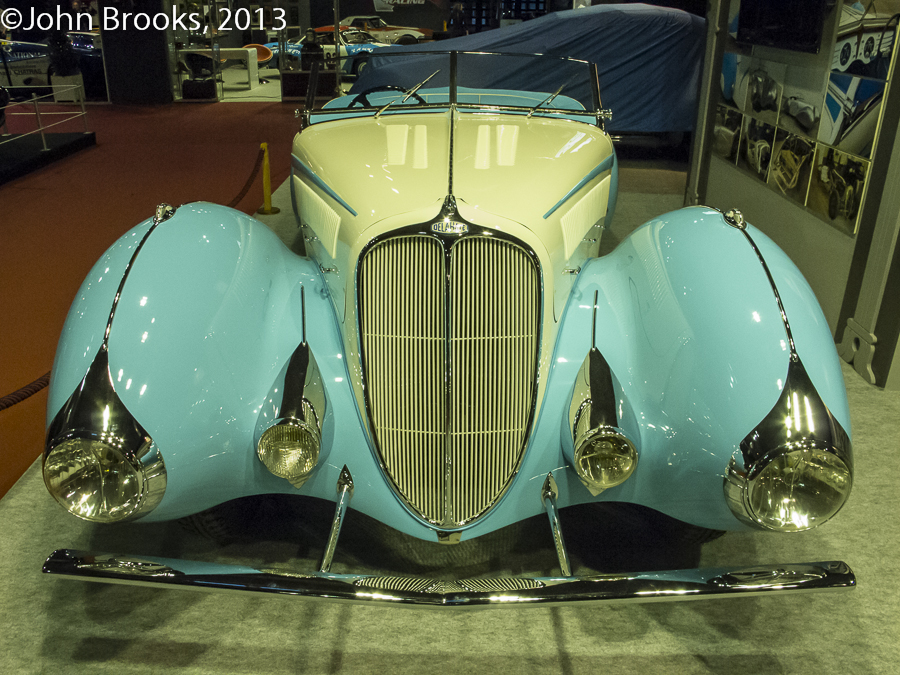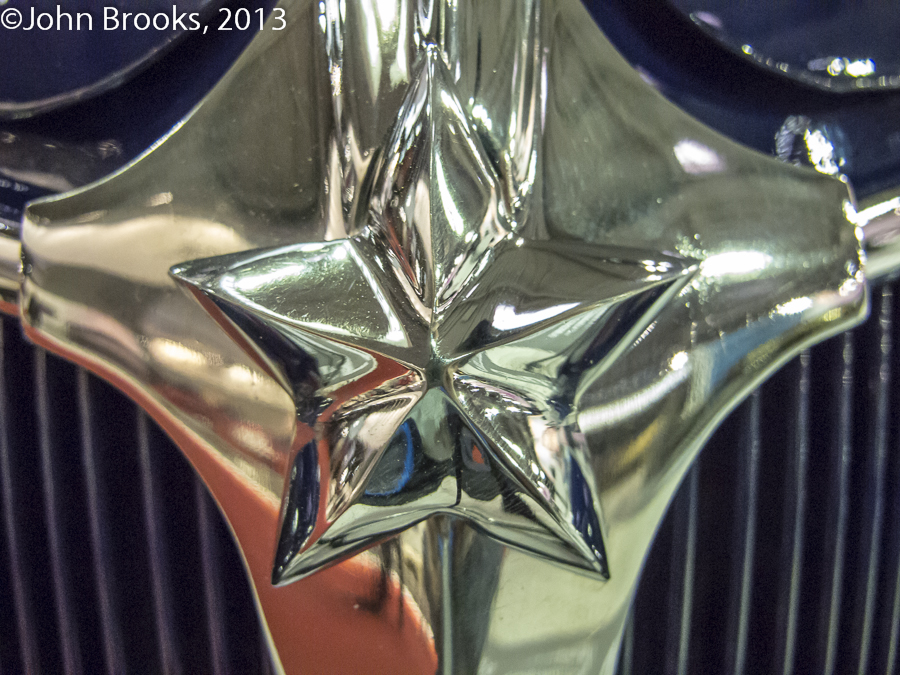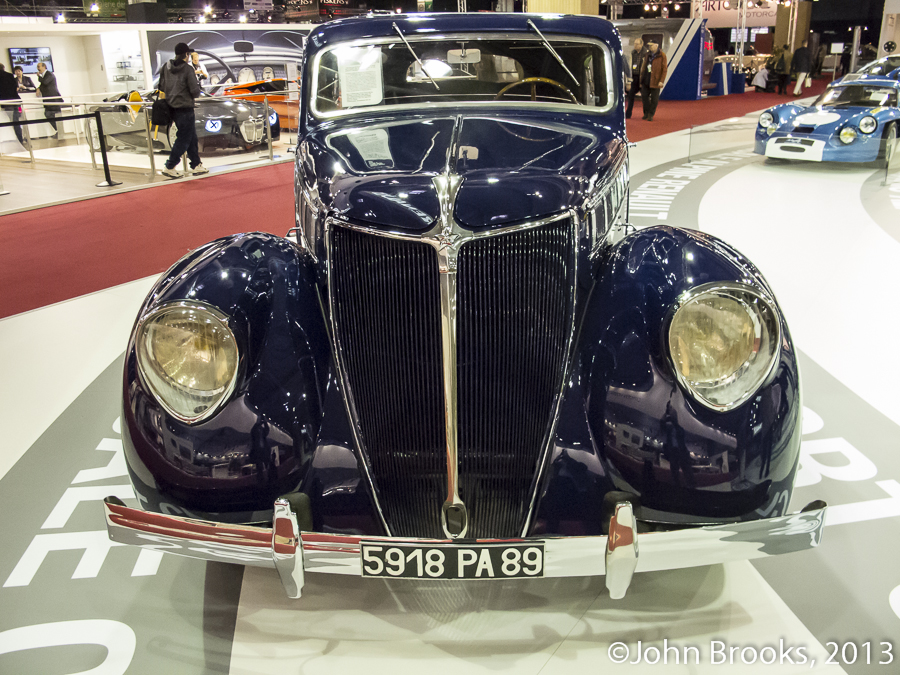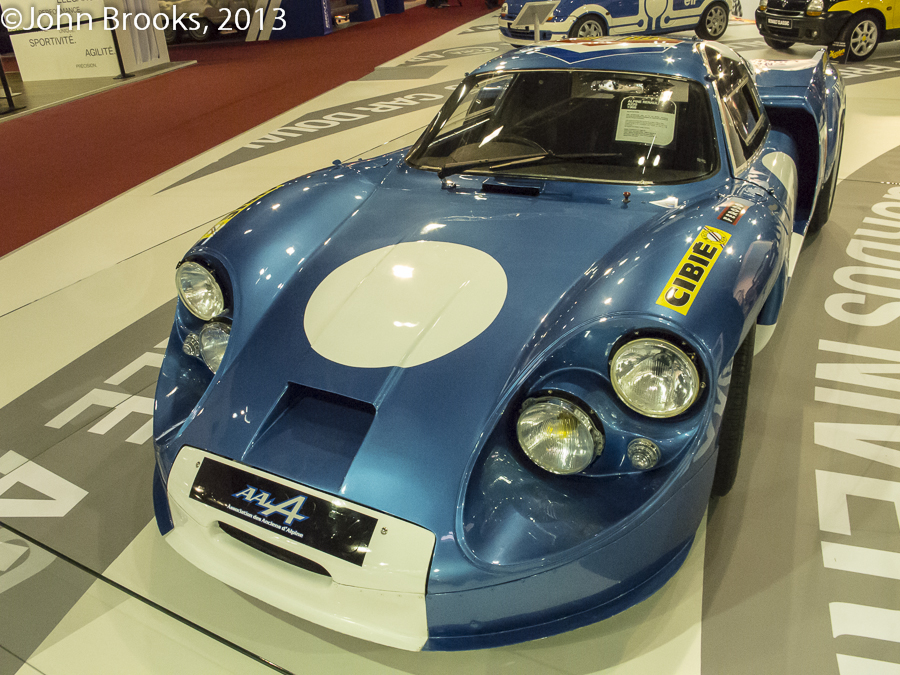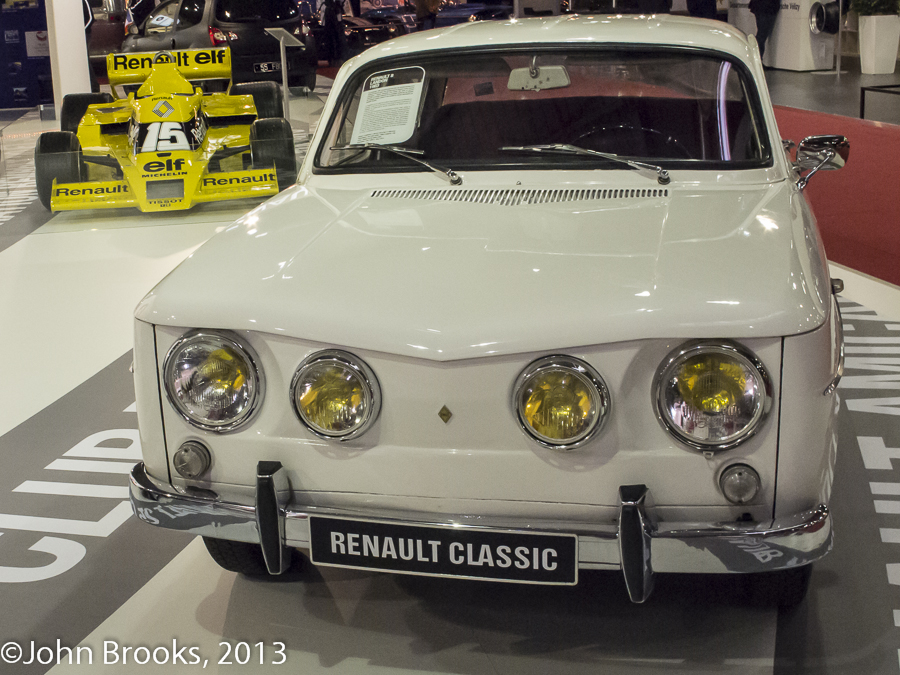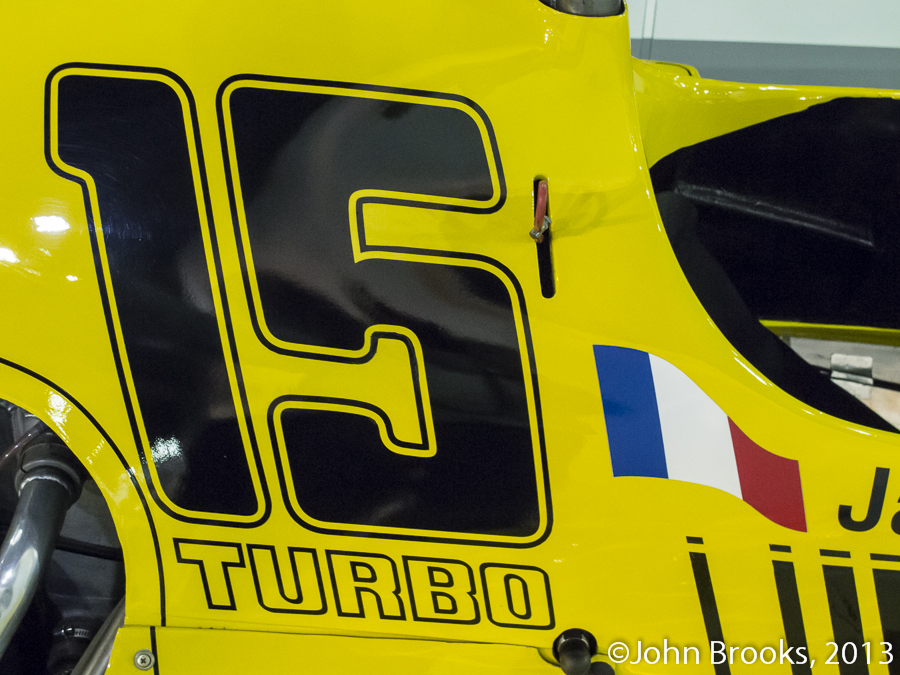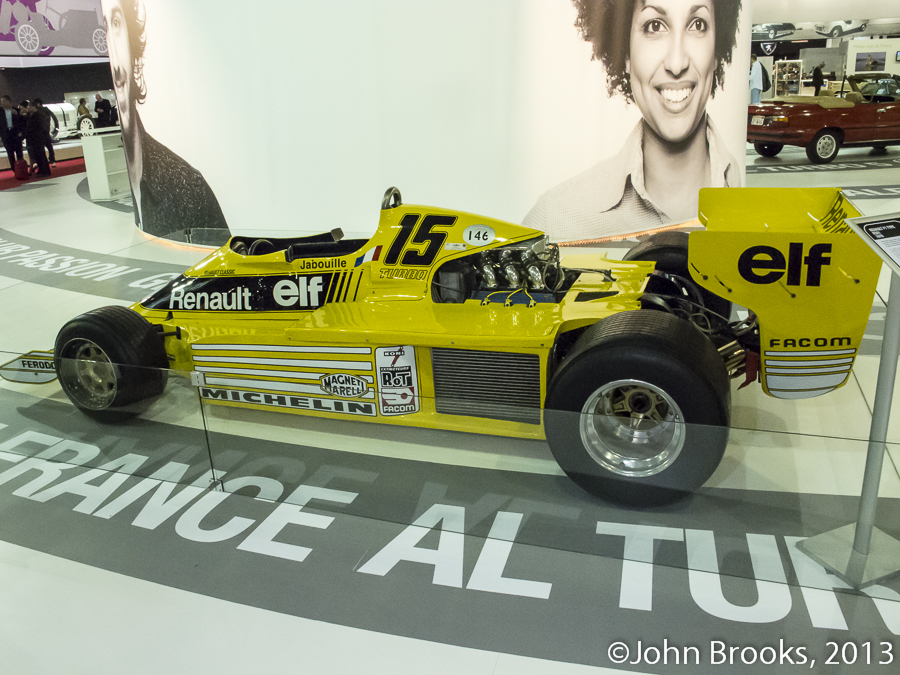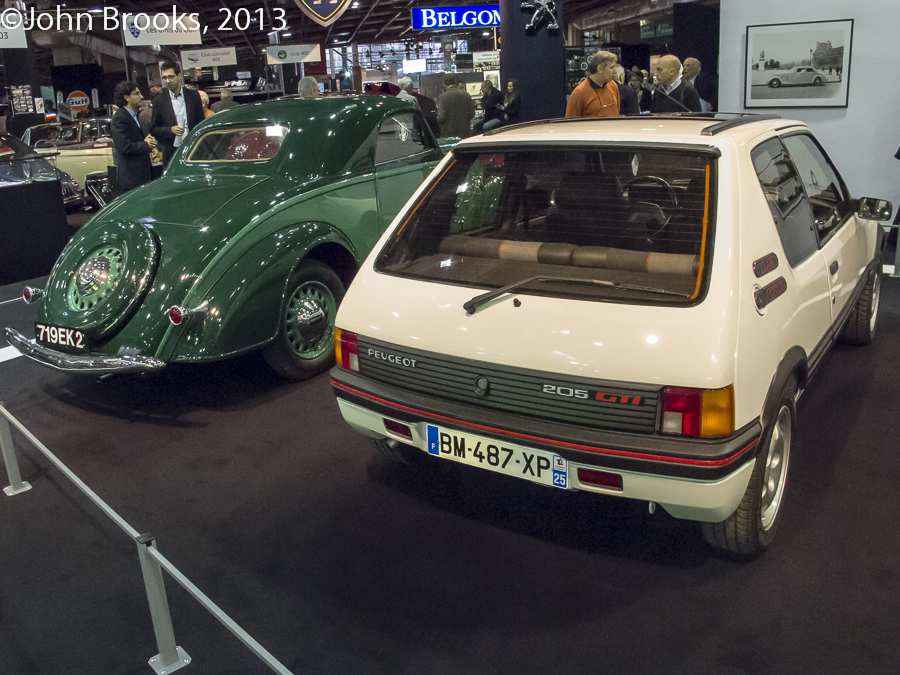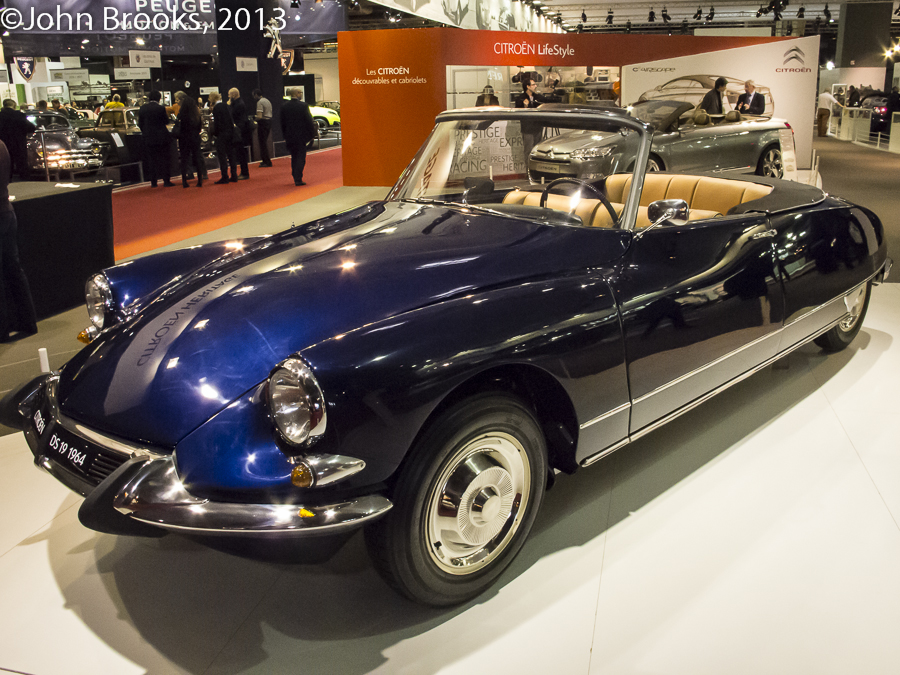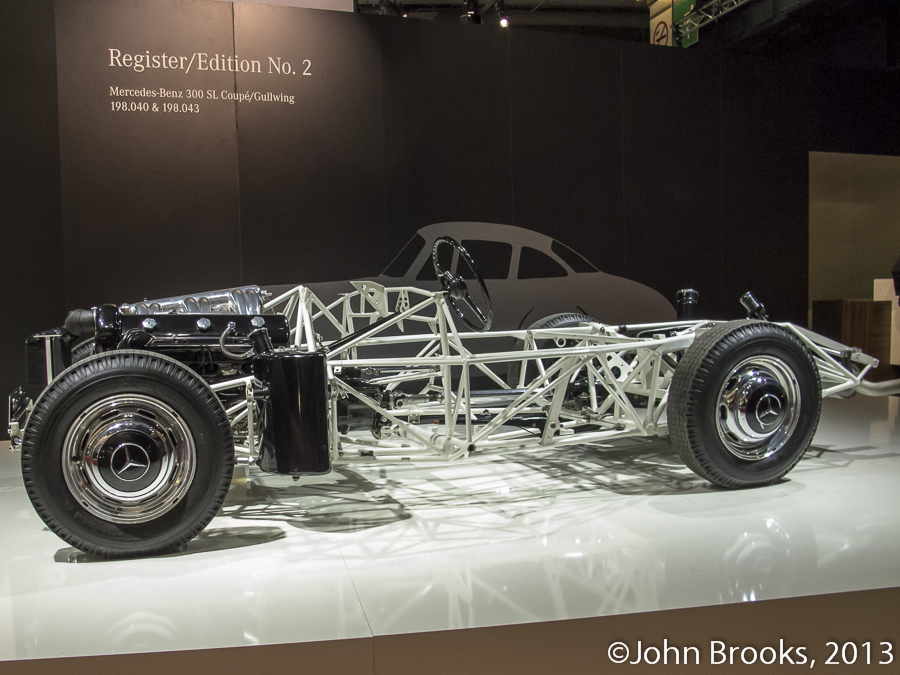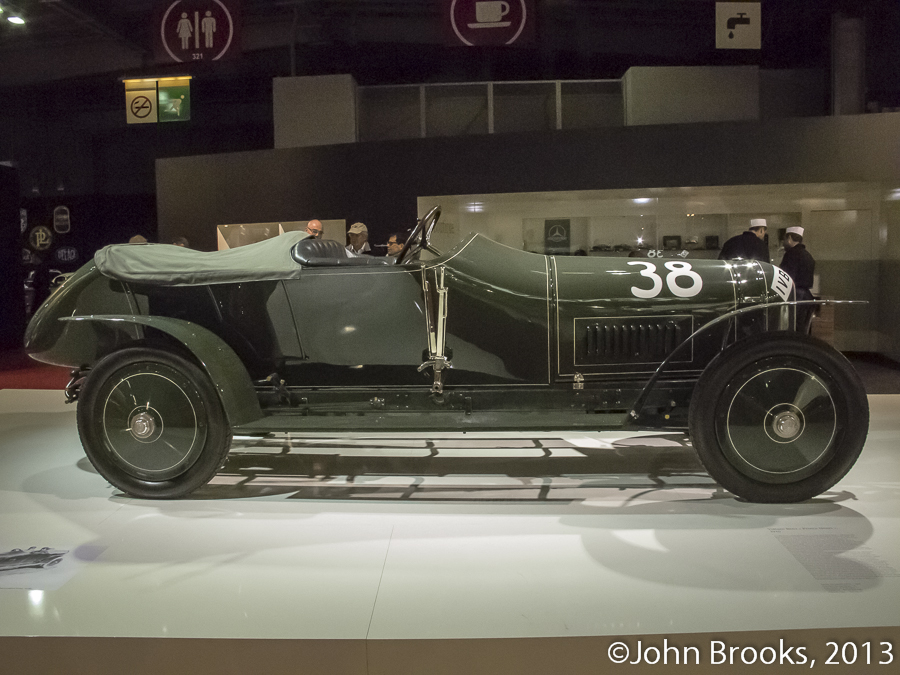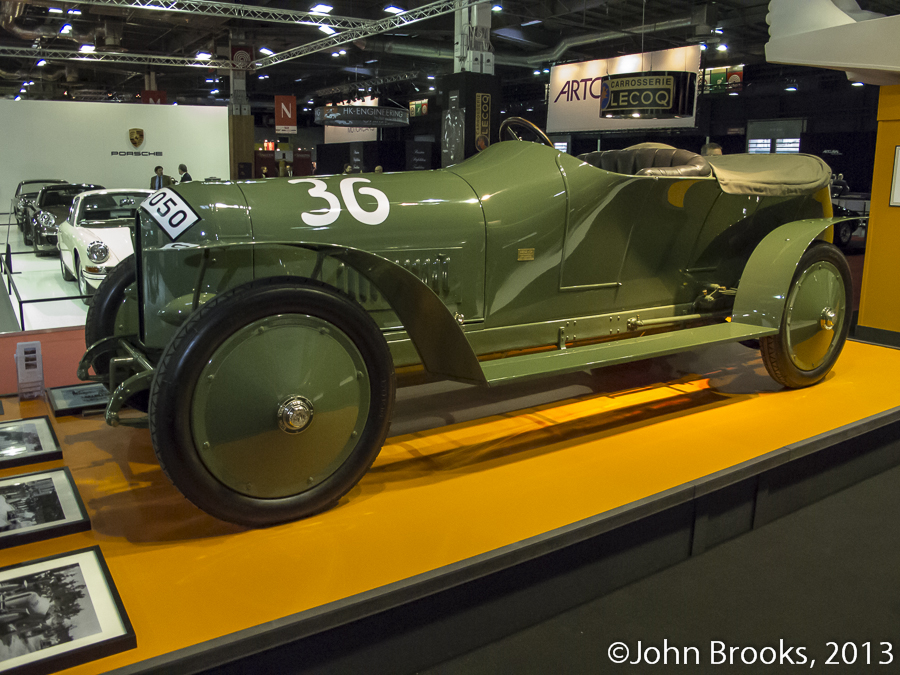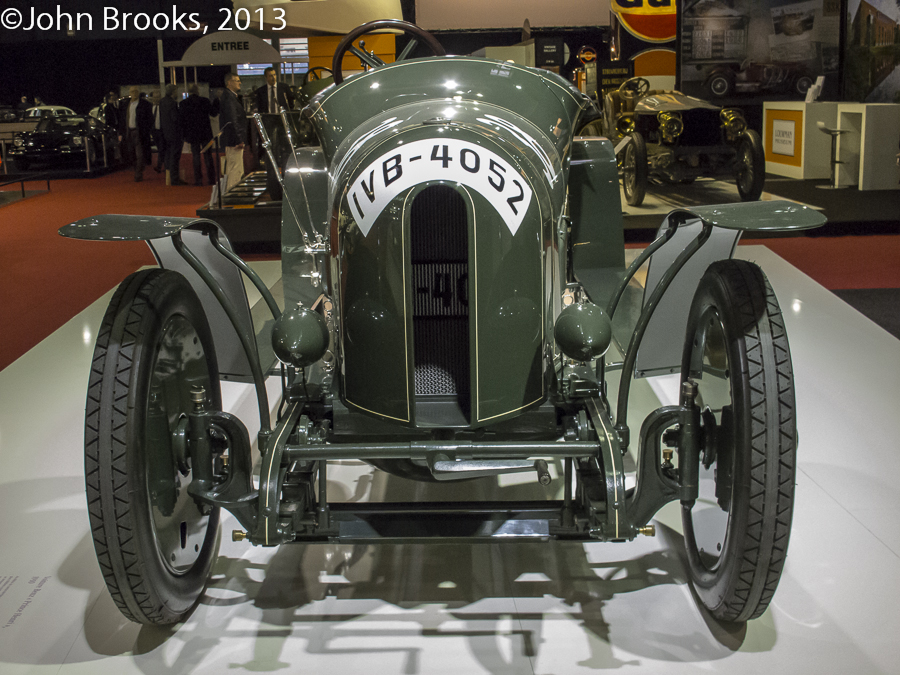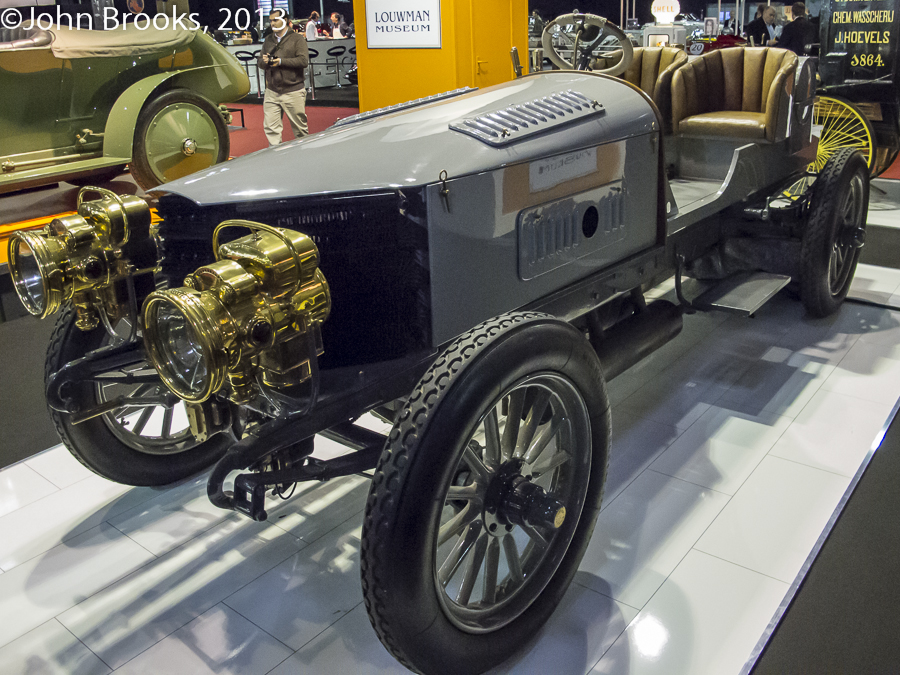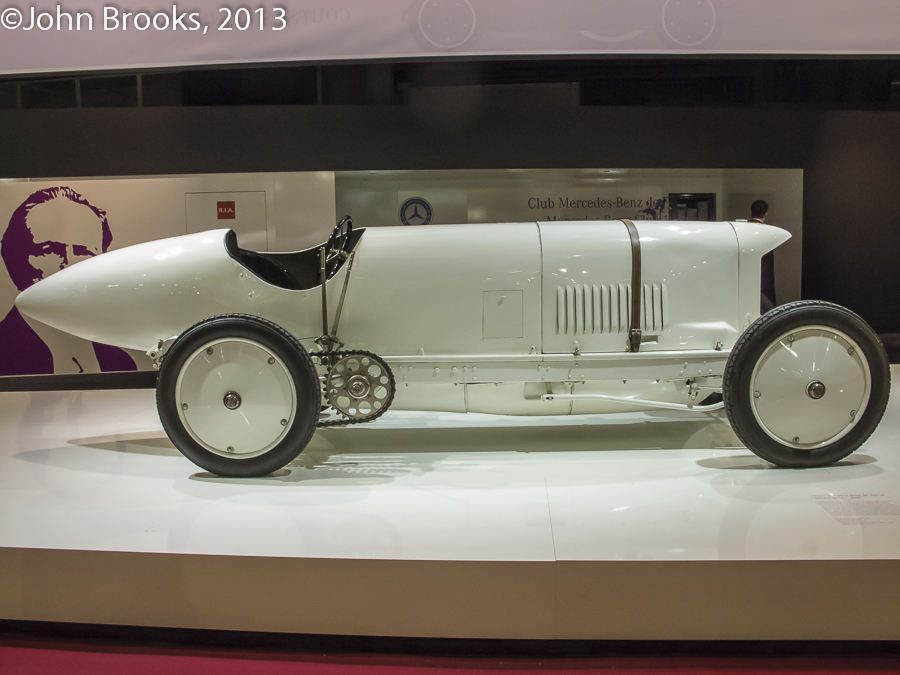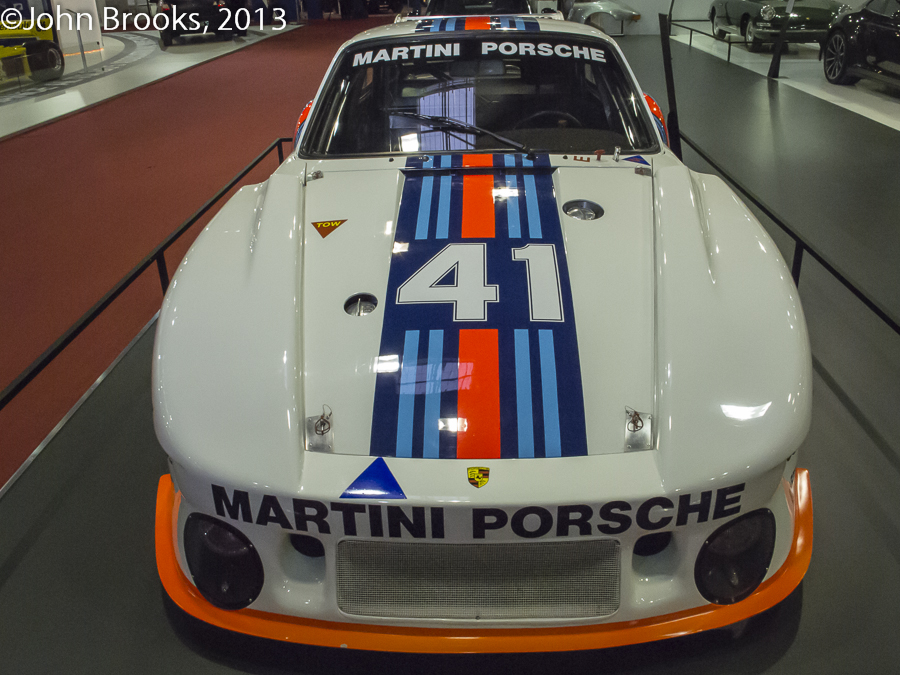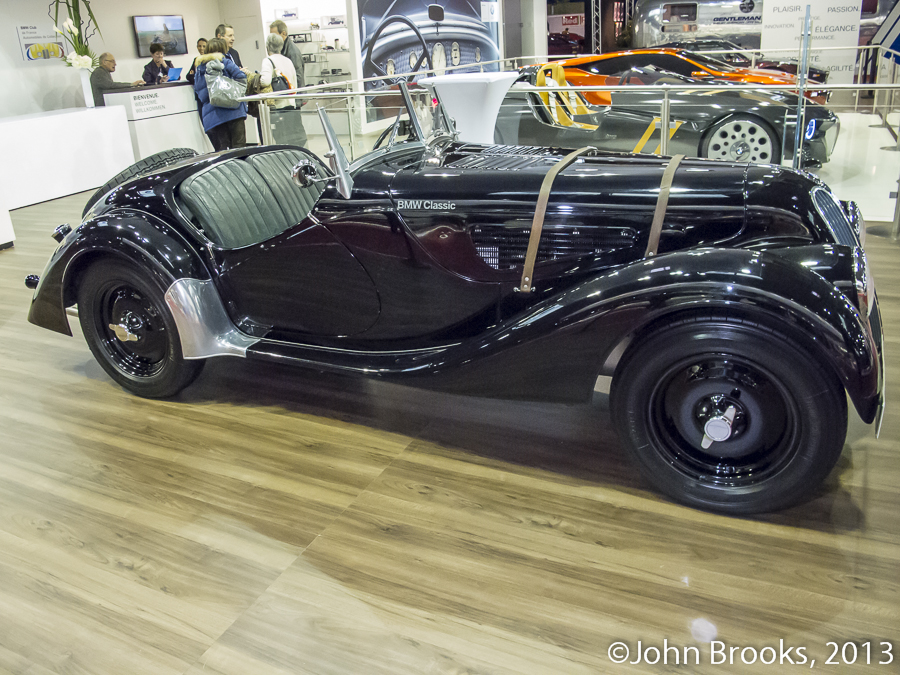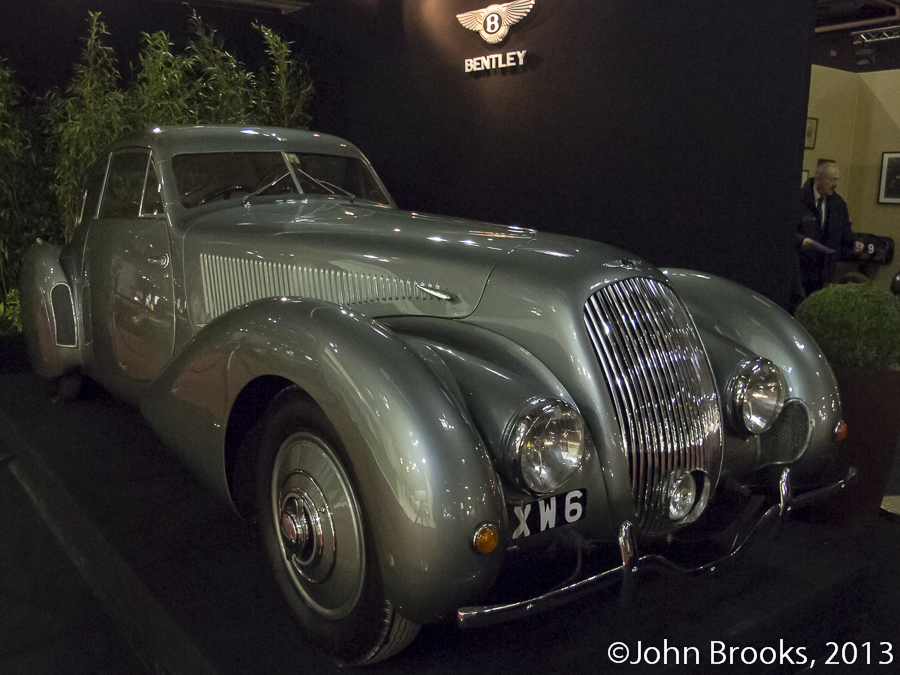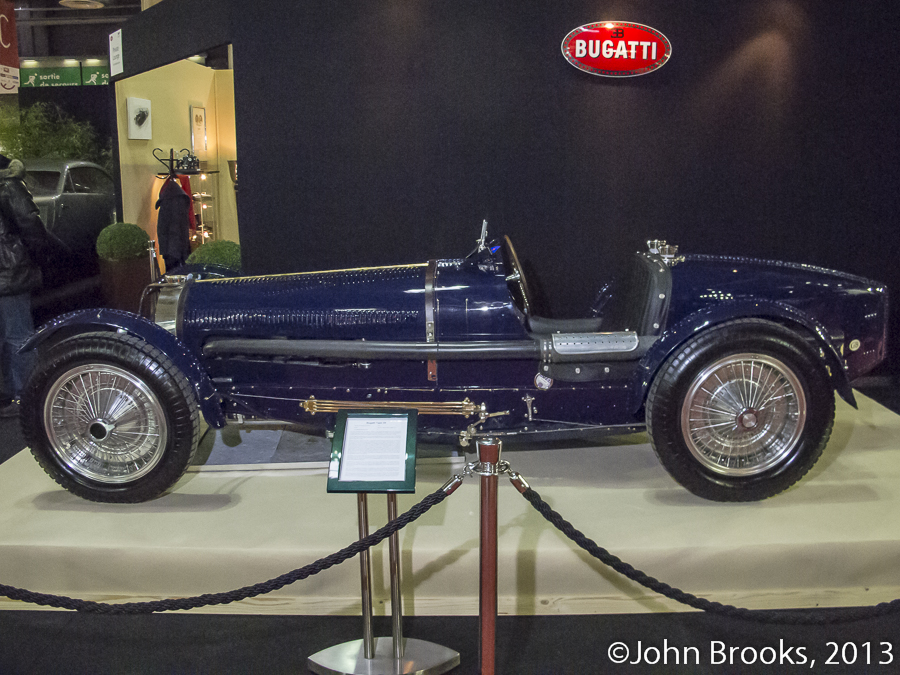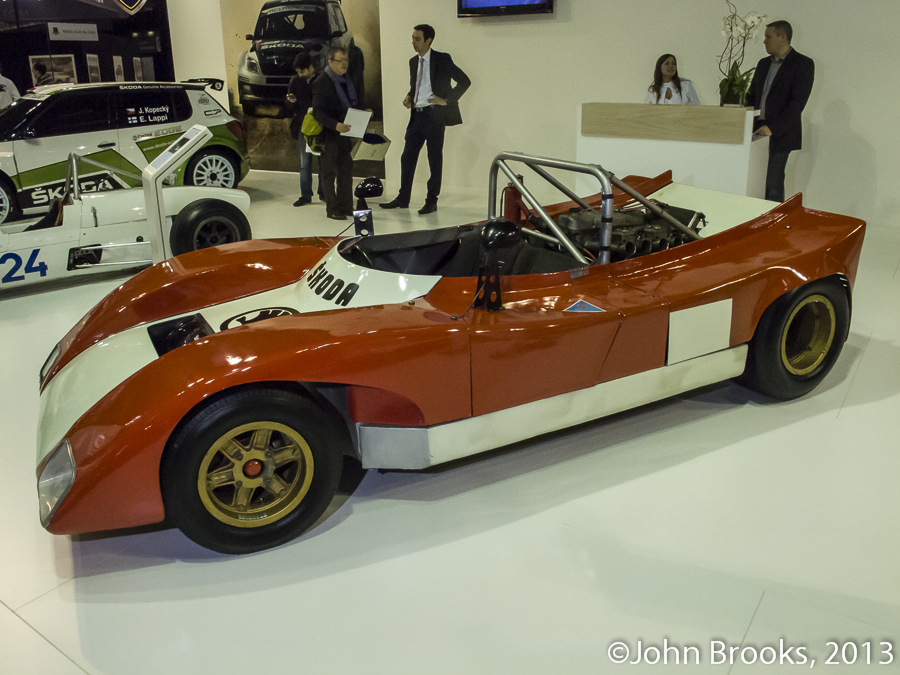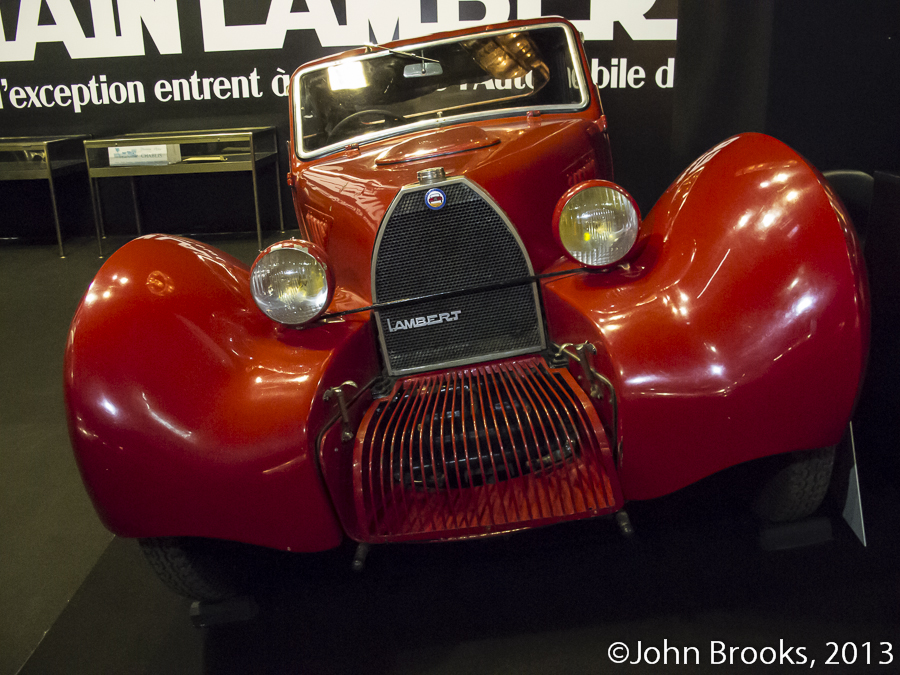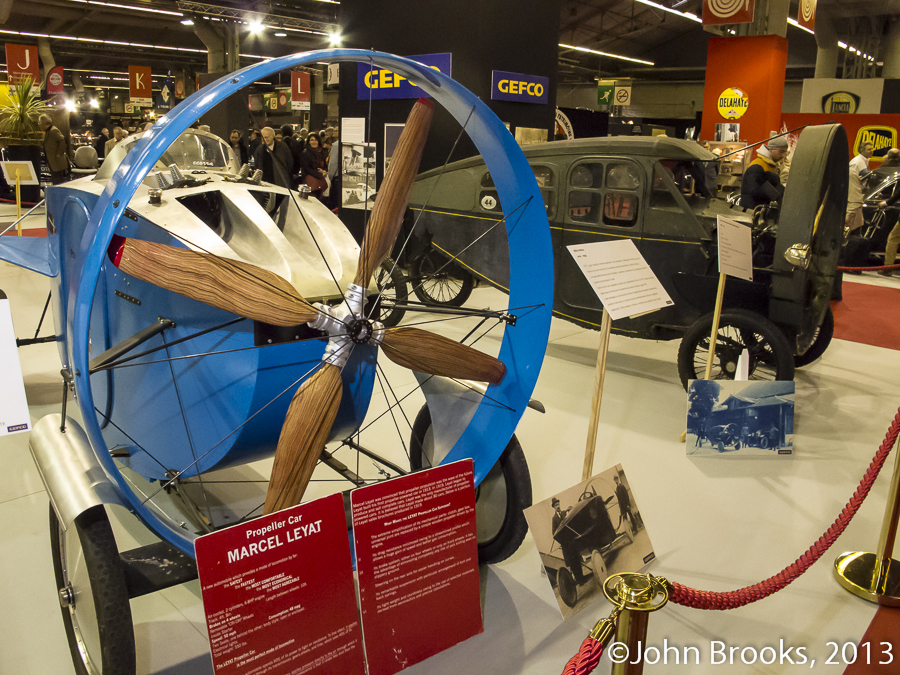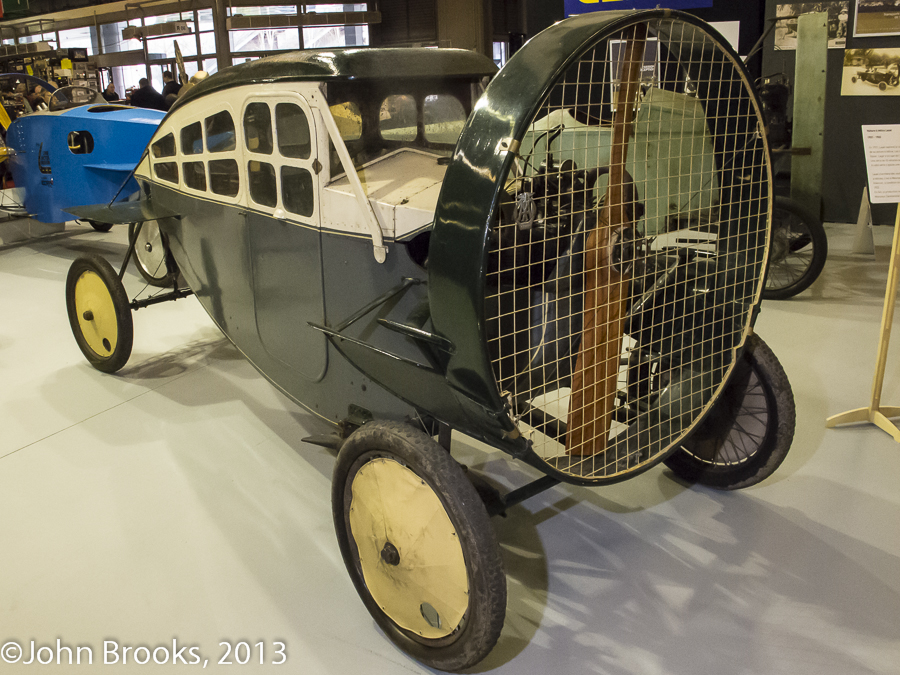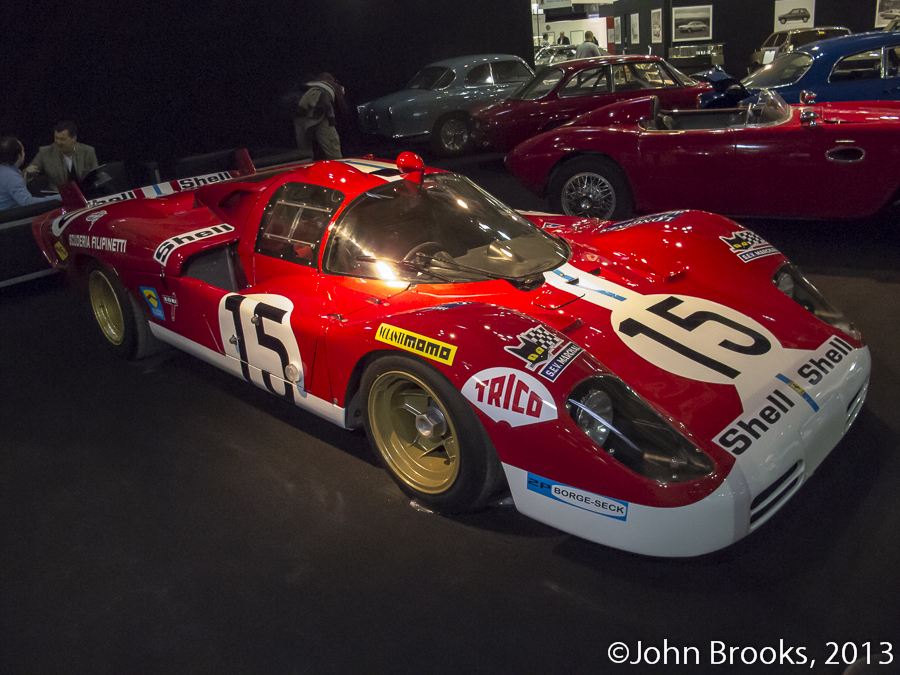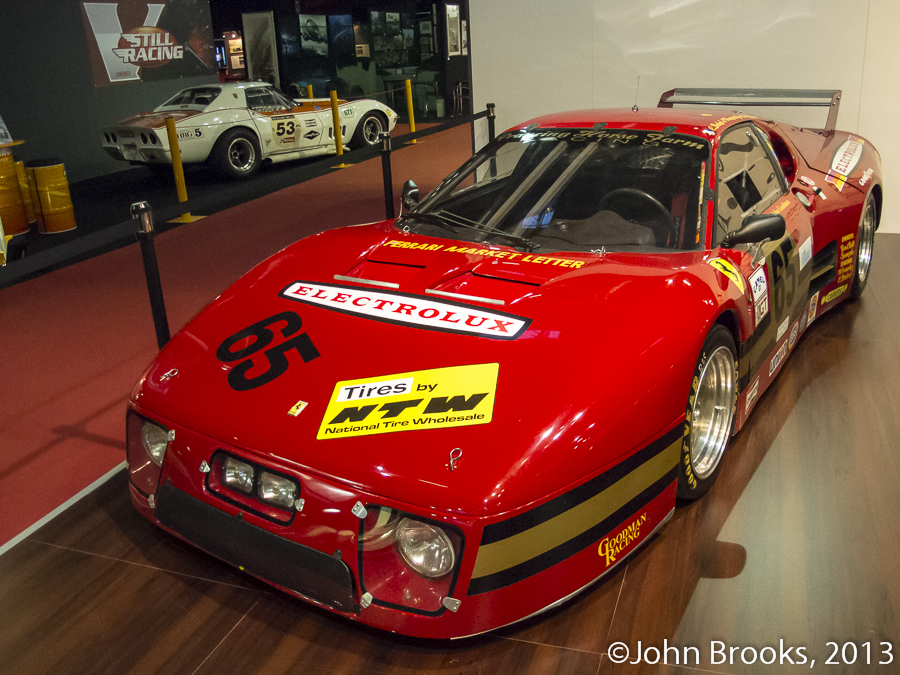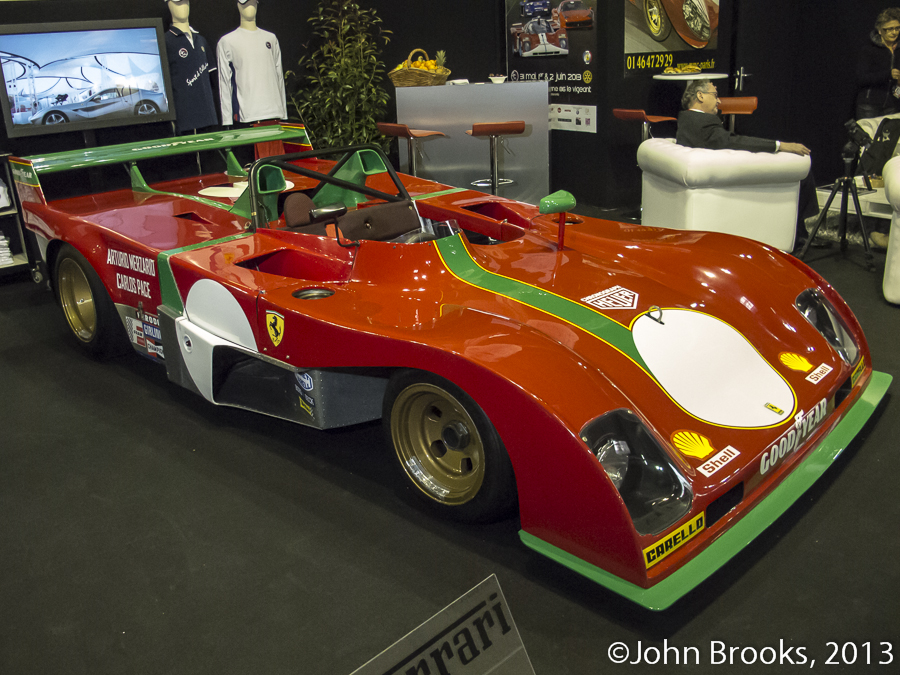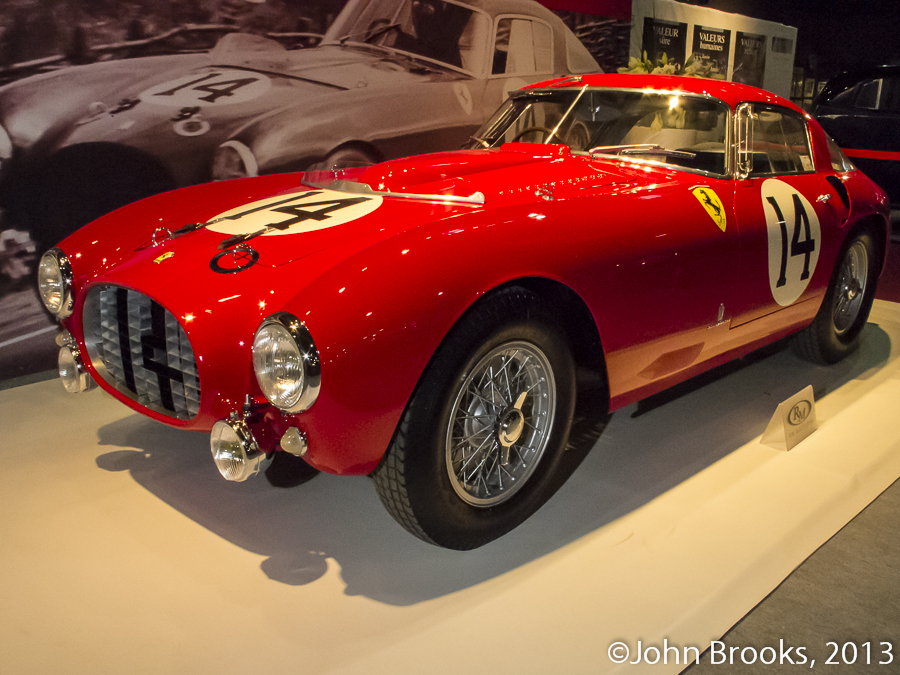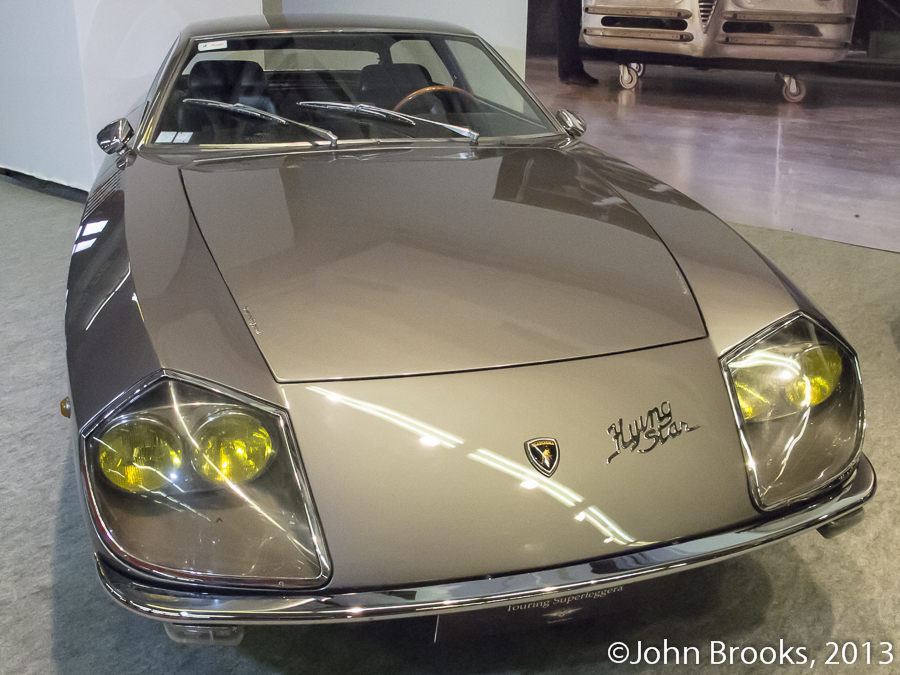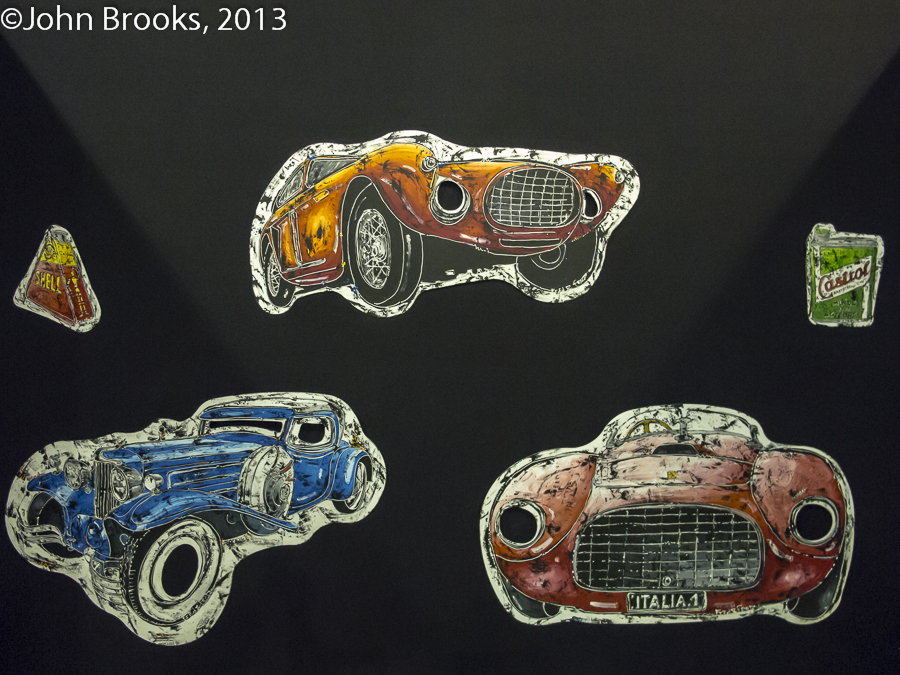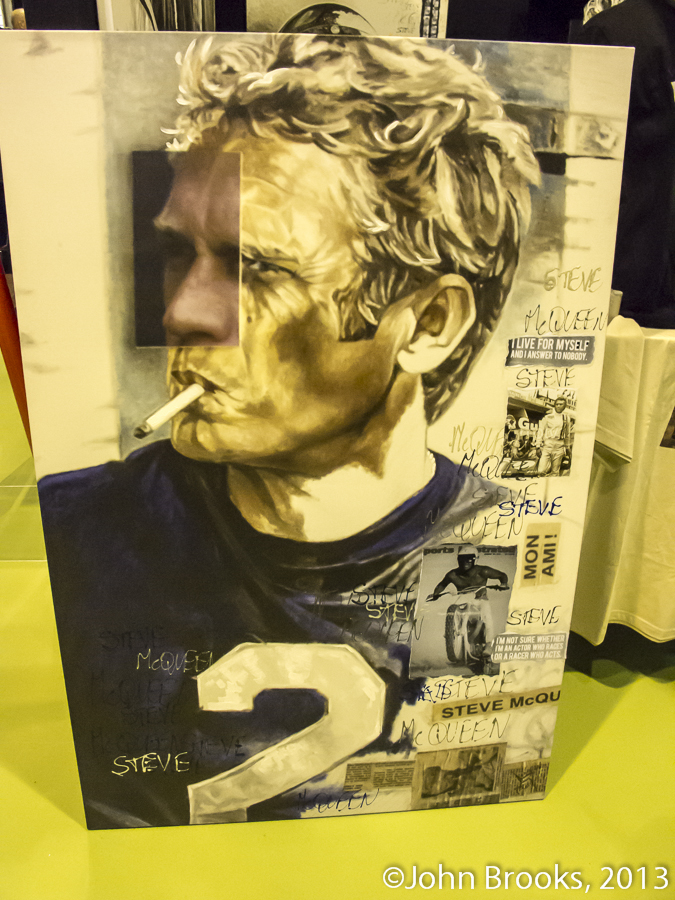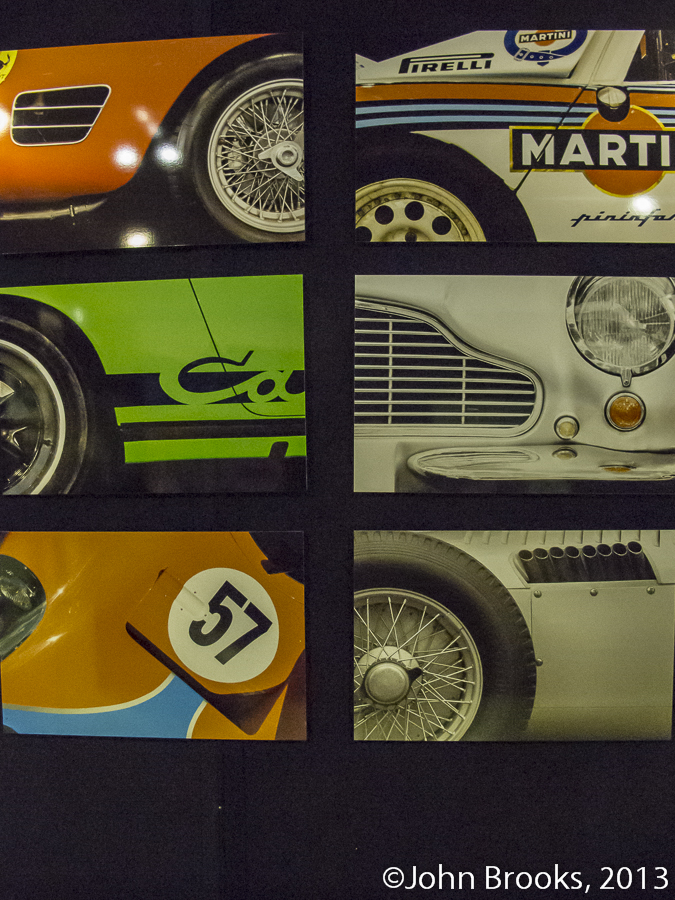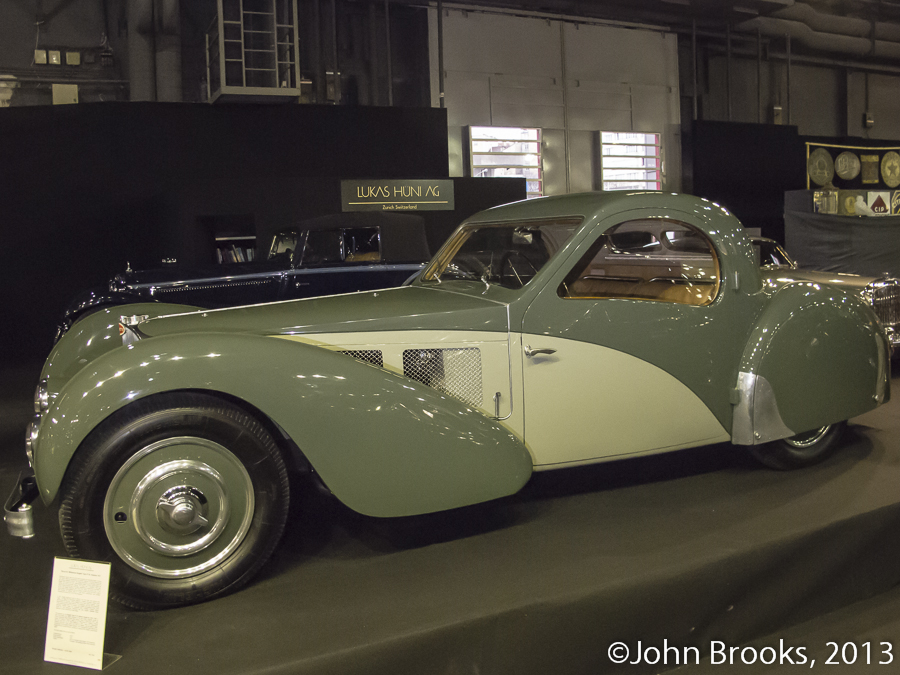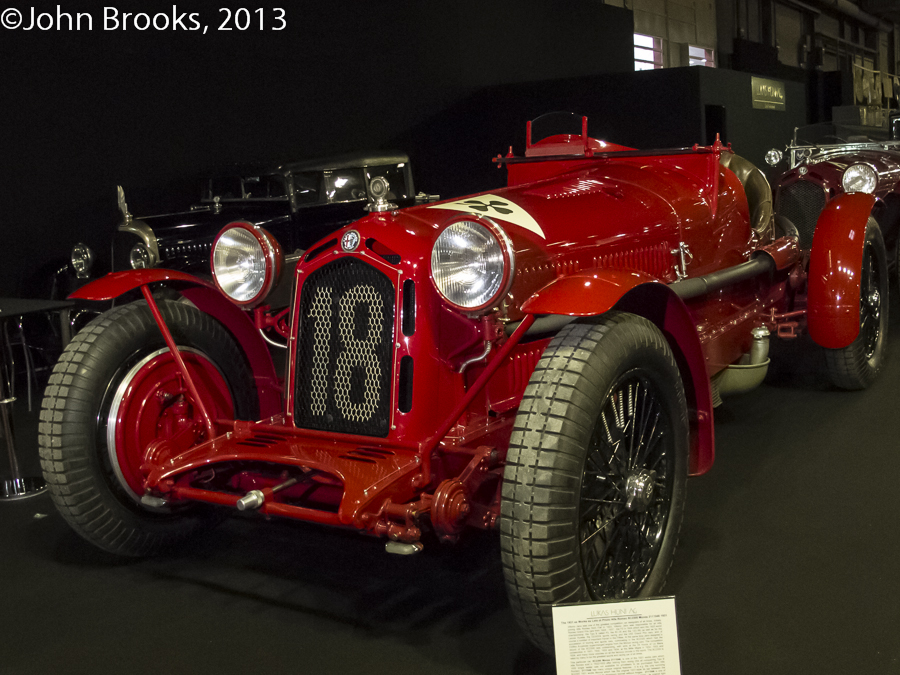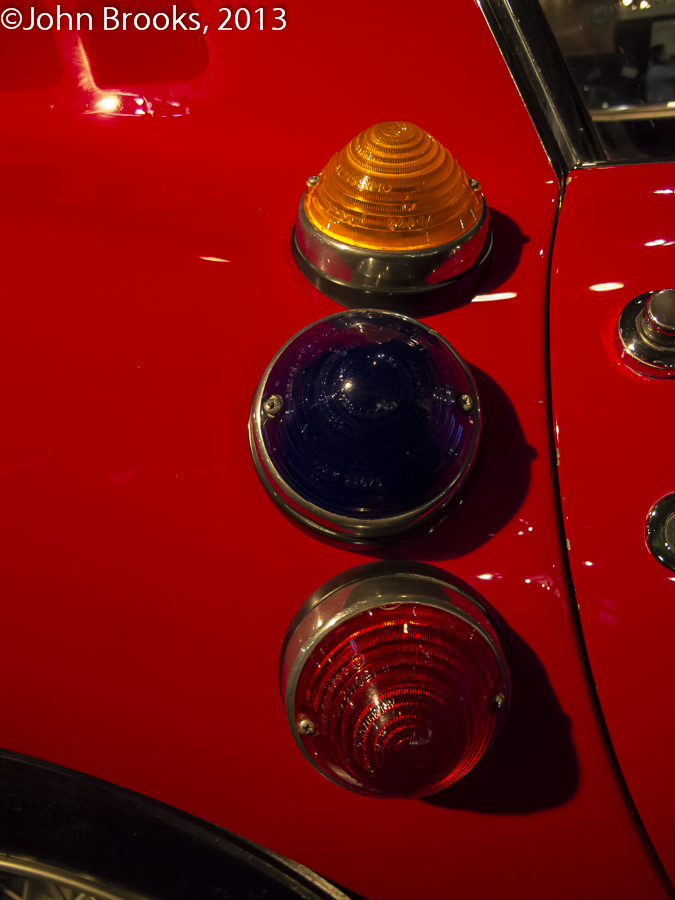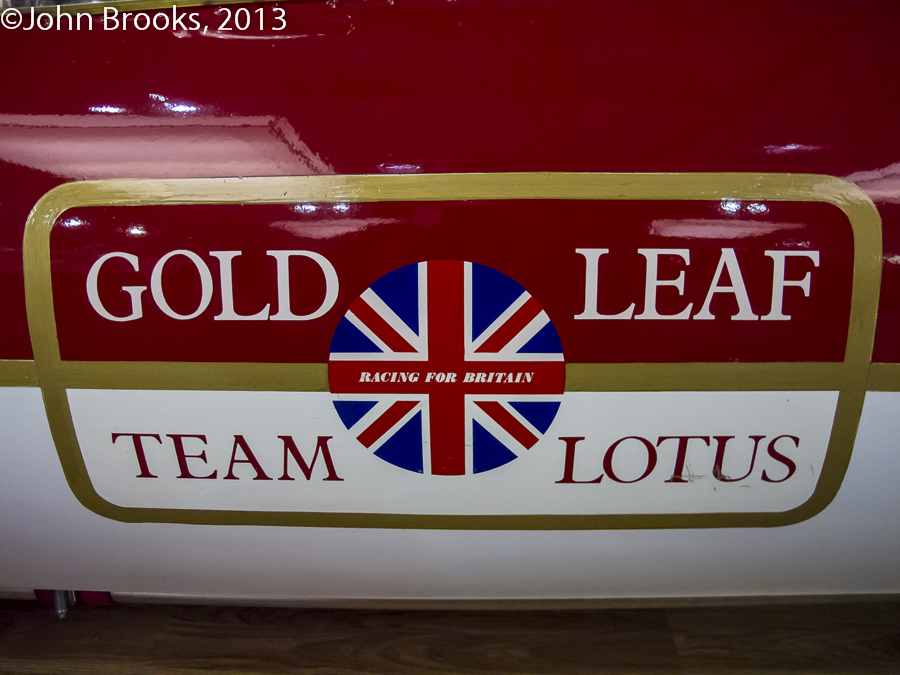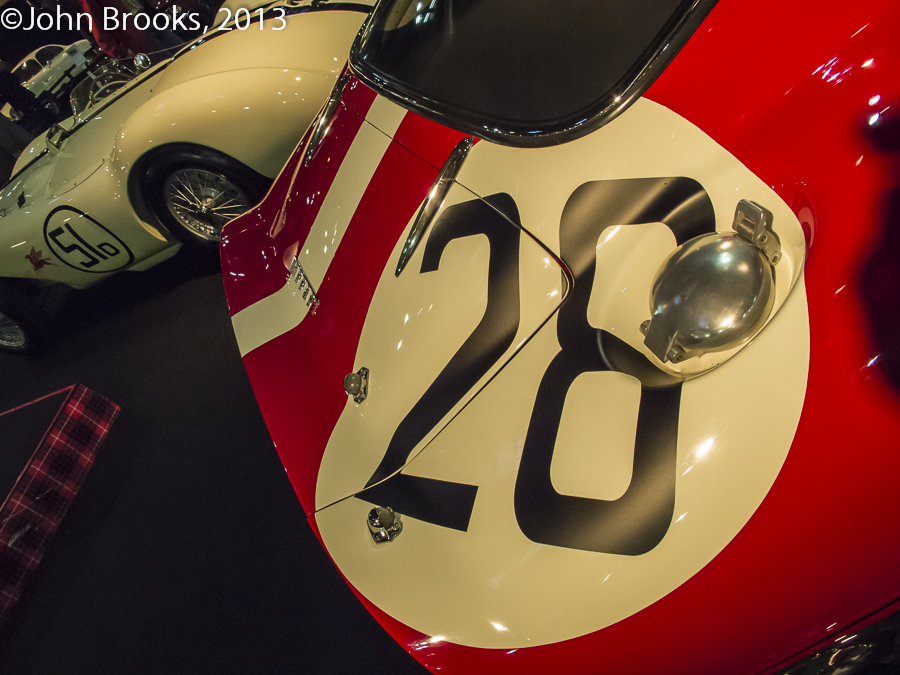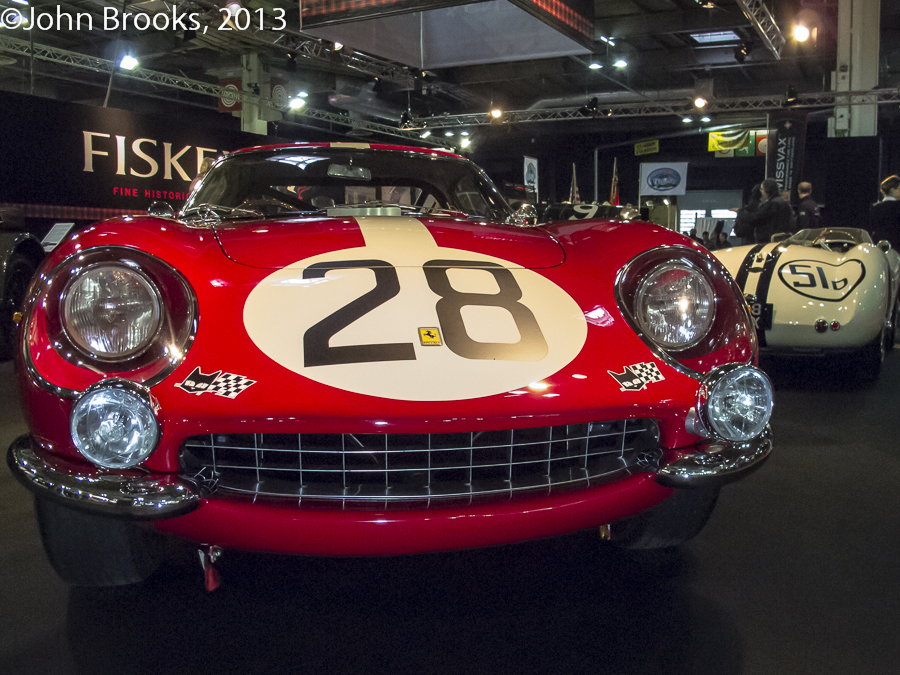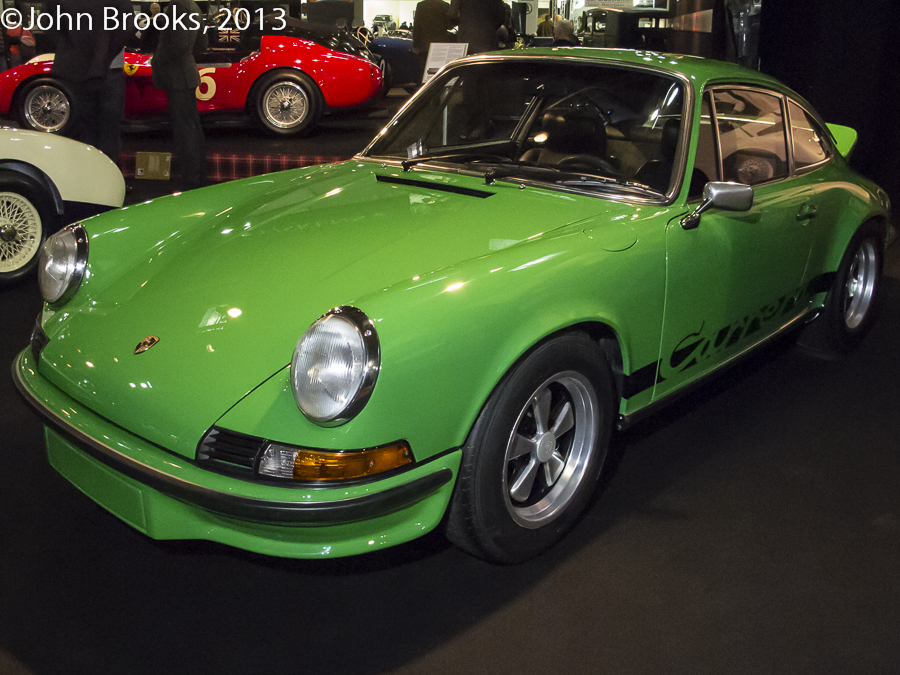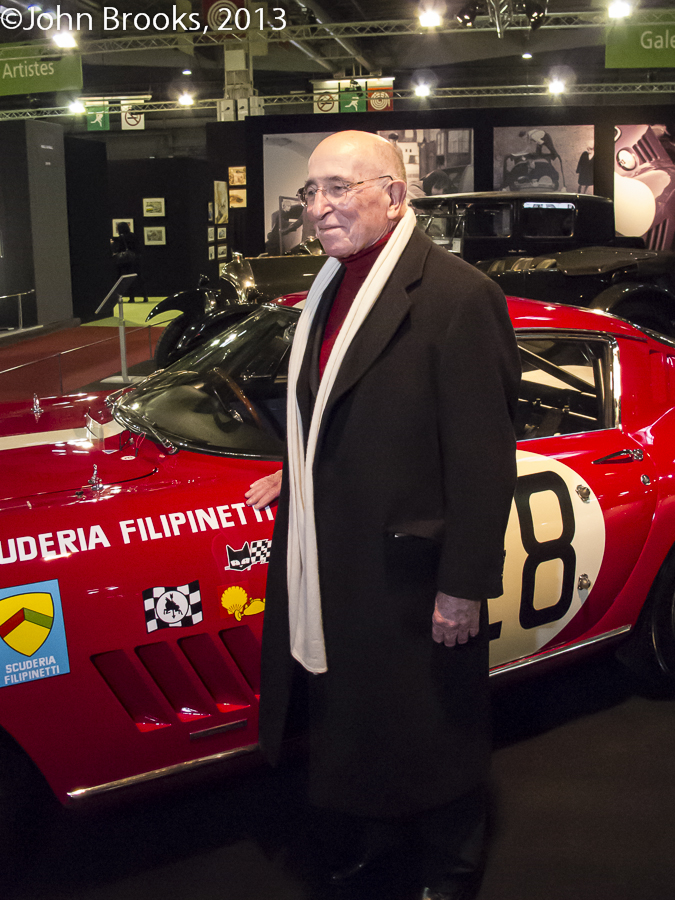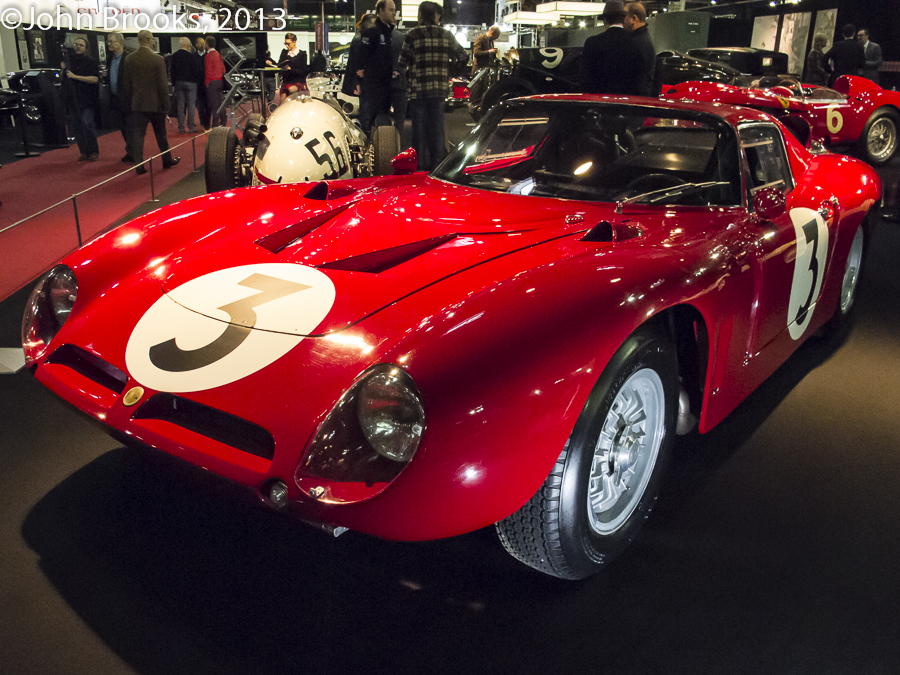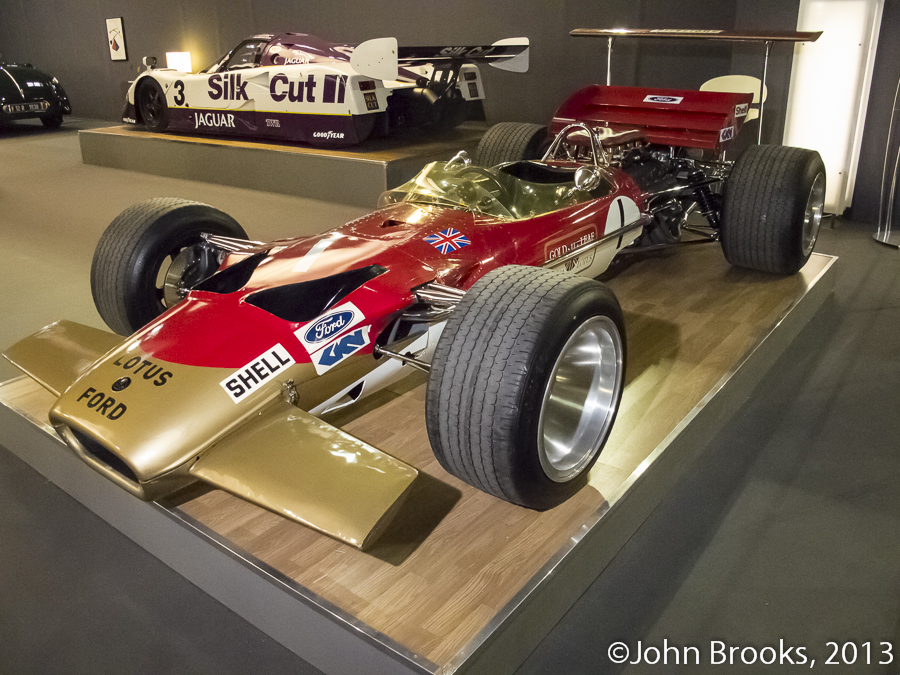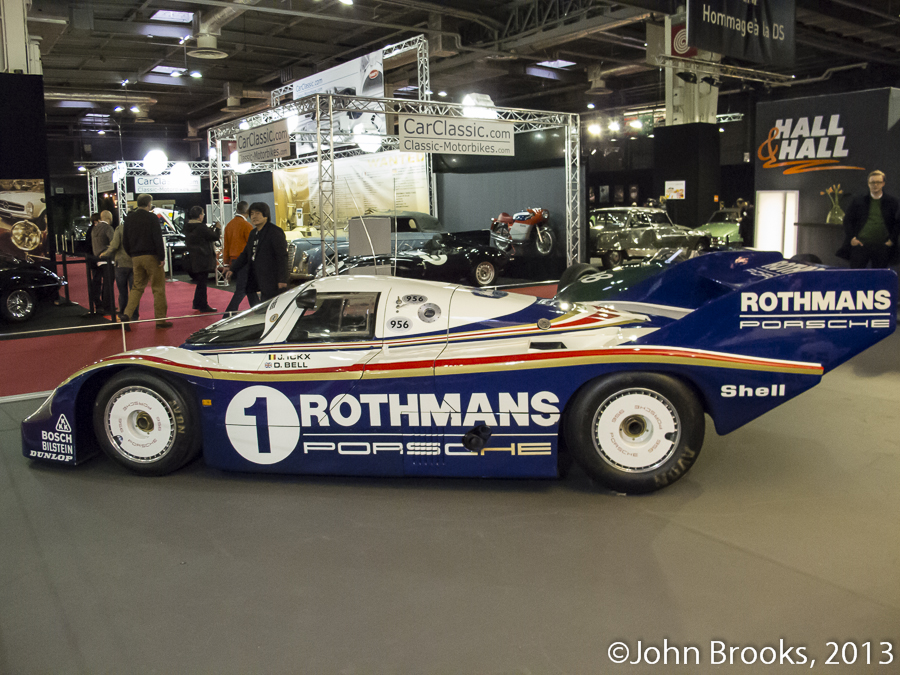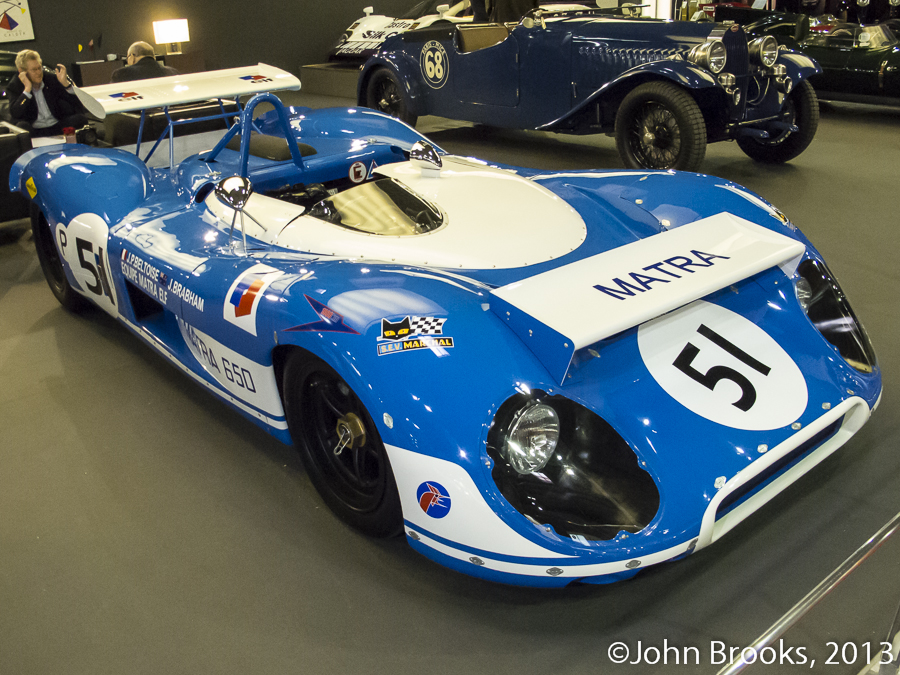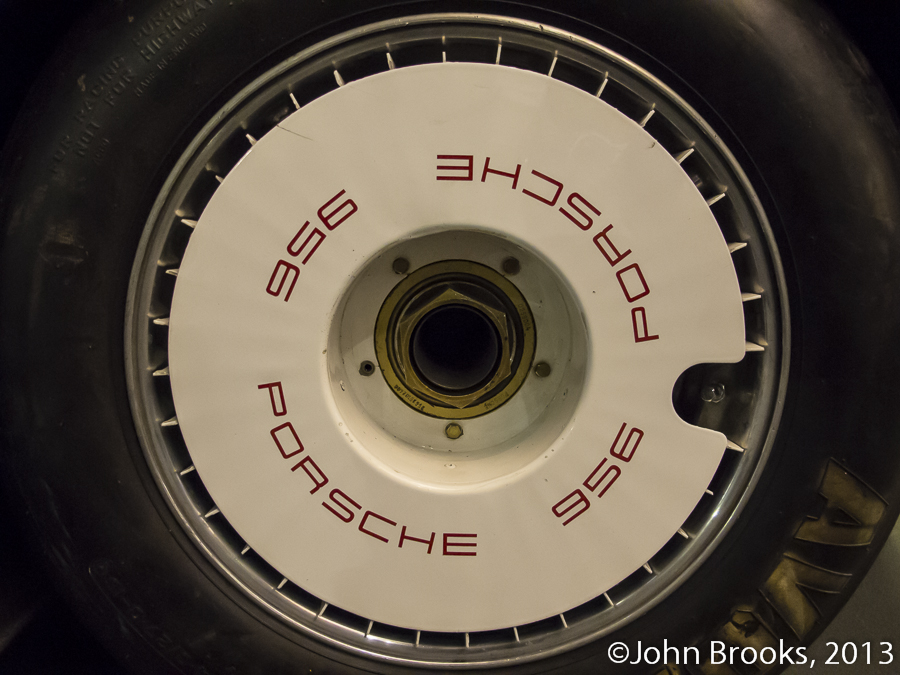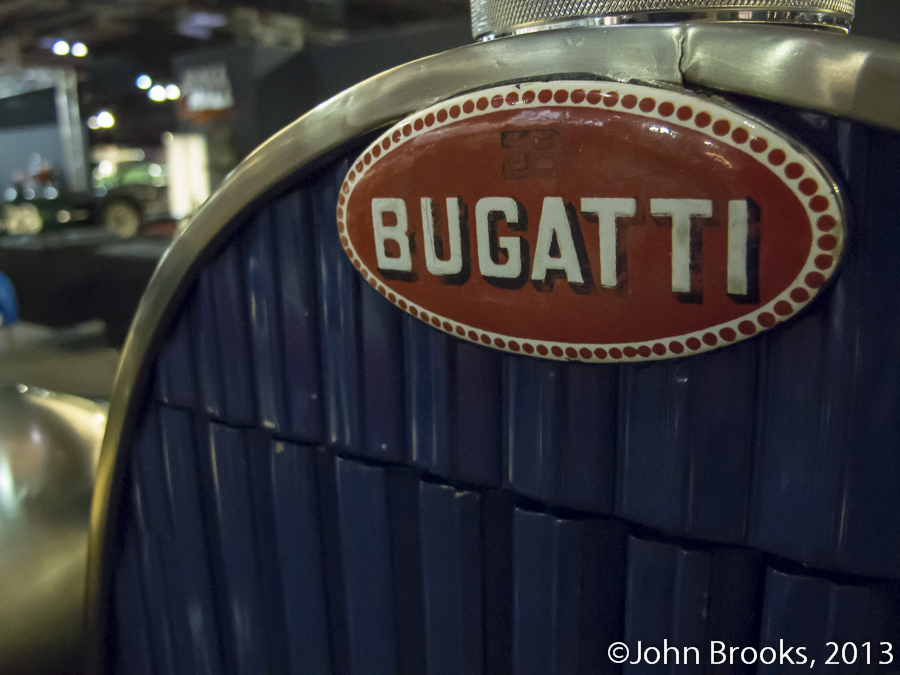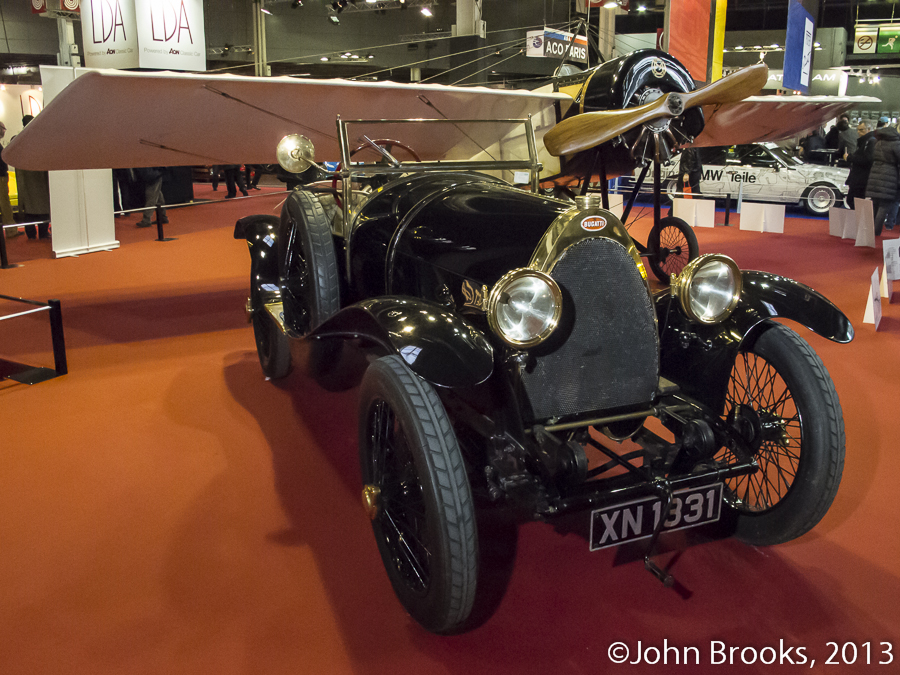DDC is a broad church with its congregation drawn together by a common interest in motoring and motor sport. It has given a pulpit to many fine preachers over the past decade, the latest to join this roll of honour is our old friend, Julian Roberts. Back in 2007 he fell from grace and joined […]
The post My Big Year – The Prologue first appeared on DoubleDeClutch.com.
]]>DDC is a broad church with its congregation drawn together by a common interest in motoring and motor sport. It has given a pulpit to many fine preachers over the past decade, the latest to join this roll of honour is our old friend, Julian Roberts. Back in 2007 he fell from grace and joined the media circus. Over the next few weeks he will recount his path to redemption.
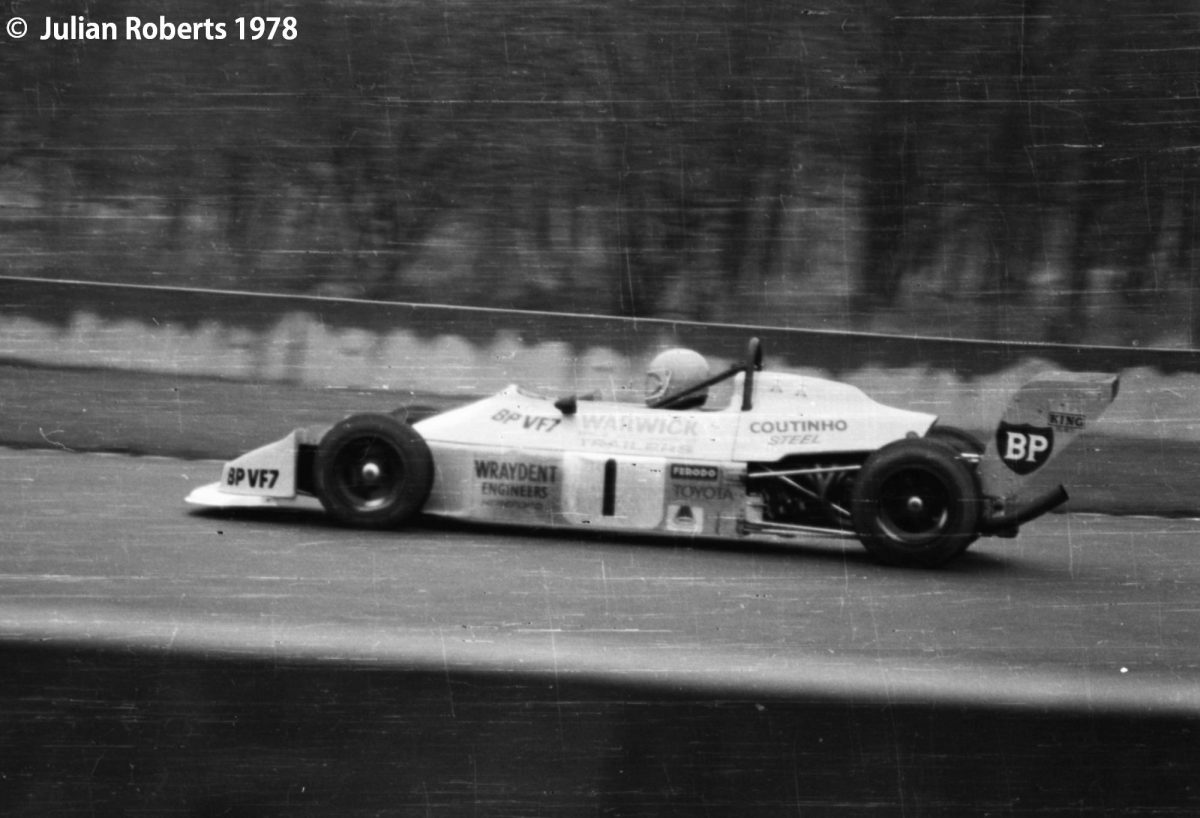
I have been a keen amateur motor racing photographer since 1978 when I bought my first SLR camera, a Nikkormat FT3 with a Vivitar 135mm lens. The first race I attended with my camera was the Easter round of the BP Super Visco British Formula 3 Championship held at Donington Park. As a favour, my close friend Clive offered to develop my film allowing me to see my precious negatives that night, before having them professionally printed the next day. He knew a little about processing as he used to help his father in the darkroom. His father was George Phillips, the chief photographer with Autosport when it was first published in 1950. He had also been as successful racing driver, developing and driving his own MGs at Le Mans in 1949/50/51. George was a lovely old chap with a caustic wit that equally amused or terrified his victims – often me!
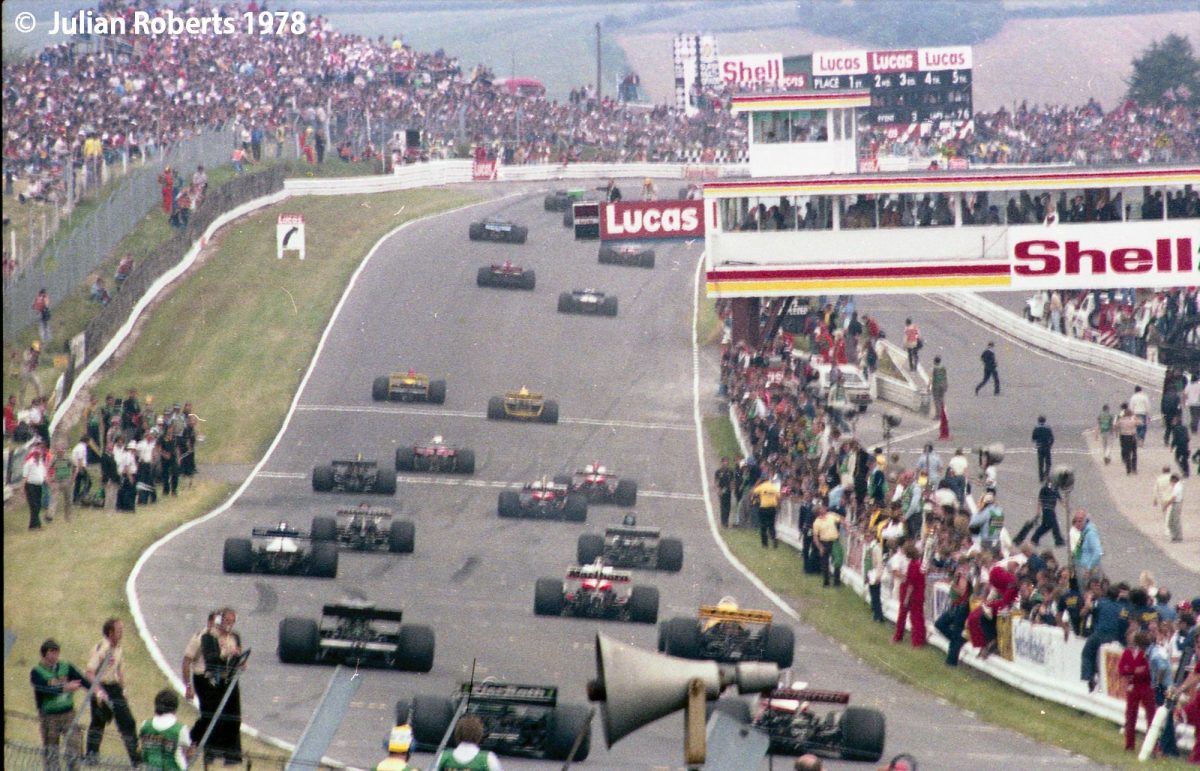
I attended every British Grand Prix and 6 Hour race plus as many ‘clubbies’ as I could get to, usually at Silverstone which is only 40 minutes away.
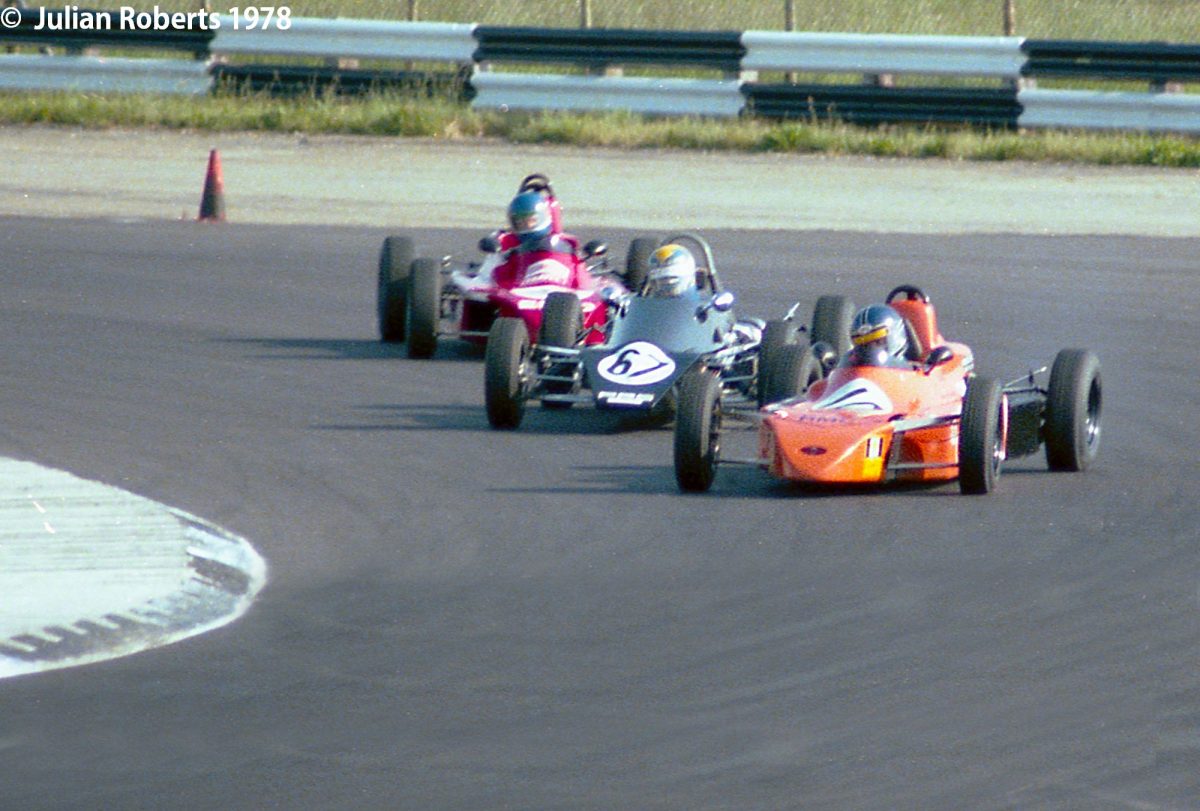
But despite loving Grand Prix racing and devouring Motoring News and Autosport every week and Motor Sport once a month, I was already an Endurance racing fan.
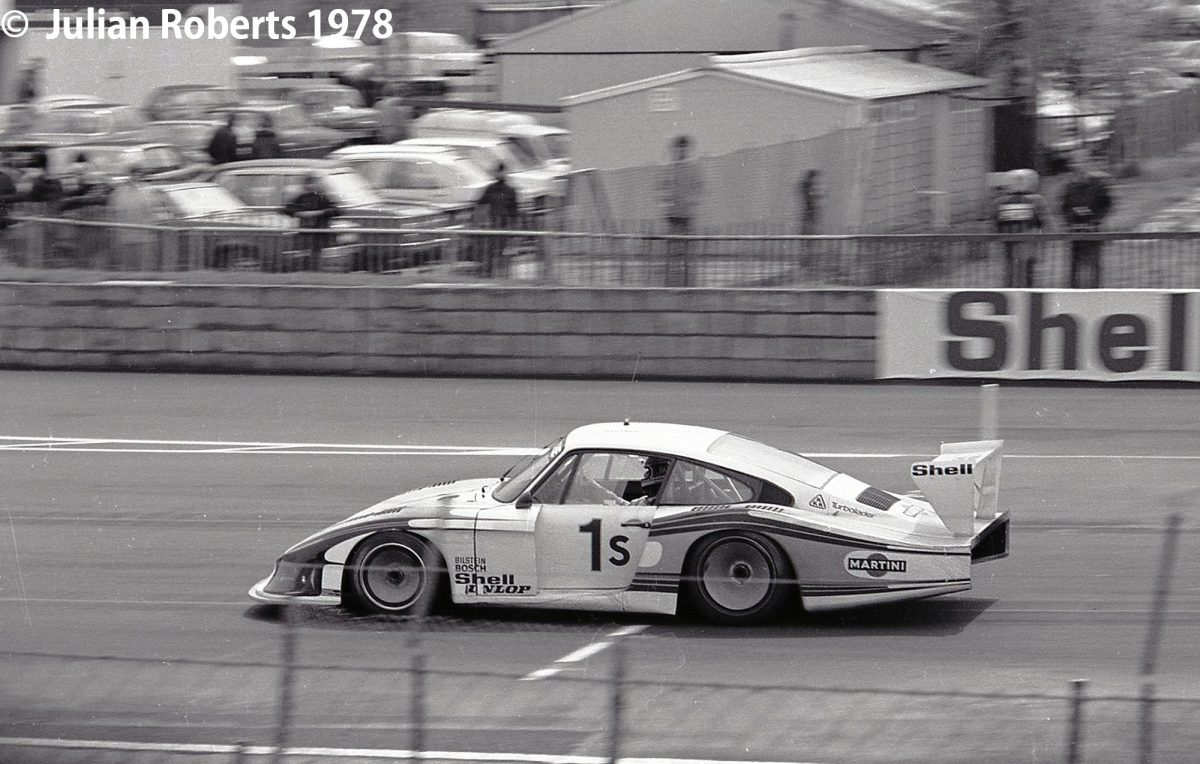
Formula One was great, but a Martini Porsche 935-78 was greater. As soon as I could just, possibly, afford the new Canon A1, I upgraded and also bought Tamron 300mm f5.6 lens. This was a much better combination than my faithful Nikkormat, though I did keep that as a second body.
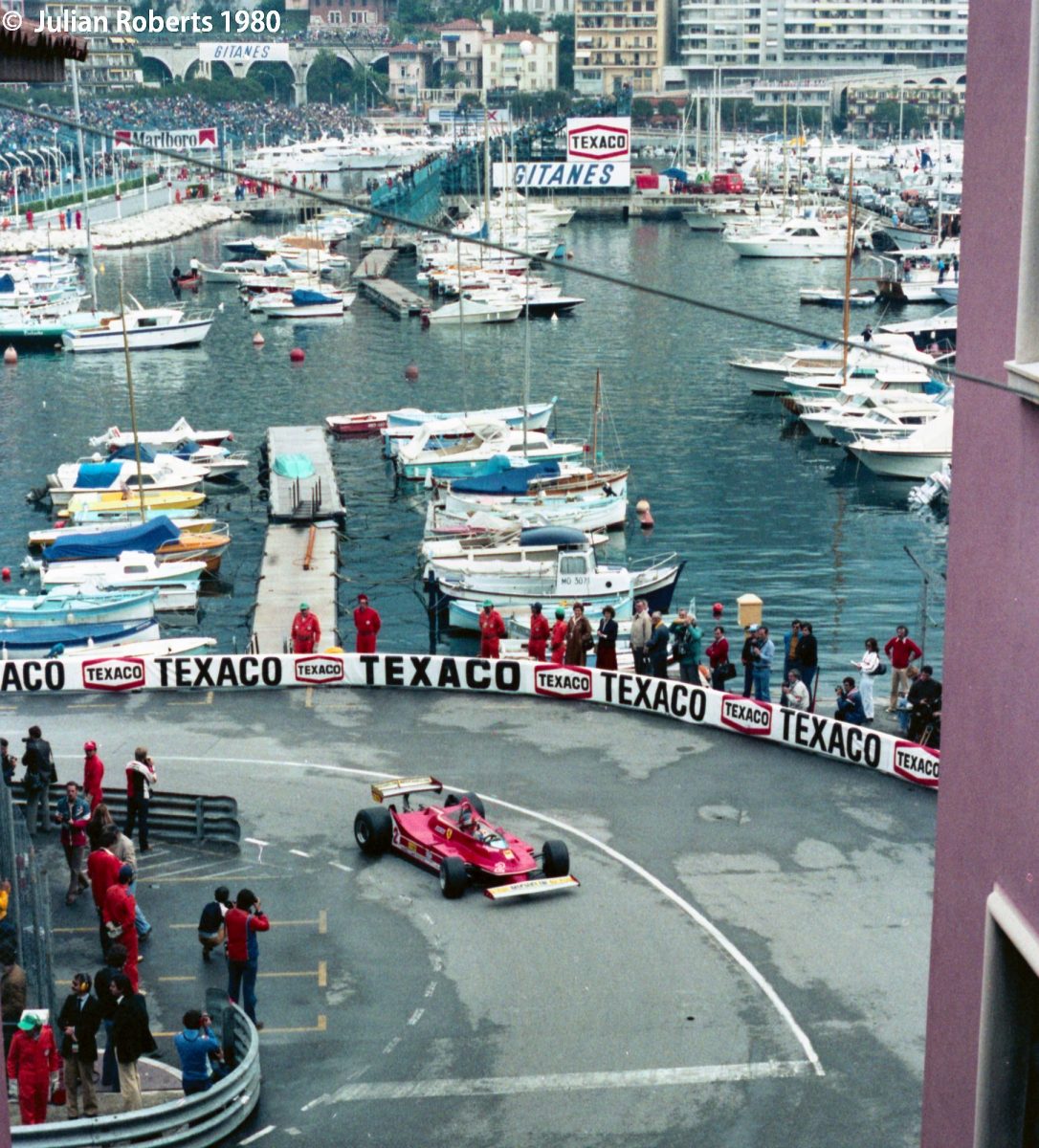
In 1980 as a ridiculously generous twenty-first birthday present, my father paid my share for a two week trip to the French Riviera which included attending the Monaco Grand Prix. Two friends and I rented a villa in the hills above Menton and I found a hospitality package offering grandstand seats just beyond Ste. Devote and lunch in the Restaurant Quicksilver which was located beneath, near Tabac corner, I think it was £50 each! We missed Thursday practice and watched Qualifying from the grandstand opposite the swimming pool. I shot three rolls of film from there and another roll from our grandstand during the Sunday morning warm up. I have some excellent images from that weekend, but I think my favourite is one I literally snatched on the way to the boat taxi which would take us across the harbour to the swimming pool grandstand. In a gap between two buildings there was an aerial view of La Rascasse. Being hurried along I hastily snapped five shots and left.
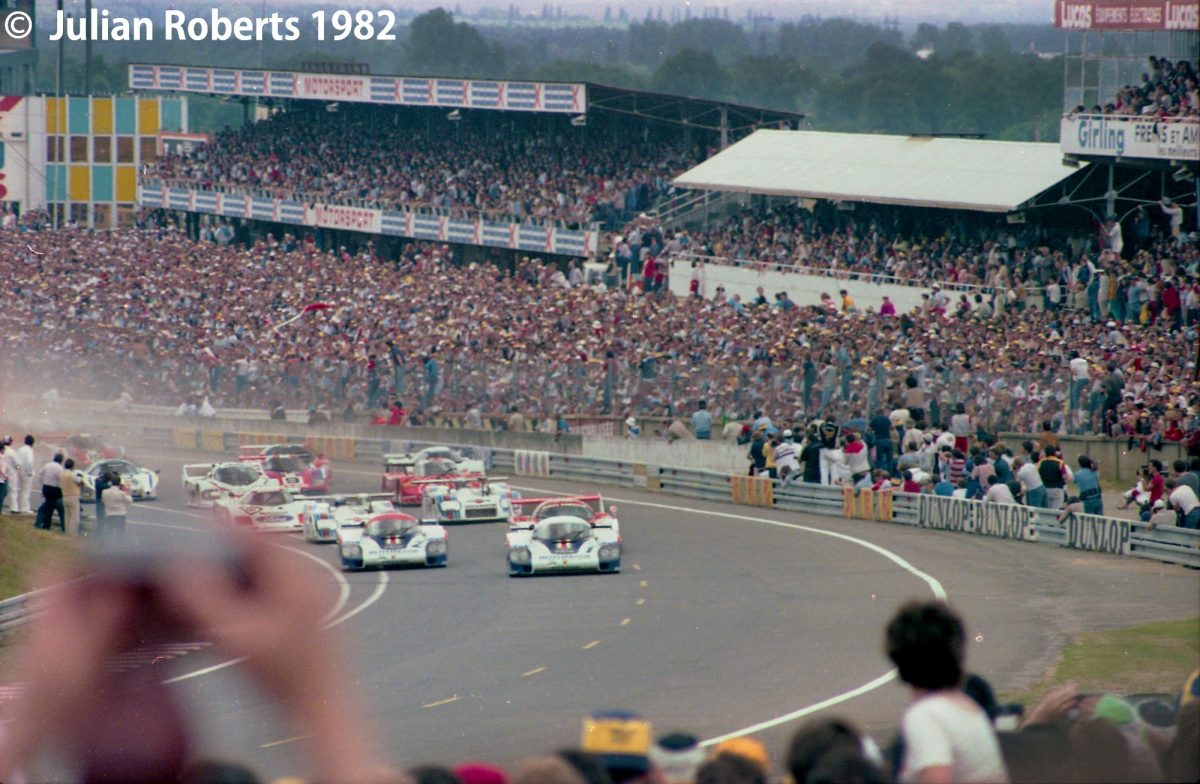
In 1982 I finally got to visit Le Mans and began a love affair which is still as strong today after 23 events. Incidentally, this is the first photo I ever took at Le Mans, spoiled somewhat by the chap in front holding his camera at arms length above his head, though I mustn’t complain as I doing exactly the same thing! I had arrived at the first corner too late to get a clear view and held my camera aloft finger on the shutter and hoping. With the motordrive I managed 10 shots, but this was the best.
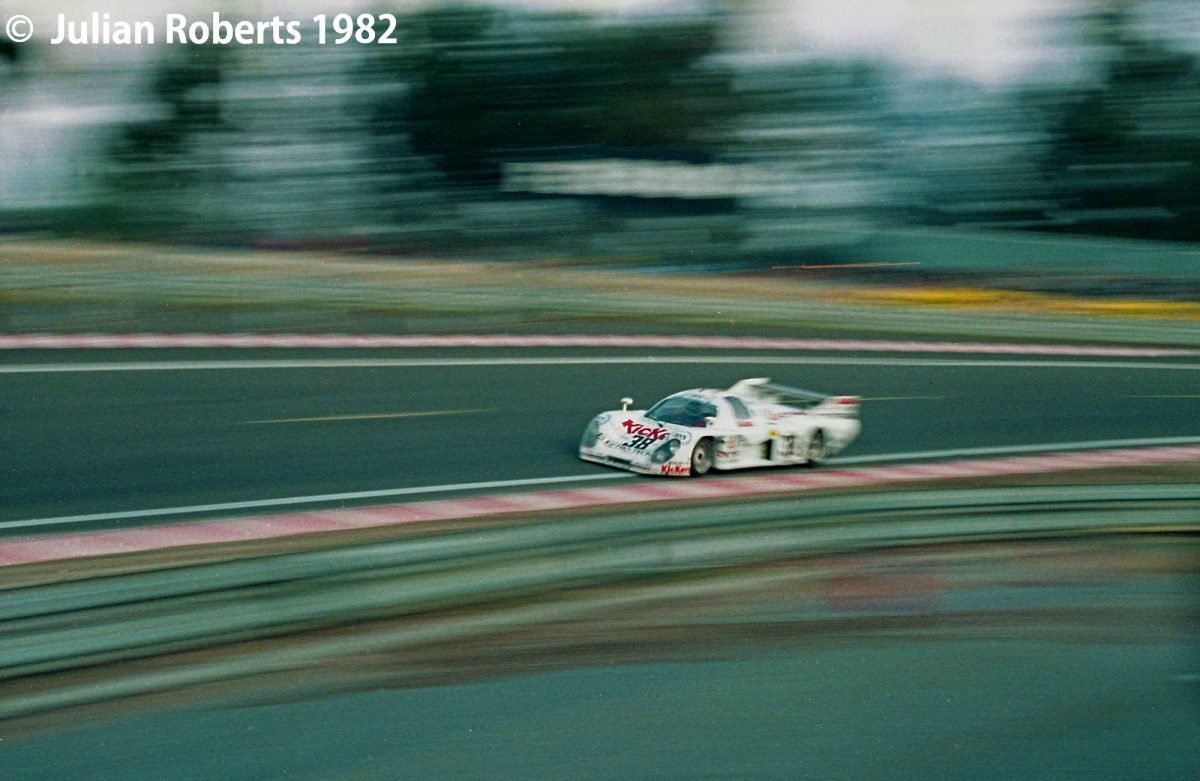
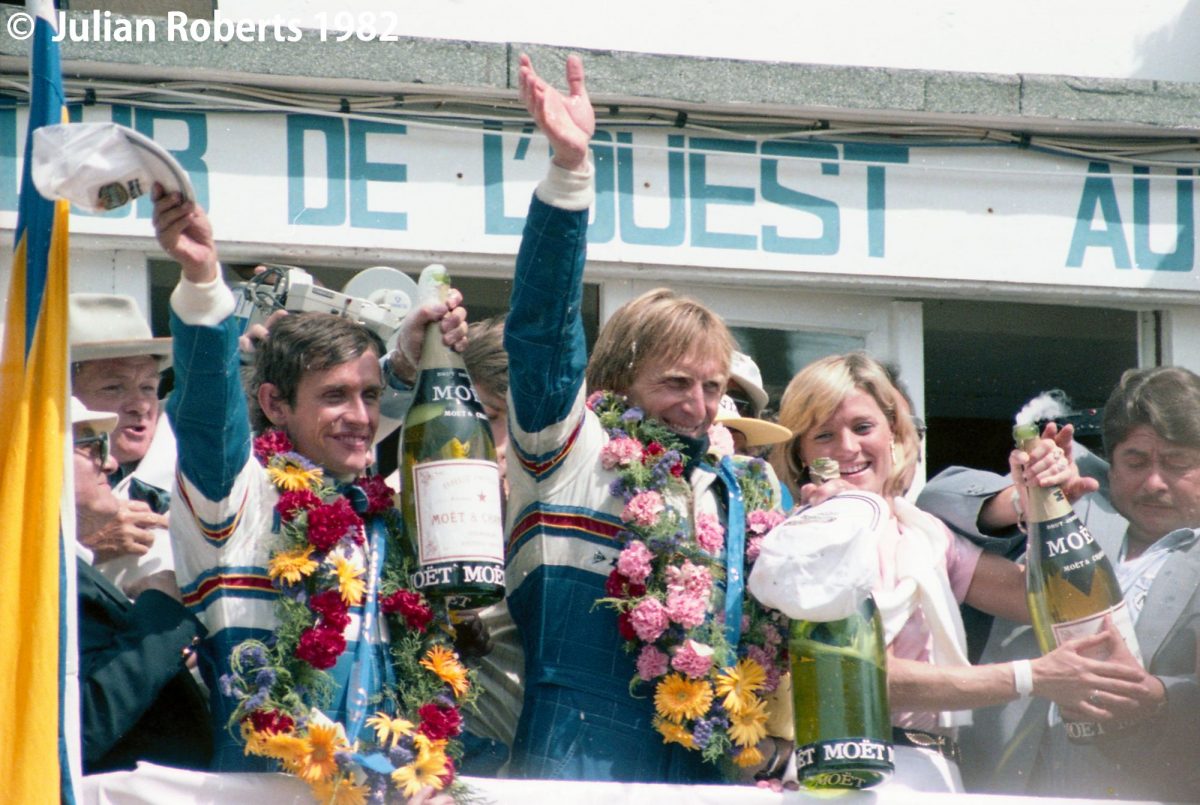
I stayed trackside for 18 hours and although I only shot three rolls of film all weekend I am still very pleased with my results shooting from the Tribunes.
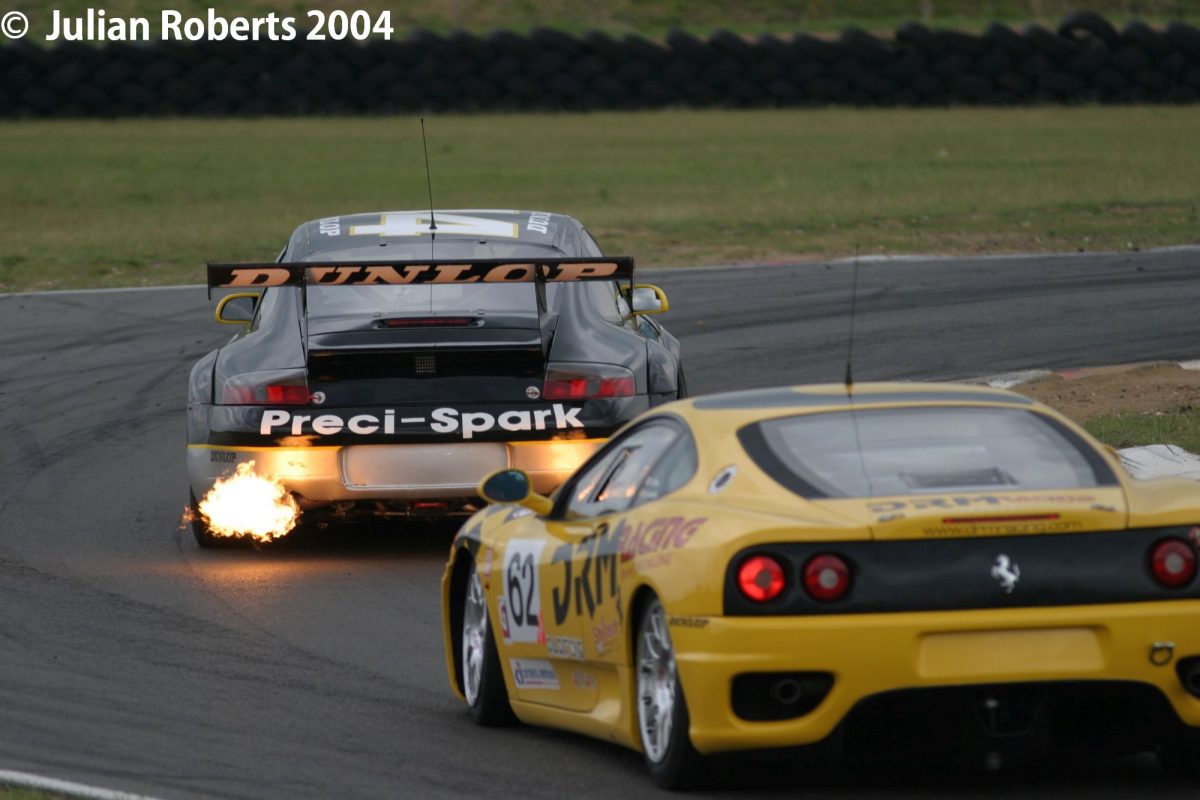
By 2004 used digital SLR cameras were becoming affordable and with some trepidation, and against all advice, I ordered a year old Canon EOS 10D and 28-135mm kit lens from an American seller on ebay. I also added a new Canon EF300 F4 L IS USM together with a Canon X1.4 extender from Digitalrev (again via ebay) in Hong Kong – back in 2004 it was by no means usual to pay hundreds and hundreds pounds, in advance, to unknown foreign sellers hoping they’ll do their stuff. They both did, in fact I still buy from Digitalrev today. What became of my faithful friend of 26 years the Canon A1? I sold it and all my analogue gear immediately and without a qualm ! The 10D (not forgetting my beautiful L lens) was a game changer. I was now able to produce very good work consistently. Because I was able to critique my shots on the go, I quickly learnt much more about proper exposure and to alter ISO as and when required (remember on film I was stuck with the film’s ISO and never beyond 800). My first time out with the 10D was a round of the British GT Championship at Snetterton.
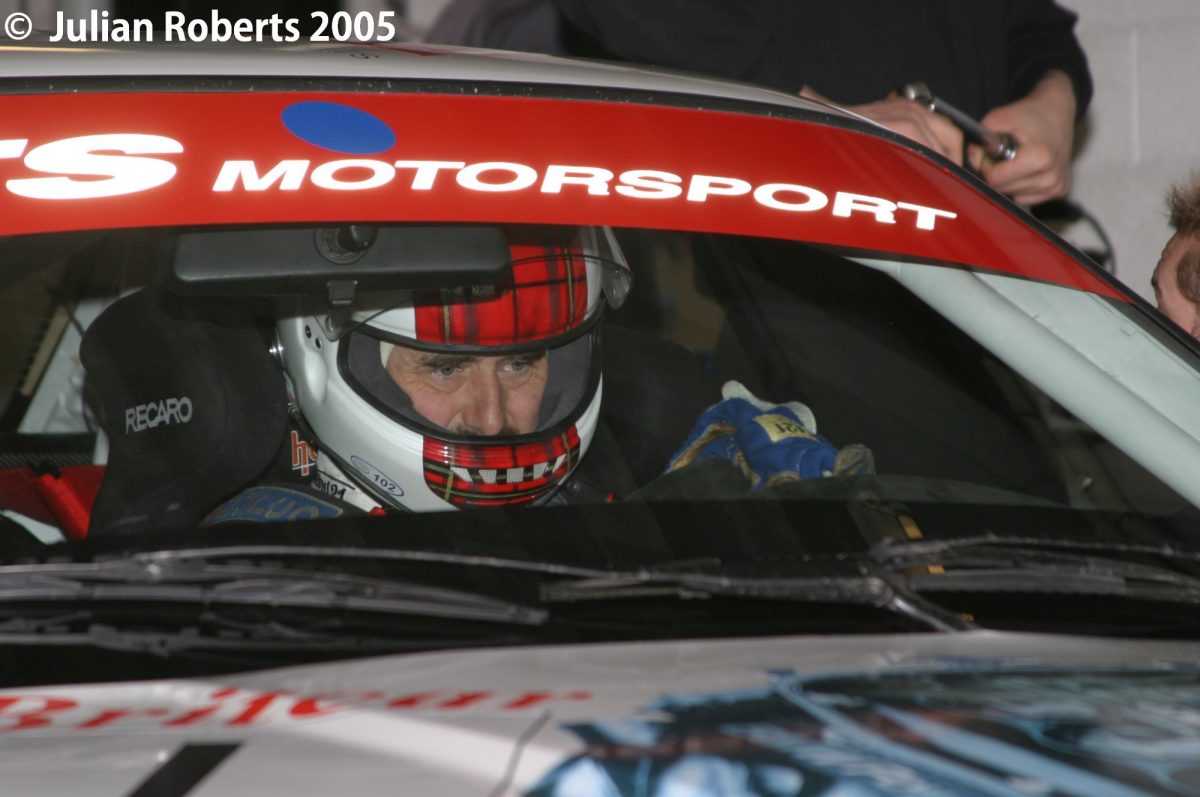
As my photography improved so did my desire to share my photos with a larger audience. I had been an early convert to Malcolm Cracknell’s excellent websites SportsCarWorld.com and TotalMotorSport.com and then DailySportsCar.com. So in 2005 decided to go to the opening Britcar meeting at Silverstone and ‘pretend’ I had received a commission from him to cover the event.
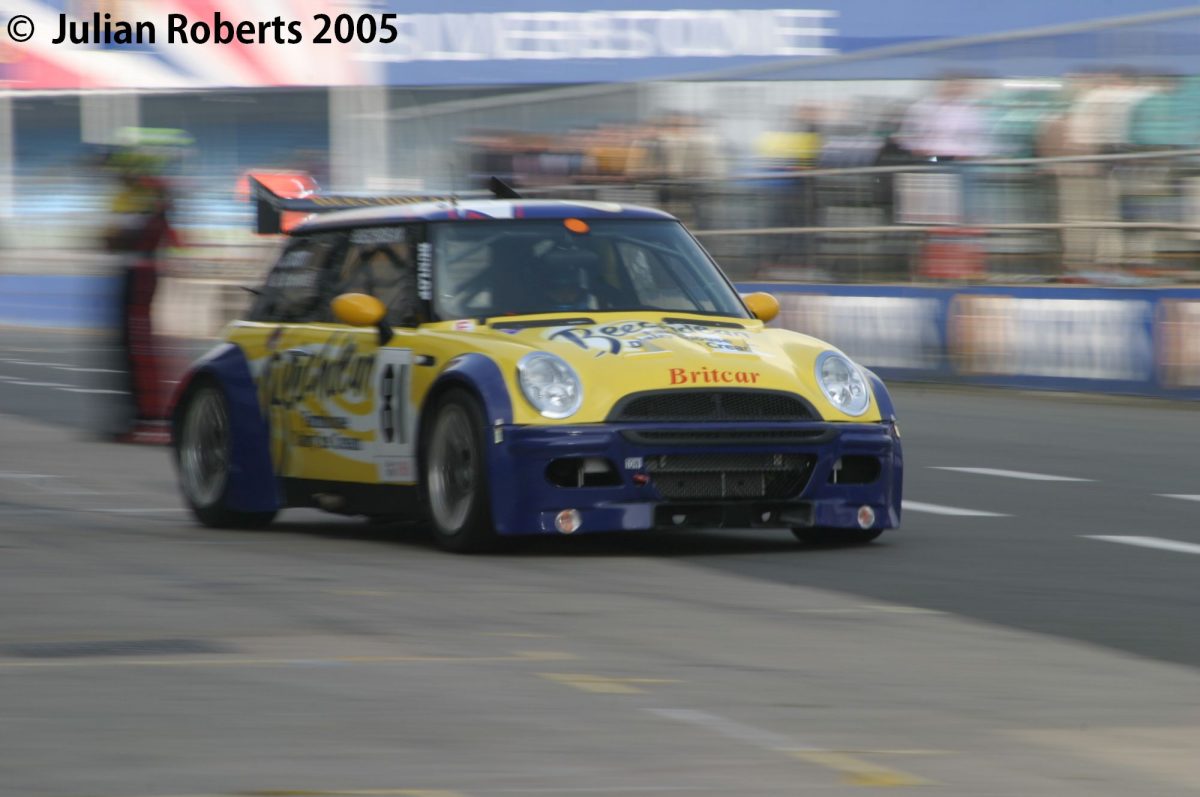
My intention being to submit my photo’s as a sort of visual c.v. I spent a lot of time in the paddock and pit garages and eventually the pitlane as I could take better photos there than through the tall fences synonymous with Stalag Silverstone.
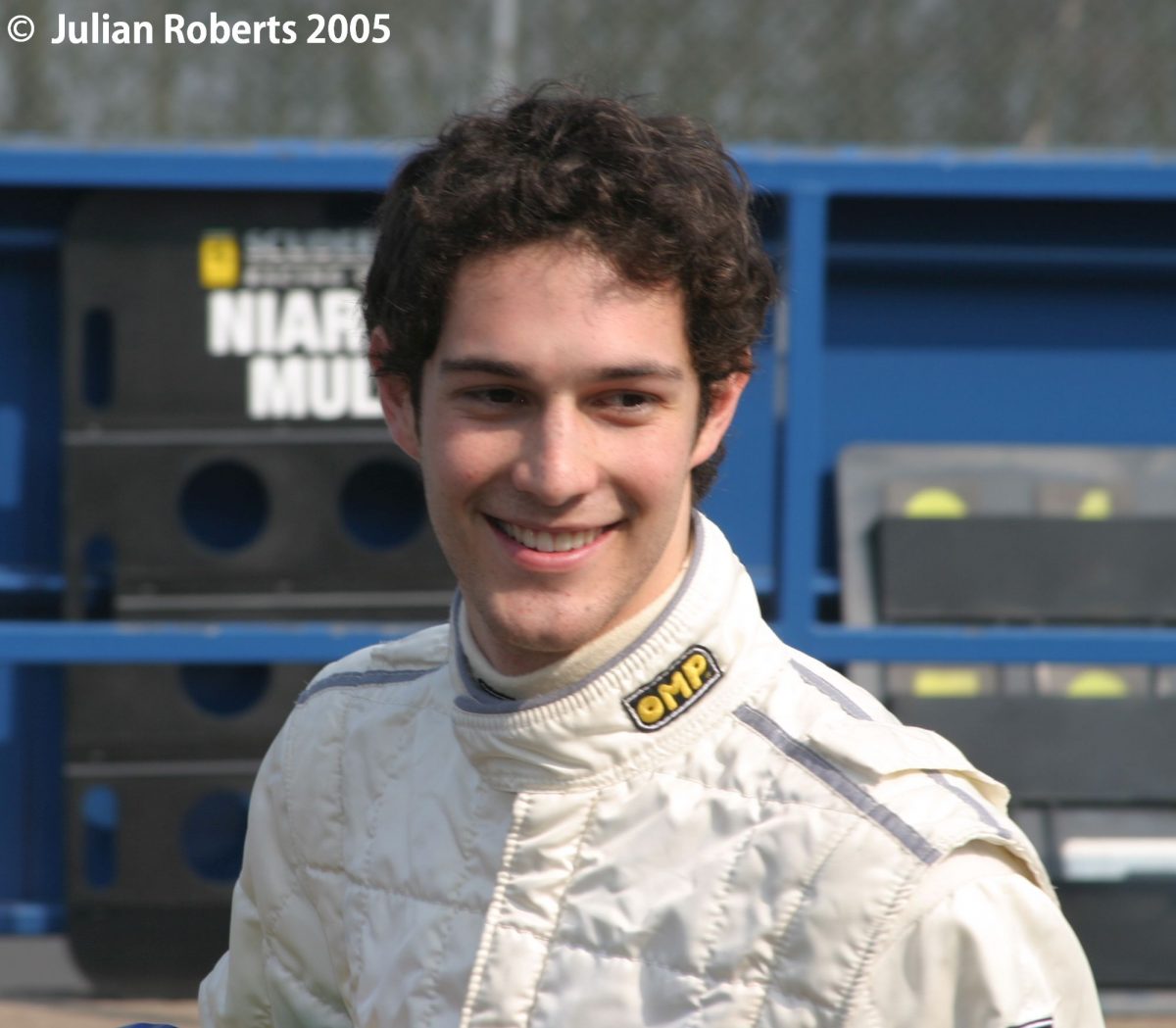
I selected a dozen of what I considered to be the best and emailed them to Malcolm. He was very pleased and used some of my images in his report. He also asked me to go the Donington for the opening round of the British GT Championship.
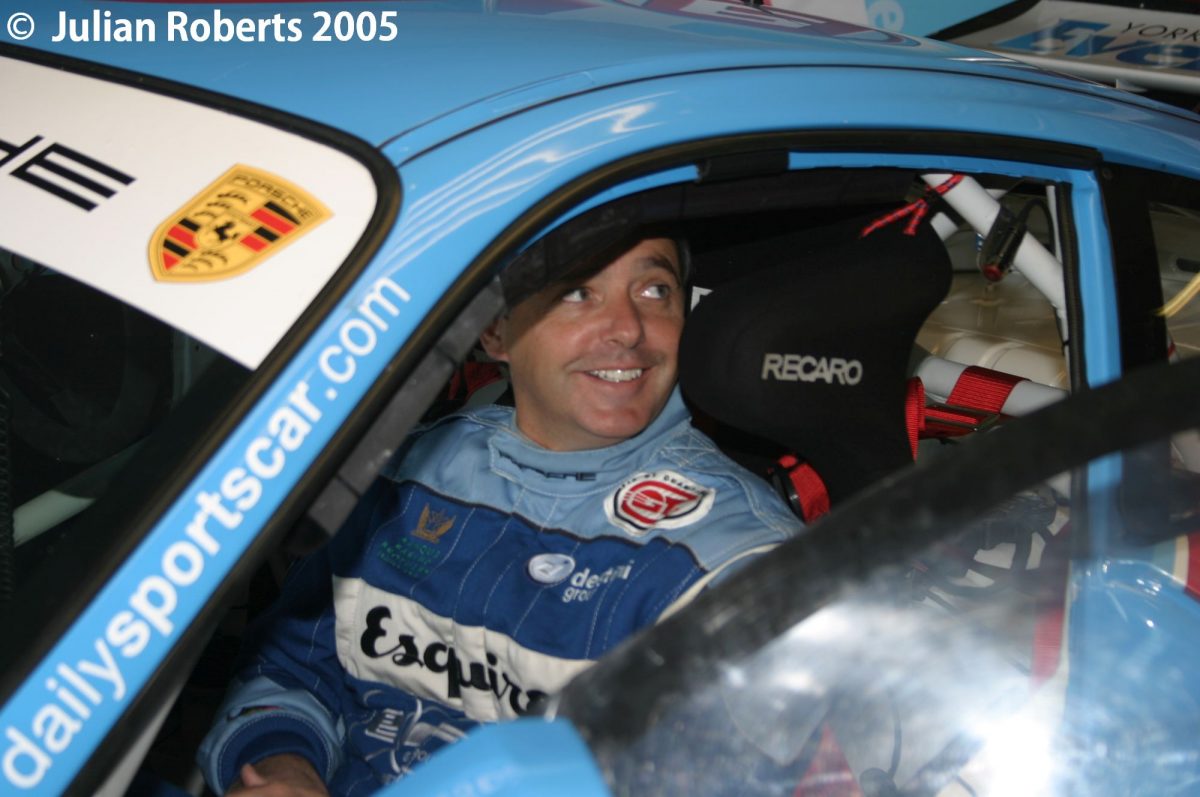
Arriving at Media Accreditation bursting with anticipation I was quickly brought back to earth with a bump; there was no media pass and I was expected to pay for my entry ticket! Hmmm. Oh well, I hadn’t driven 90 miles to turn around so I paid up and went to find my contact, Graham Goodwin. GG gave me a quick tour of the pitlane pointing out favoured teams to pay extra attention to and that was it.
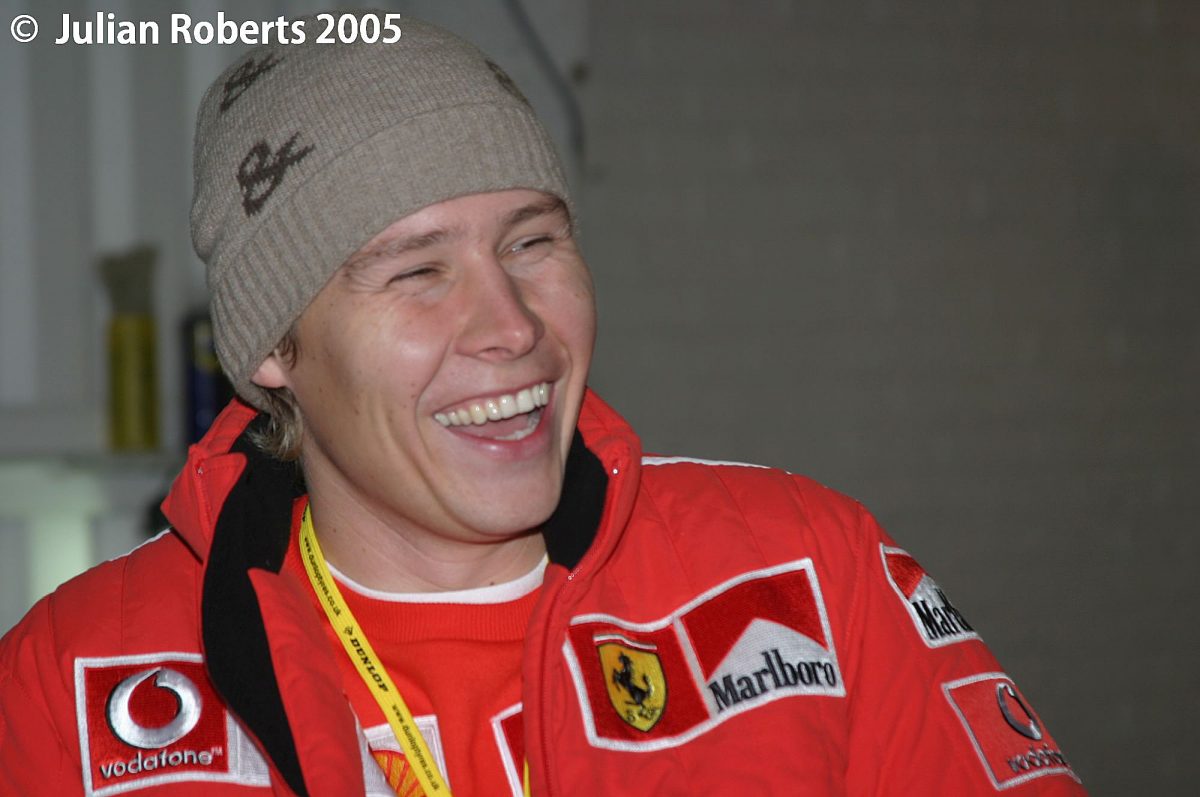
I made myself busy and, as usual, roamed the pitlane as if it were my own. To my wife’s irritation I arrived home about 7pm and spent the next 4 hours editing photo’s for submission to DailySportsCar.com. I got a few more gigs from DSC but in every case I had to contact them and offer my services for free rather than be asked. So I continued as an amateur snapper peering through the fence, a totally free agent, photographing what I liked.
In late 2006 my employers (a North African oil producer) announced they were to close all European operations and I was to be made redundant in 2007 after 20 years. By now I was 48 and (thankfully) financially stable. So on a bit of a whim I decided to give myself a redundancy present and take a year discovering whether I had what it takes to be a freelance motorsport photographer.
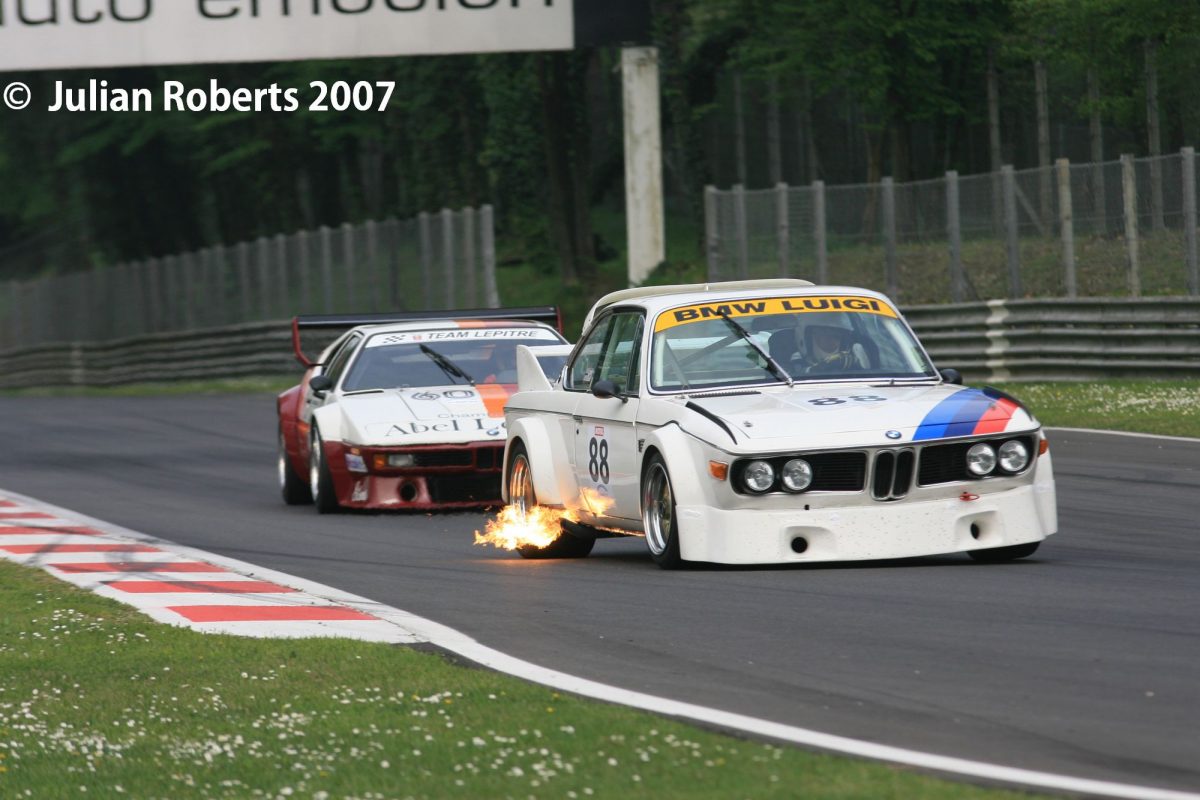
I knew of Martin Krejci’s superb website RacingSportCars.com and had been contributing my images to him for a number of years. With this in mind I had the idea to contact him and suggest I apply for media accreditation acting as his photographer, he agreed. In early 2007 I applied to the FIA GT Championship, the Le Mans Series and, heart in mouth, the ACO. After a bit of form filling, a lot of emails, and supplying website traffic statistics to the ACO, all three accepted me. WOW !
No longer would my humble EOS 10D cut it as my main camera, so I bought a year old Canon EOS1D MkIIN and a new Canon EF400 DO IS USM plus a Pelicase to cart it all around Europe in safety.
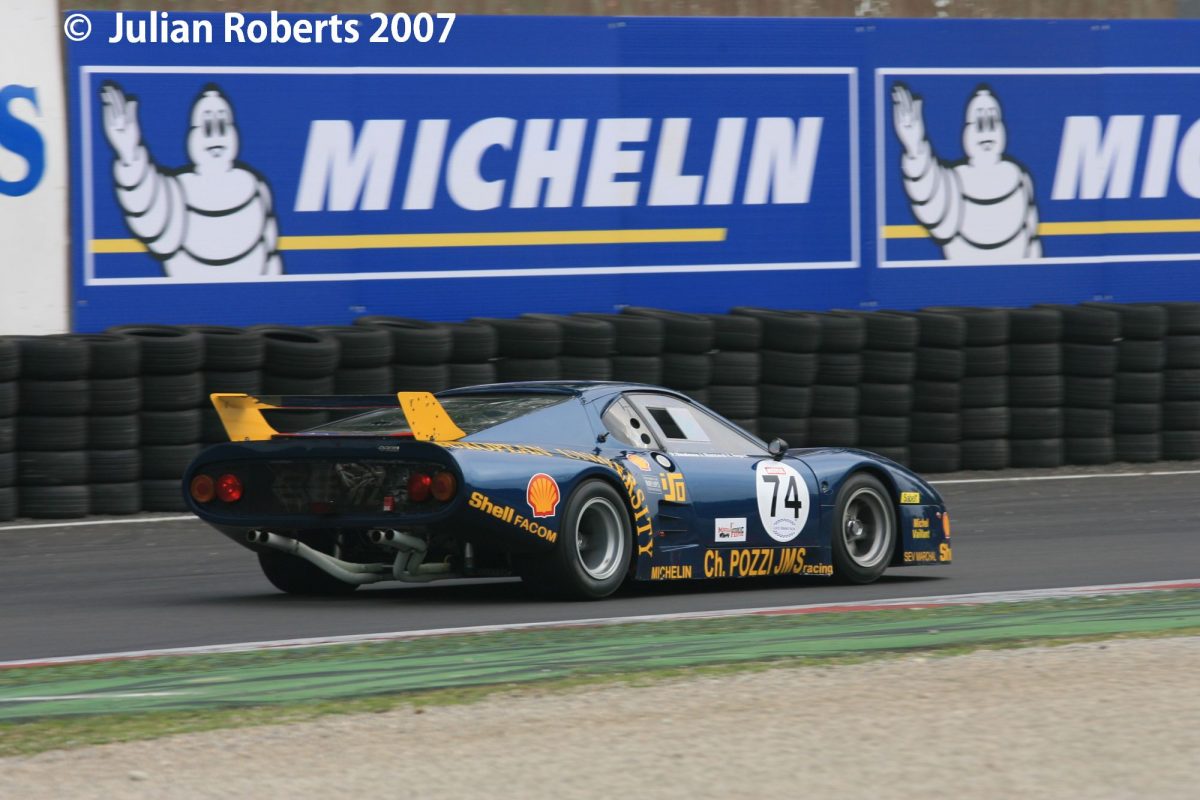
The first race for me was the 2007 Monza 1000kms. The media representative for the LMS was a French lady. She had confirmed my acceptance via email and I was given details of how to collect my media pass from a school in suburban Monza (why not at the circuit I have no idea). In my job as a Client Procurement Co-ordinator I had many contacts worldwide and one in particular with whom I was on very good terms lived and worked in Milan. He found me a small but classy hotel on the edge of the Parco di Monza, roughly opposite the circuit, but a few kilometres away, plus he arranged a taxi to meet me from the airport.
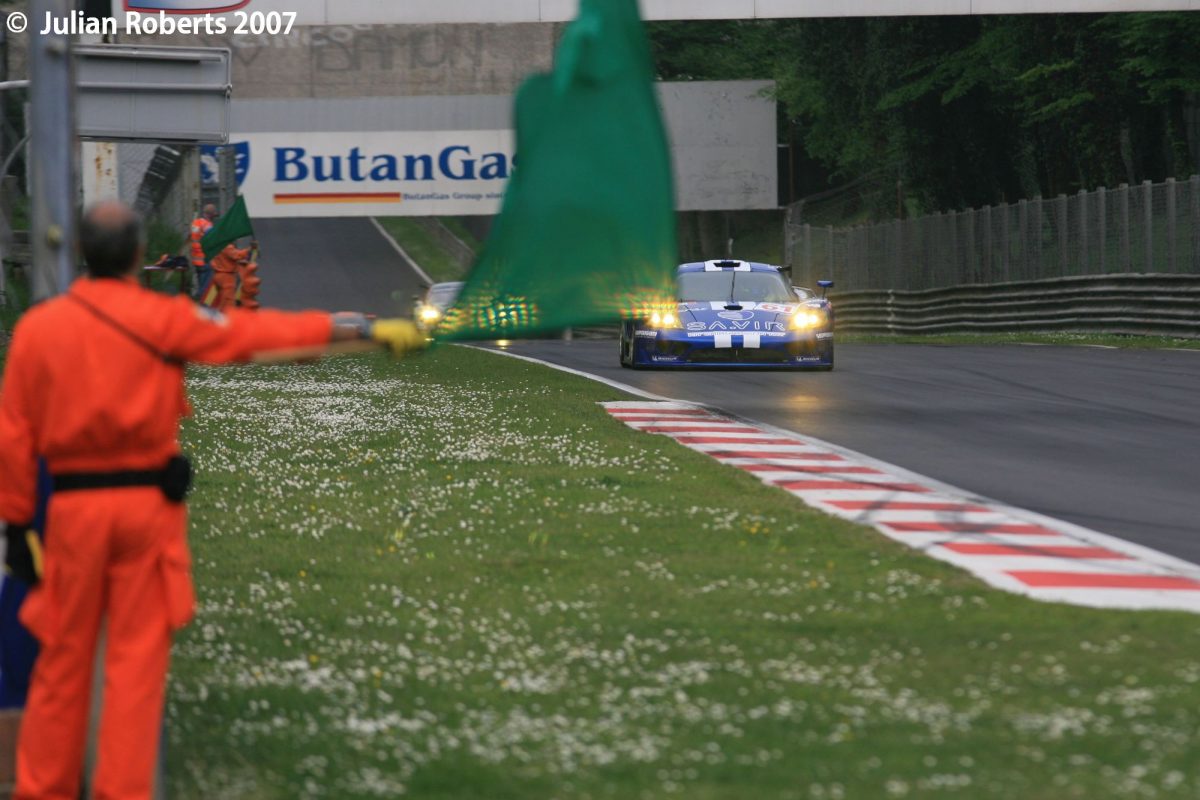
The flight was incident free and I easily found my taxi. Once I’d checked into the hotel, with numerous signed Ferrari driver portraits behind the desk, the driver took me to collect my passes. We eventually found the school and I followed the signs downstairs to a small room with a table and dozens of envelopes containing passes. I announced myself and the young lady searched her list and with a look of genuine regret said “non”. I almost dropped to my knees! I really couldn’t believe it. I recovered my composure and asked to borrow her phone so I could speak to the LMS Media representative. I have to say she was very offhand with me, initially denying I had been accepted (fortunately I had printed copies of all emails and forms so my case was watertight). She eventually agreed to permit me access; she would see me in the Media Centre. Note; only whilst writing this have I realised this all occurred on Friday the 13th!
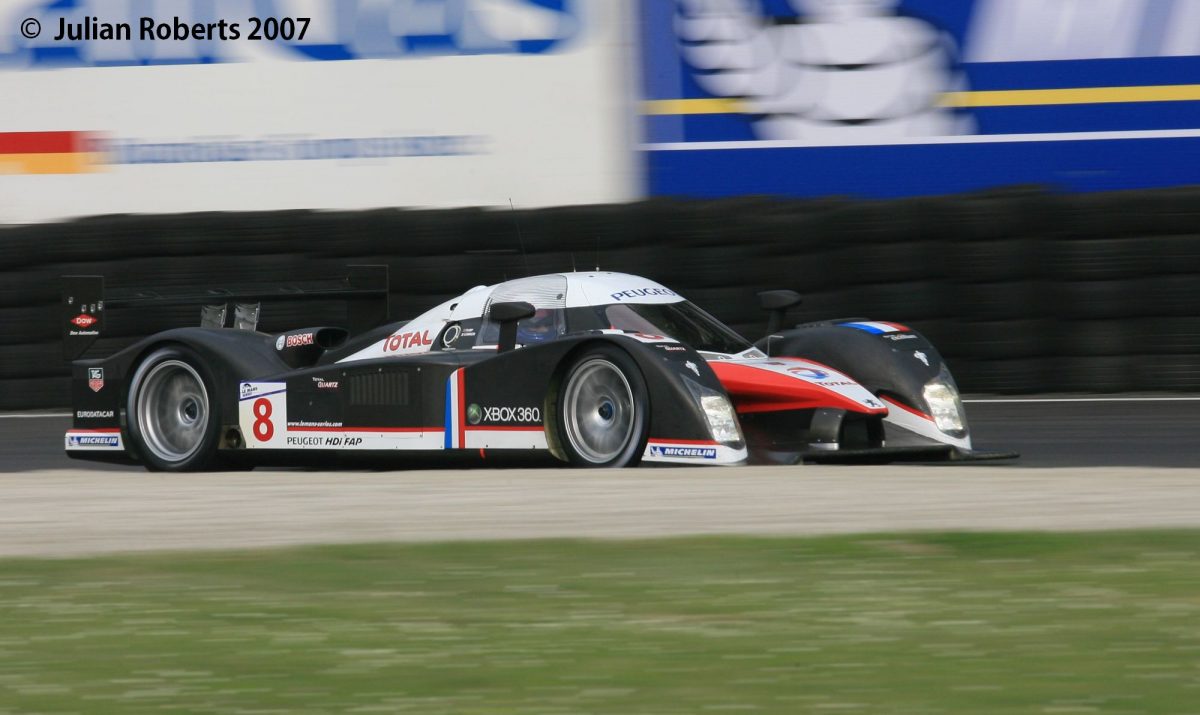
Back to the car and my willing driver. He drove to the circuit and to my joy blagged us through the main gate then into the Paddock itself, not bad going without a ticket between us. I climbed the stairs to the Media Centre and found my target. I won’t go into too much detail but I made it clear I was extremely unhappy and she made it equally clear she couldn’t care less. My Media Pass ? Nothing doing, I was given a ‘Guest Pass’! We didn’t part as friends and I still haven’t sent or received a Christmas card. I then went to speak with the local media representative on the front desk, a charming Italian lady who on hearing my tale of woe arranged everything I would need to make my visit a success. Bless her heart.
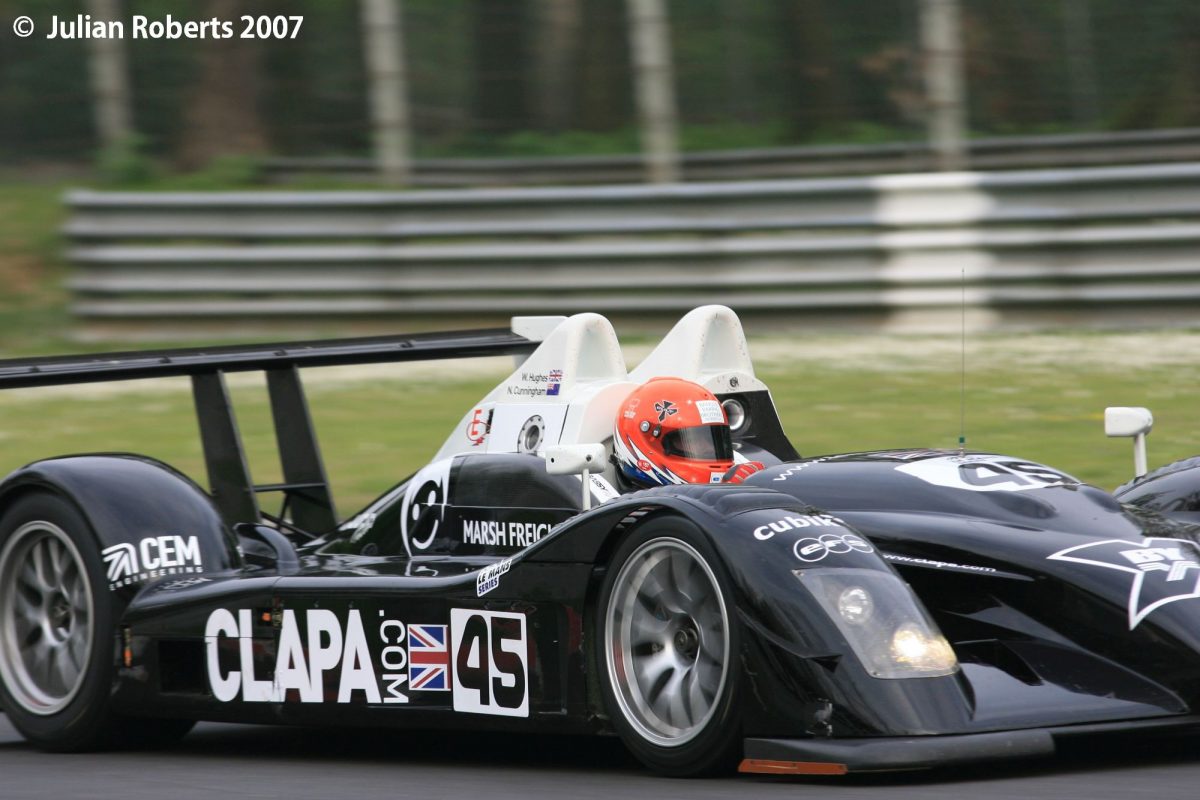
I’d missed the entire morning so I bade my driver farewell (with a fat tip) and walked out to the track. I’d been to Monza once before in 1994 to see the Italian Grand Prix so I had a reasonable idea of the layout, and knew exactly where I wanted to go first, the Variante Ascari.
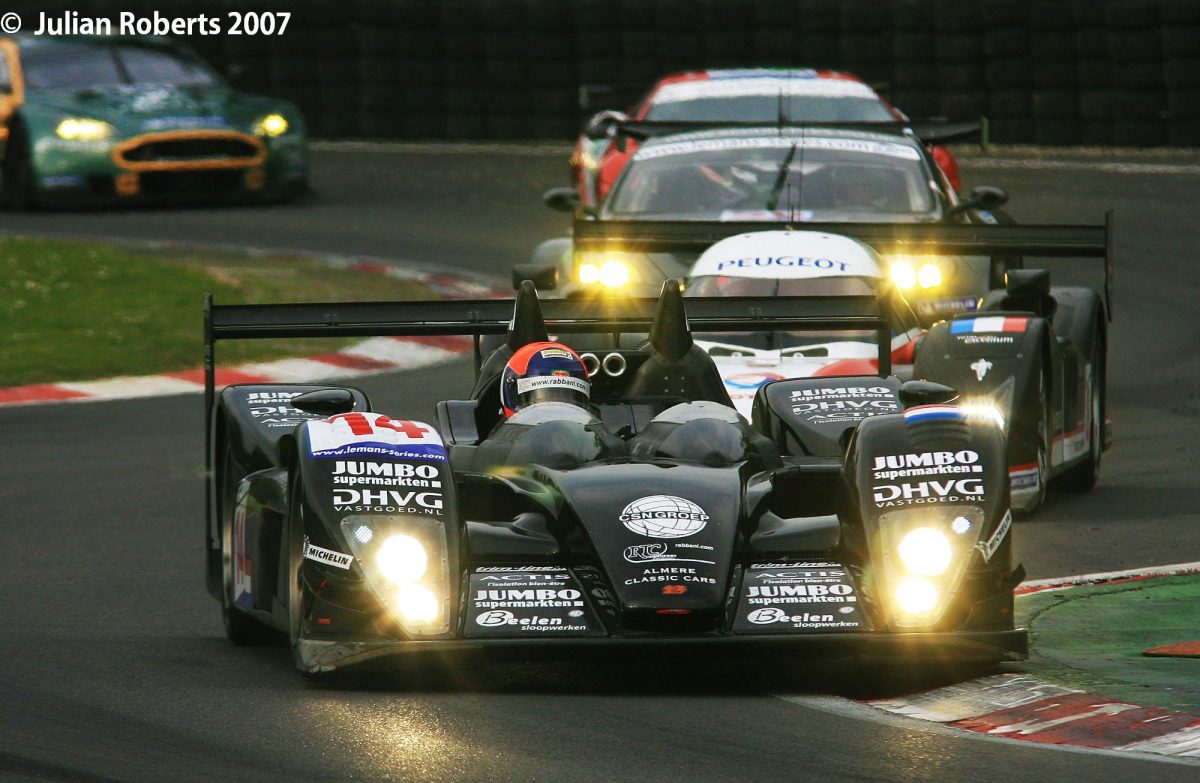
The first group out on track after lunch were the Classic Endurance Series or CER. Lola and Chevron prototypes, Ferrari Boxer, Porsche 911, 935, 908, BMW M1 and so many more. I’d never seen such a group of cars in England. I was in my element and was almost disappointed when the session ended and the LMS cars came out.
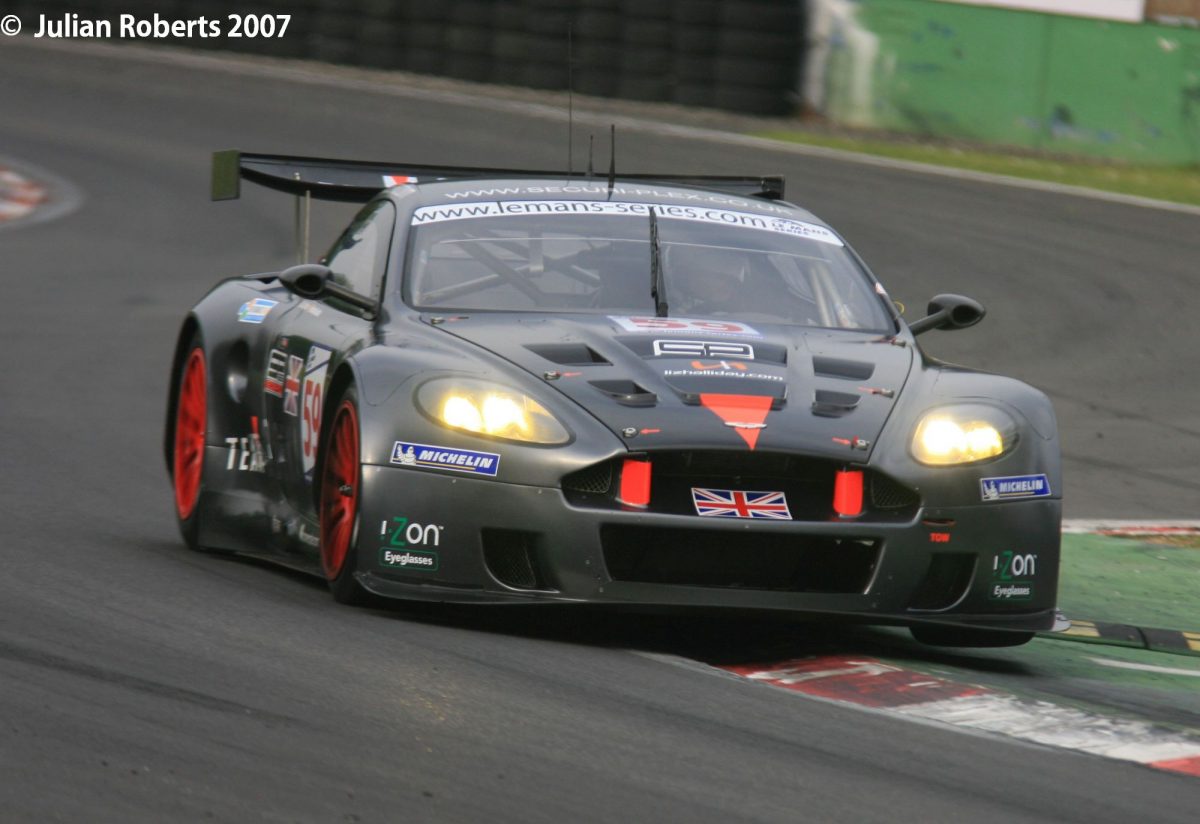
I remained blissfully happy at the Variante Ascari until the end of the day. I’d asked the hotel receptionist to arrange for a taxi to collect me from outside the main gate at 6pm. After 90 minutes (during which time I’d declined two lifts from kindly Brits) no taxi had arrived so I elected to walk back across the park. The walk was much further than I anticipated, taking over an hour, and by the time I reached my hotel, having been on the go since 5 a.m., I was exhausted. I had a quick shower, a restorative beer or three, followed by dinner and bed.
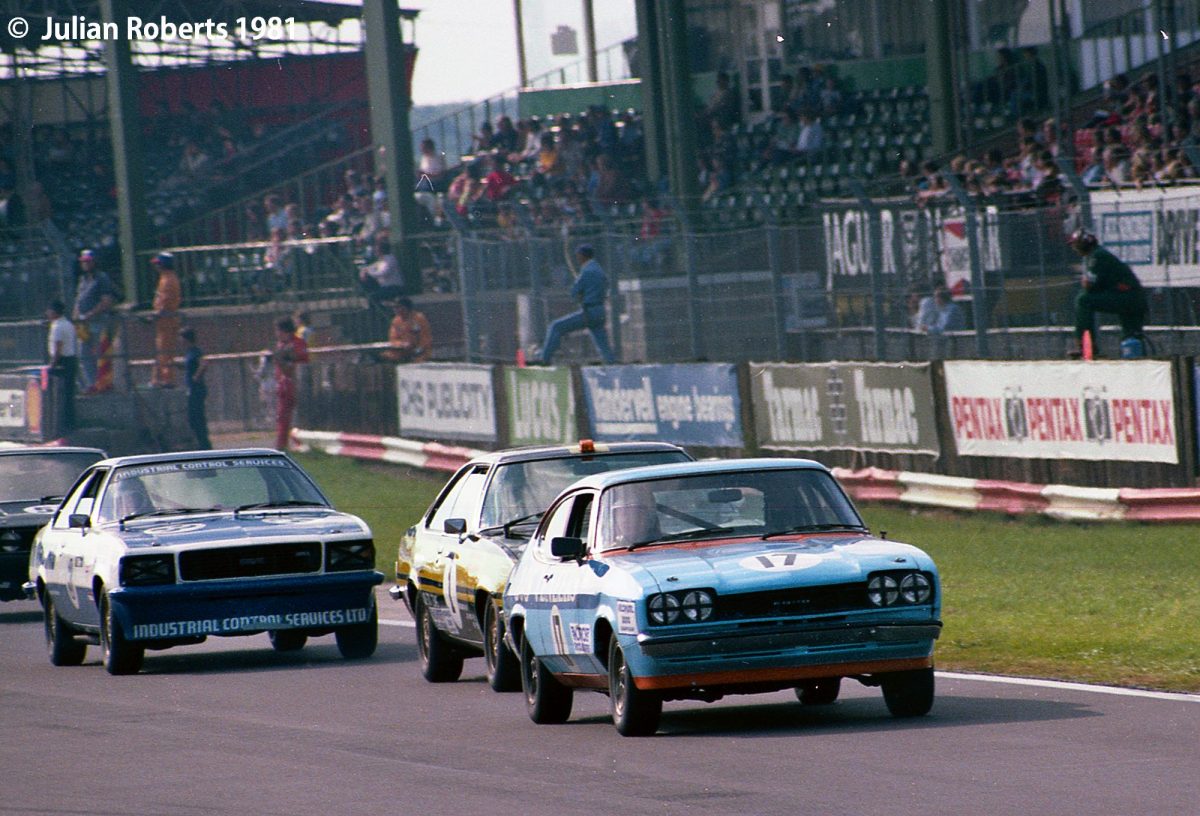
The next morning, during breakfast I noticed an English registered car with an historic racer on a trailer. There was another English couple in the dining room so assuming it was theirs I introduced myself. I was wrong, but it was a happy mistake as the gentleman was former British Touring Car ace, Peter Hall. He and his wife were there to support their son Stuart who was driving Martin Short’s Rollcentre Racing LM P1 Pescarolo 01.
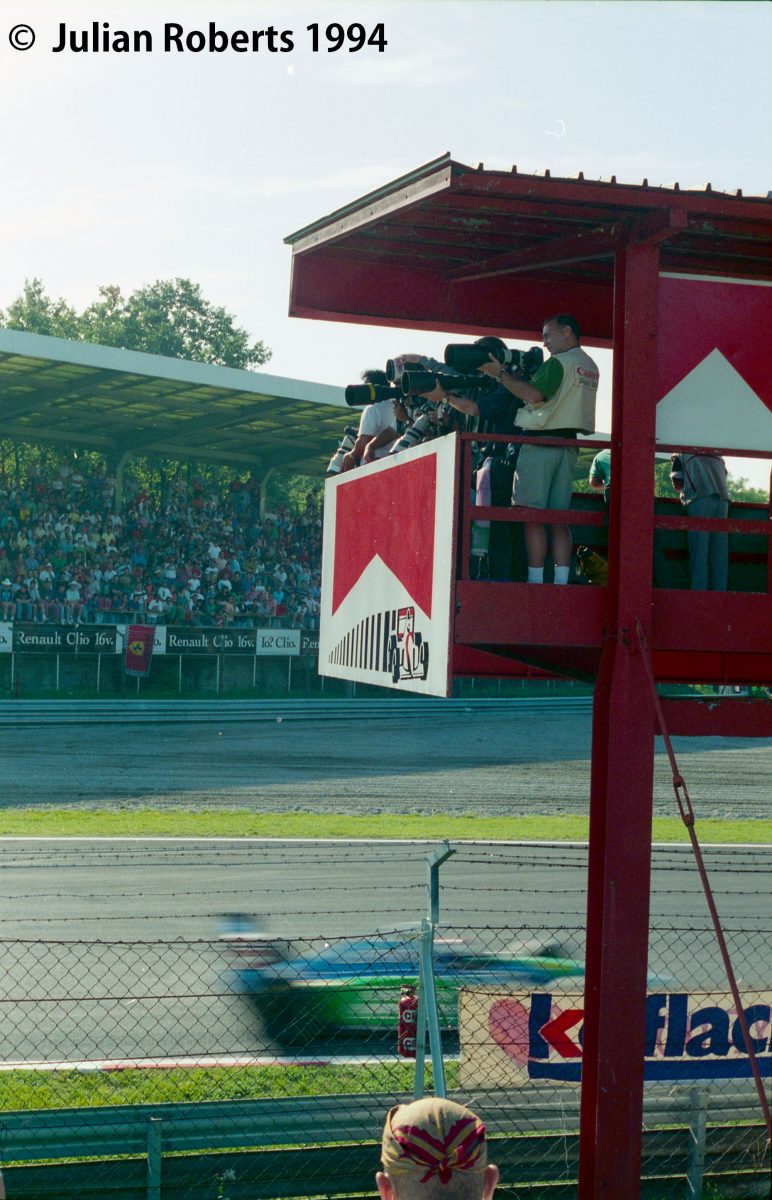
Back at the circuit bright and early on Saturday morning, the next item on my Monza bucket list was the raised photographers box above the turn-in point for the Curva Parabolica.
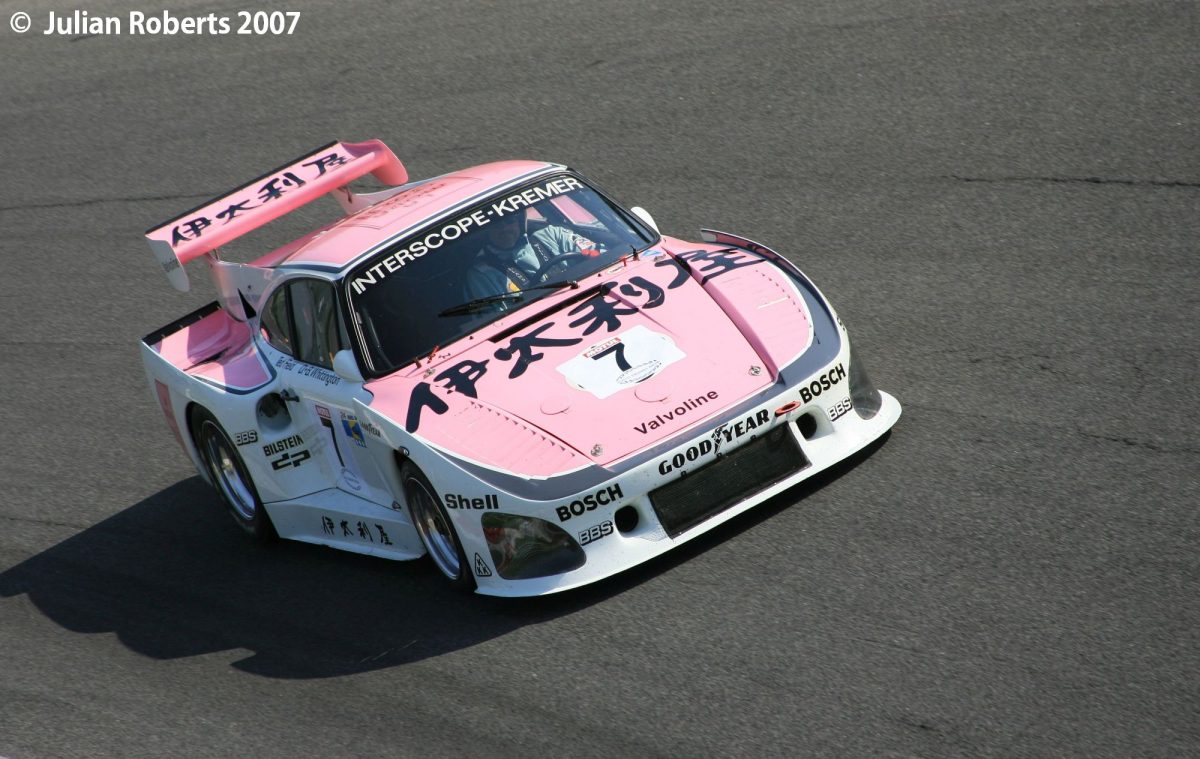
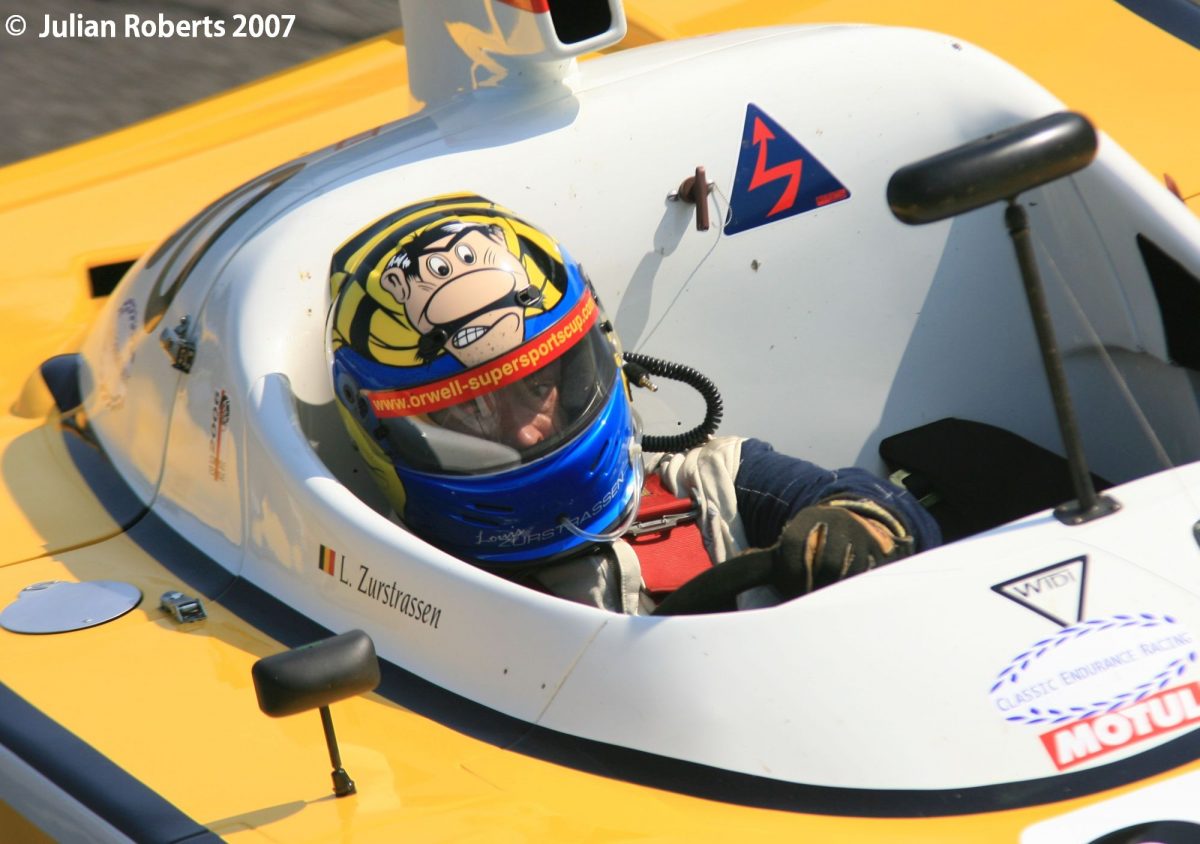
Once again the first cars out were the Classics, and I had a classic view of them.
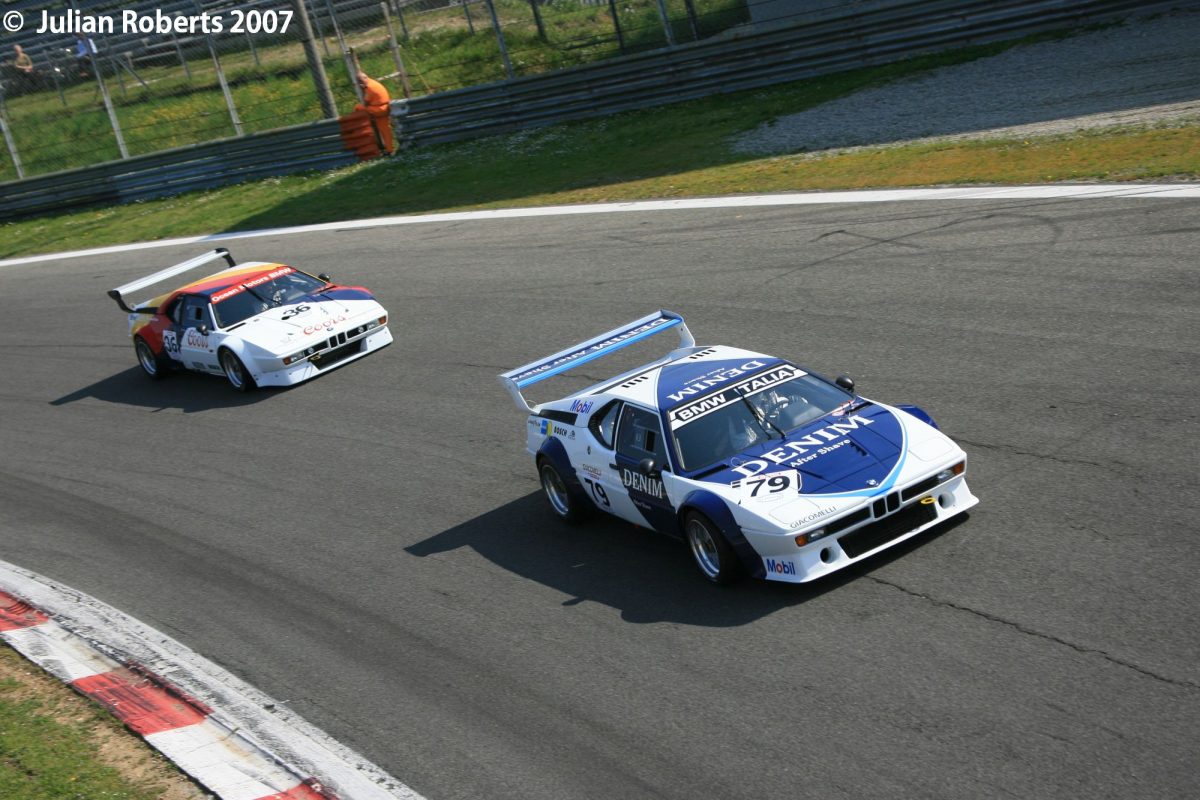
I had in mind the classic image of two Gulf Porsche 917s line astern turning in and wanted to try and recreate it, albeit without a pair of 917s. The best I could manage was a pair of BMW M1s.
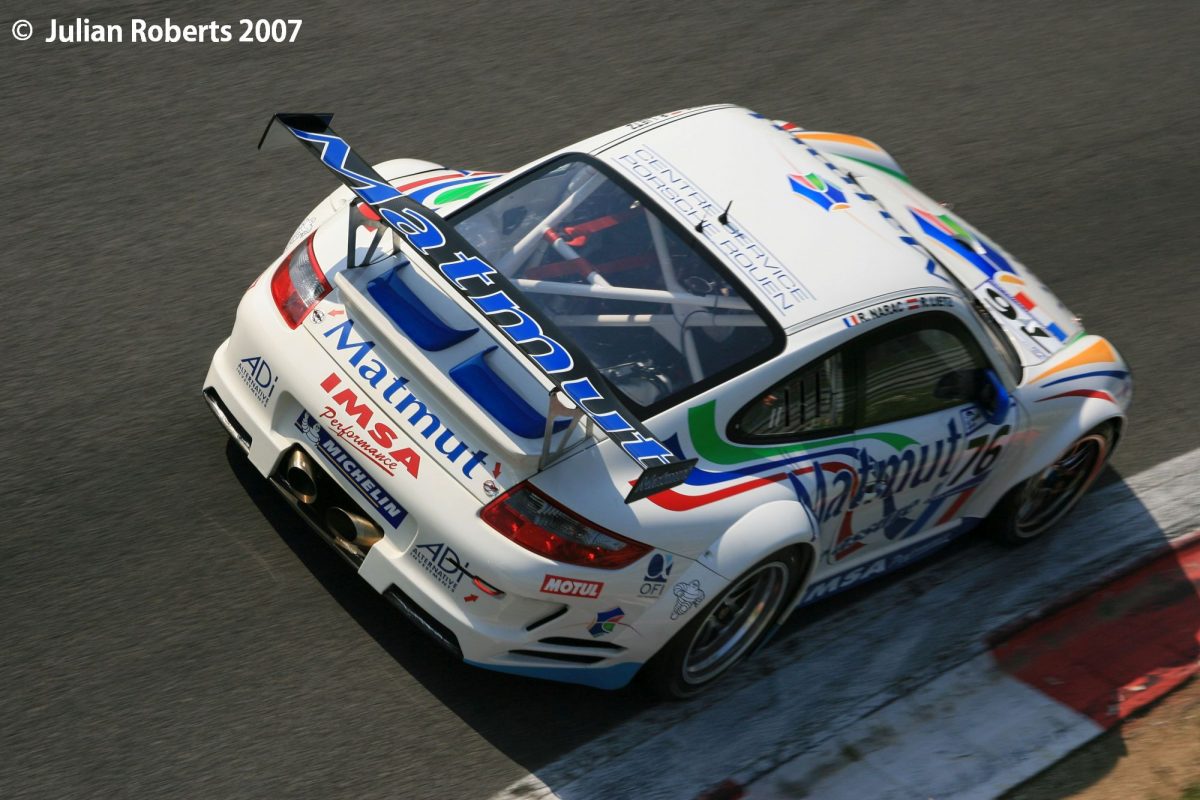
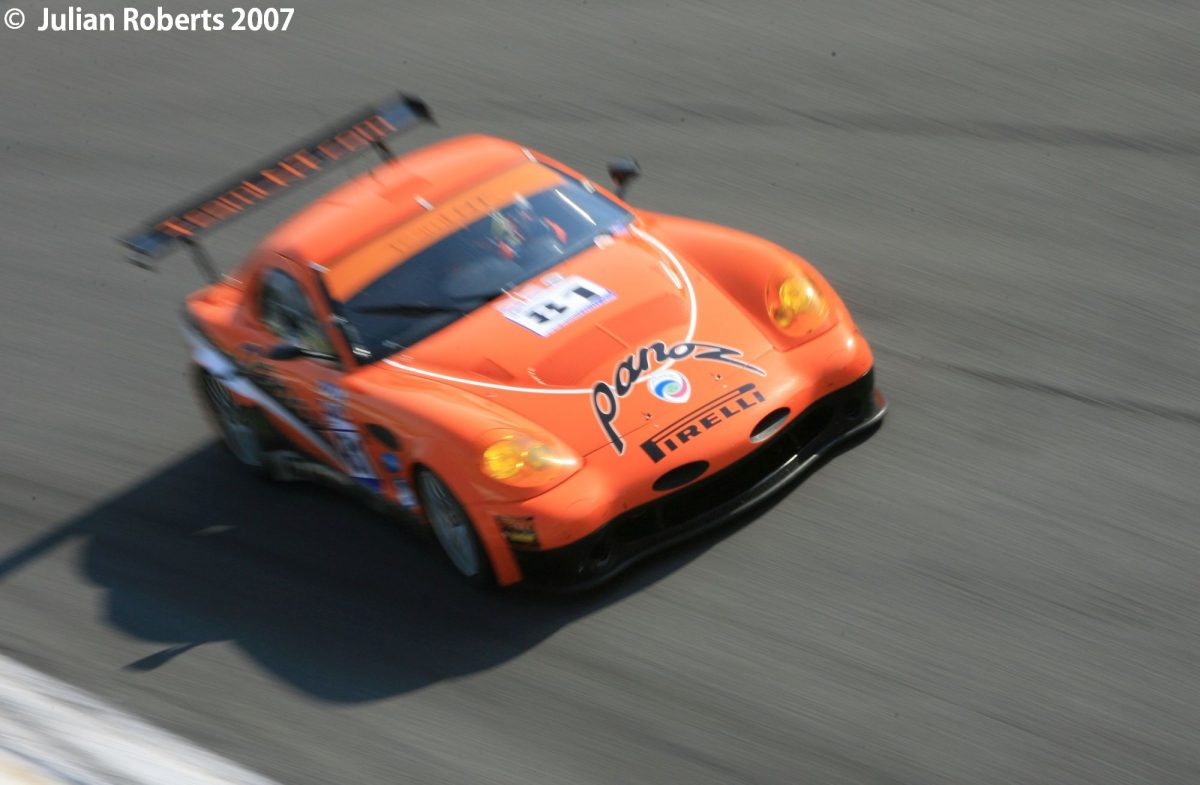
I remained in the box throughout the morning CER and LMS sessions having the time of my life.
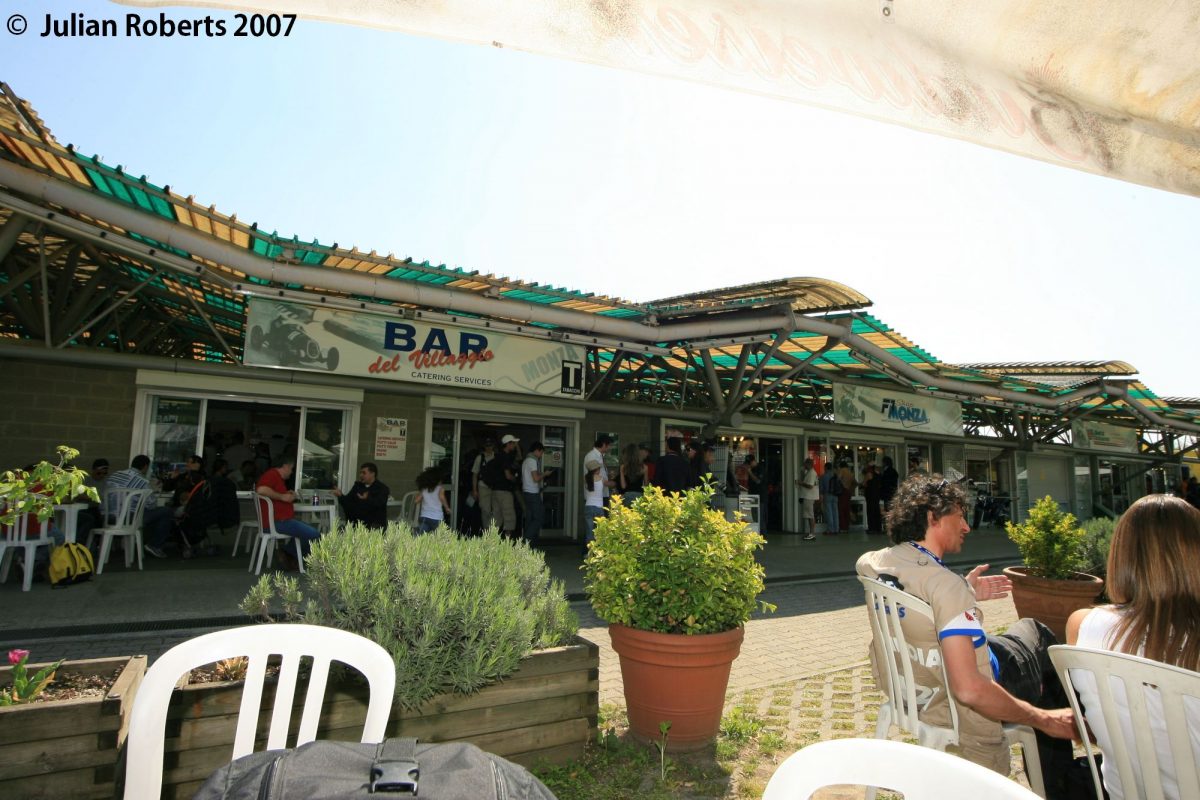
Afterwards I made my way back to the paddock for a quick lunch – not quite Silverstone….
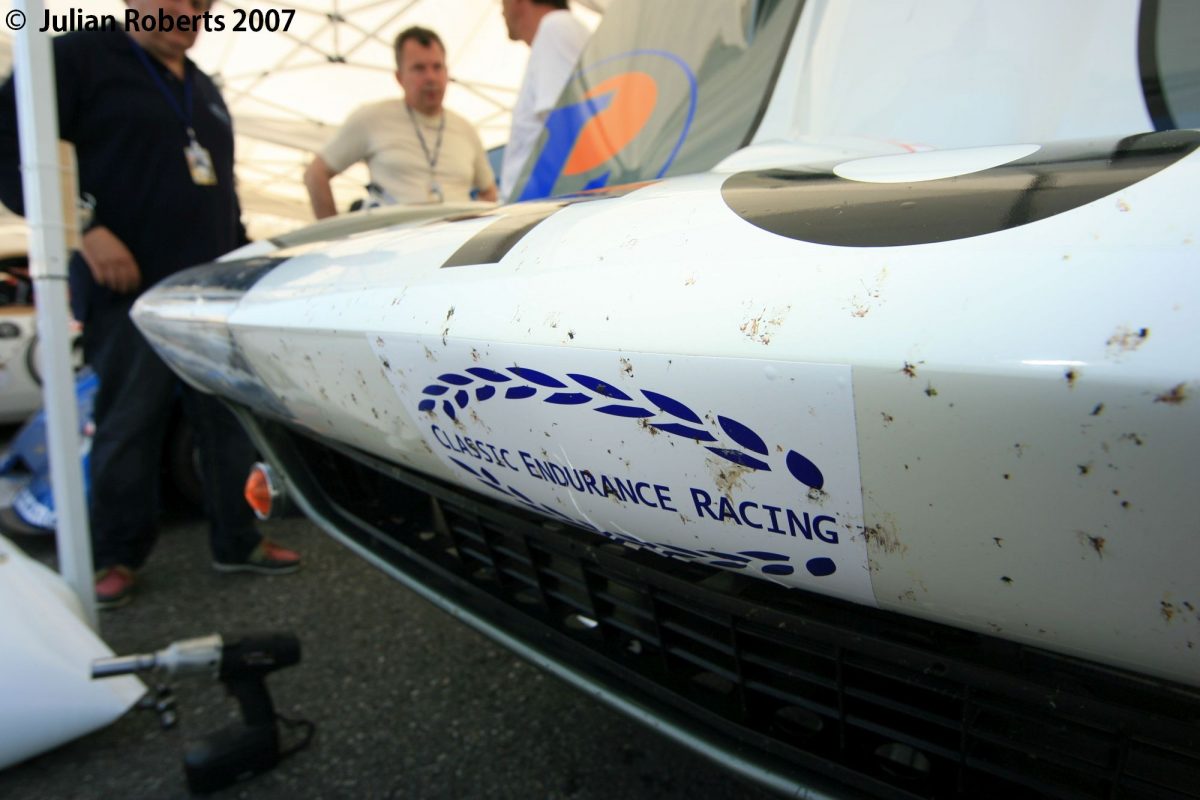
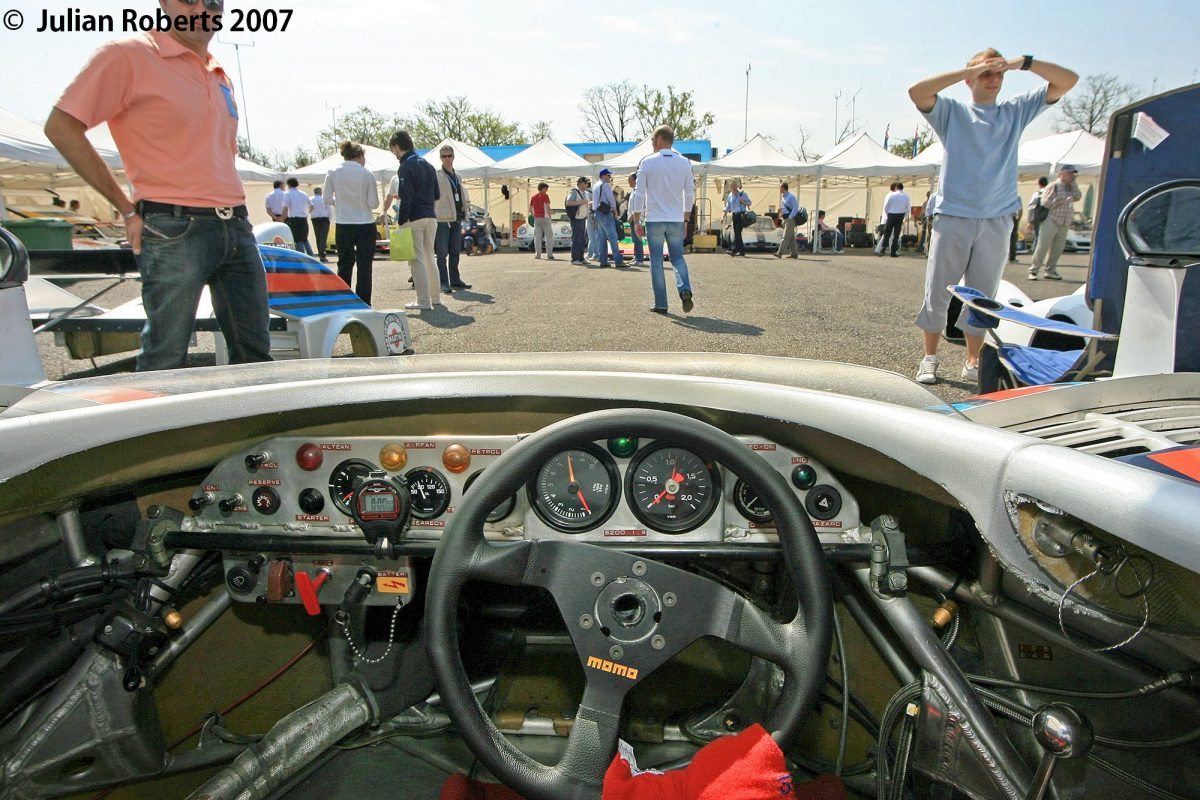
Then I couldn’t resist a wander through the CER enclosure and admire, what to me at least, were becoming the stars of the show.
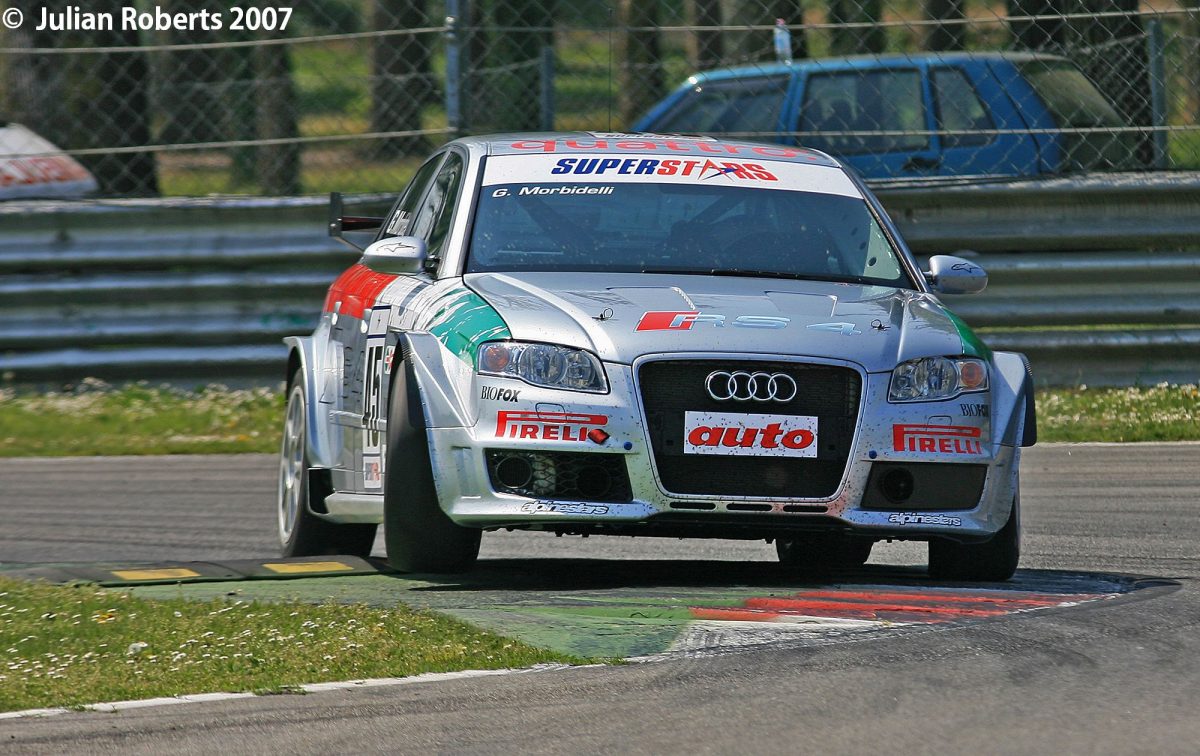
My vantage point for the afternoon was the first chicane; the Variante del Rettifilo. First was a qualifying session for the Campionato Italiano Superstars, the highlight of which was Gianni Morbidelli driving an Audi RS4.

Next up was LMS qualifying. Based on my brief chat with Peter Hall and his wife I was now Rollcentre Racing’s number one fan and I was disappointed to see João Barbosa roll to halt in front of me destined to take no further part.
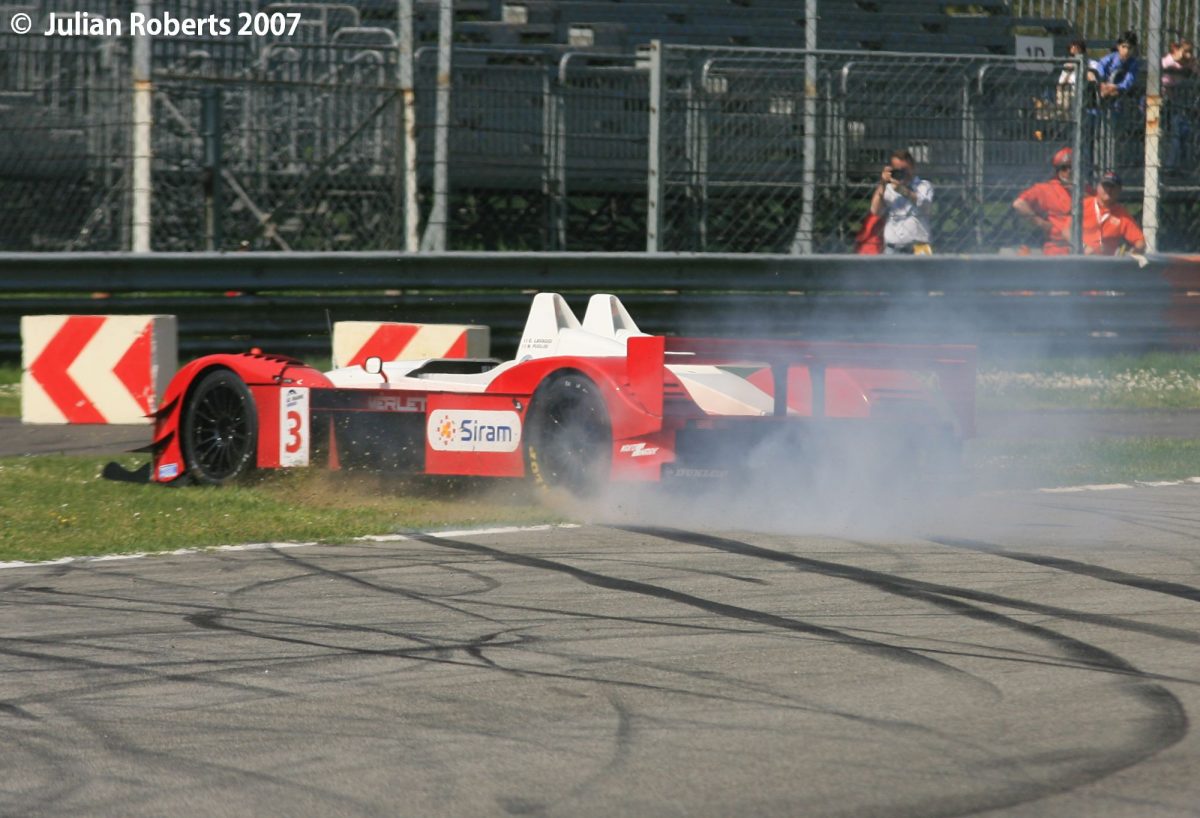
One notable entrant was ex-Pacific & Minardi Formula One driver Gianni Lavaggi, affectionately known as Johnny Carwash. He was sharing the eponymous Lavaggi LS1 with Marcello Puglisi , the LS1 qualified poorly and looked a handful to drive.
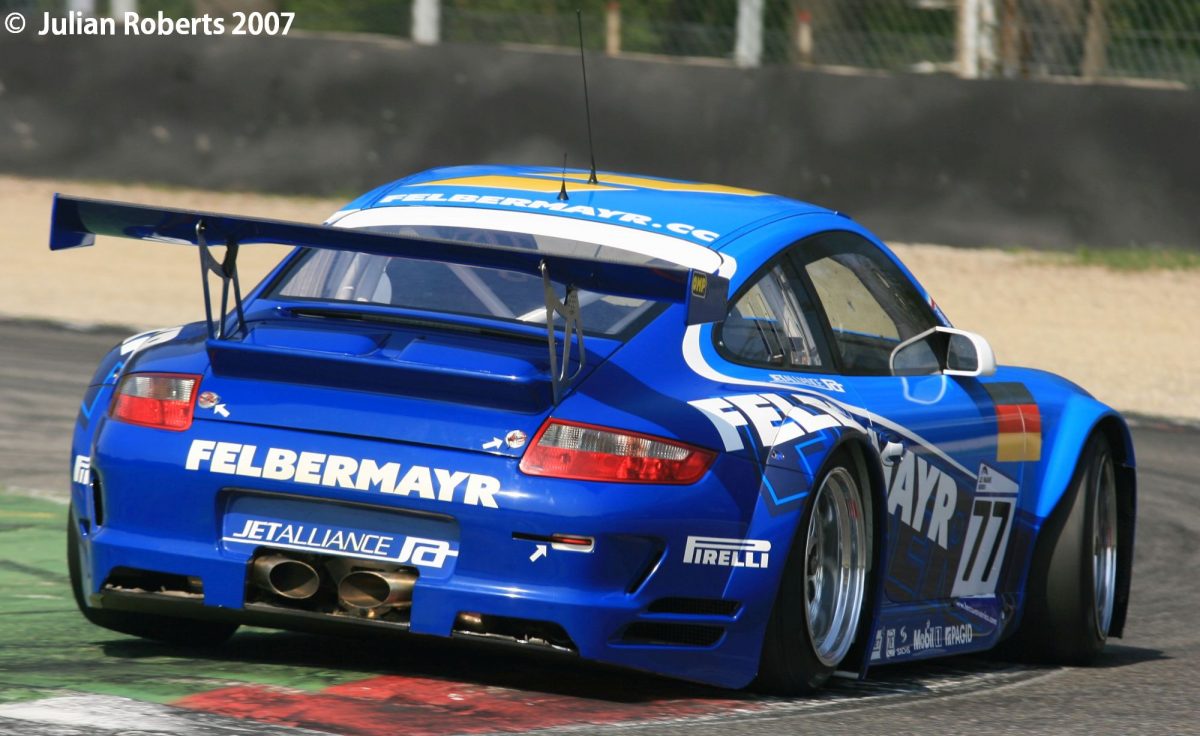
Being a totally unprofessional in every sense of the word, I always select a favourite car which my camera is unfailingly drawn to. This time it was three; the trio of Felbermayr Proton Porsche 997 GT3 RSRs, such a pretty car with a simple but eye-catching paint scheme. It seemed the session was over moments after it began. Predictably the Peugeots were in a class of their own almost two seconds faster than their nearest rival.
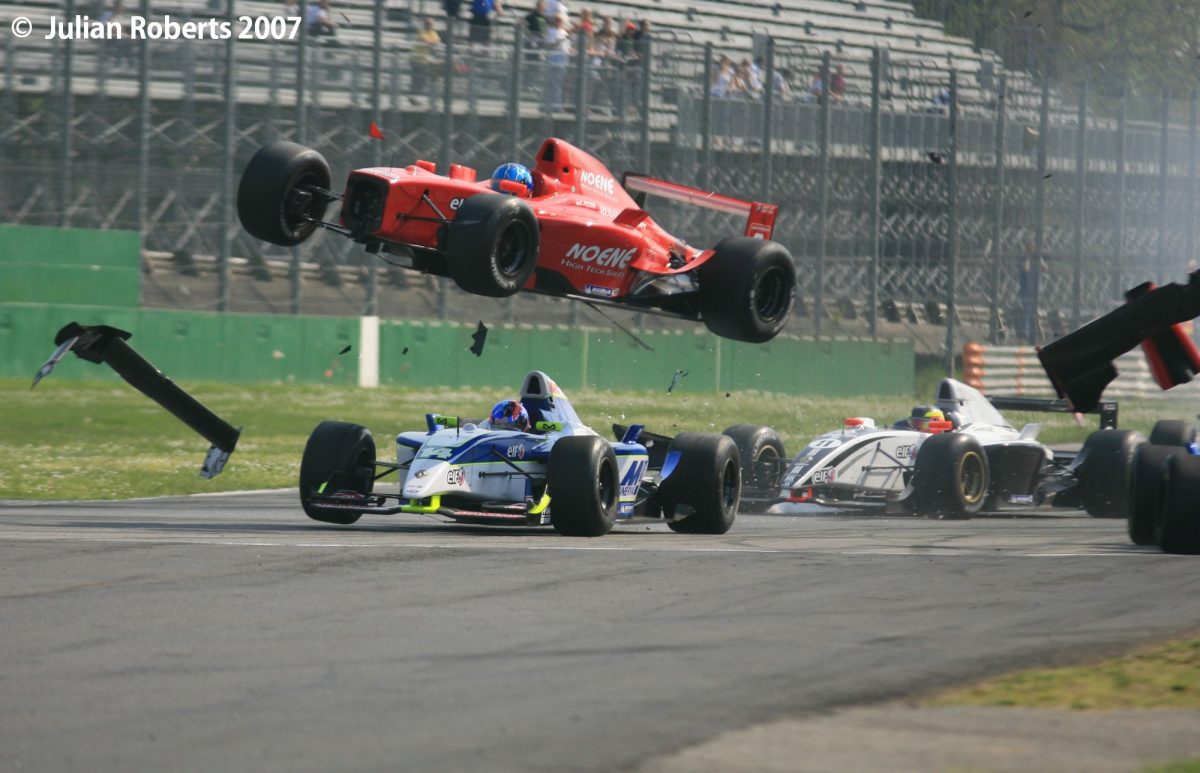
As the LMS field were being put away for the day there was the first race of the weekend, the opening round of the Formula Renault 3.5 Series. This wasn’t a championship I was familiar with and I didn’t recognise any of the drivers, but cynically knowing that young chargers and the first chicane at Monza are seldom a good mix, I made my way across the track (oh the access !) to give me a view almost straight down the circuit towards the start. Then I pre-focussed on the braking point and selected 1,000ths of a second. The start was uneventful, but later there was an incident which brought out the Safety Car. At the restart Clivio Piccione lying in about 10th place, misjudged his braking and slammed into the rear of Guillaume Moreau launching himself skywards like a Eurofighter on reheat. I had focus lock and rammed the shutter button into the body as hard as I could, just following the red plane plane on its wild ride. I fired off 33 frames before the car came to a halt upside down.
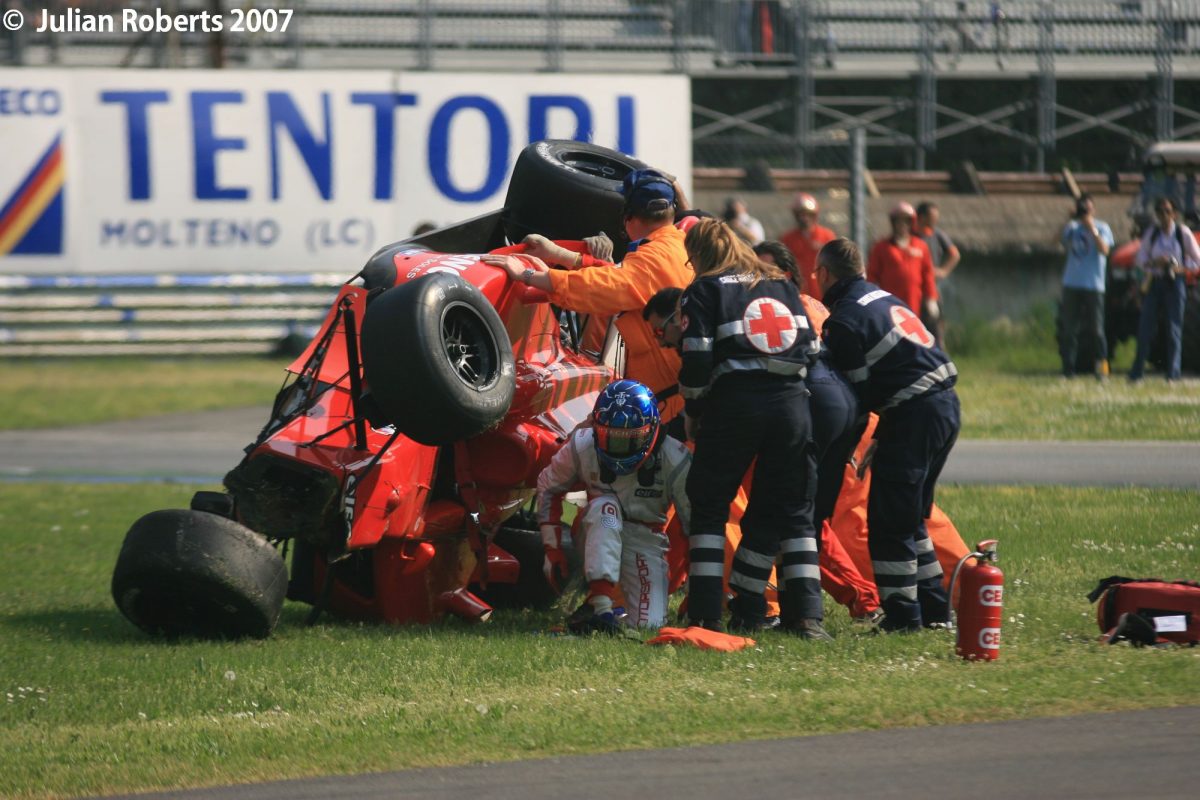
Thankfully, with help from the marshals, Piccione was able to clamber out unhurt. Looking back at the entry list, bearing in mind I’d never heard of any of the drivers, I had just watched future Grand Prix drivers Sebastian Vettel and Giedo van der Garde.
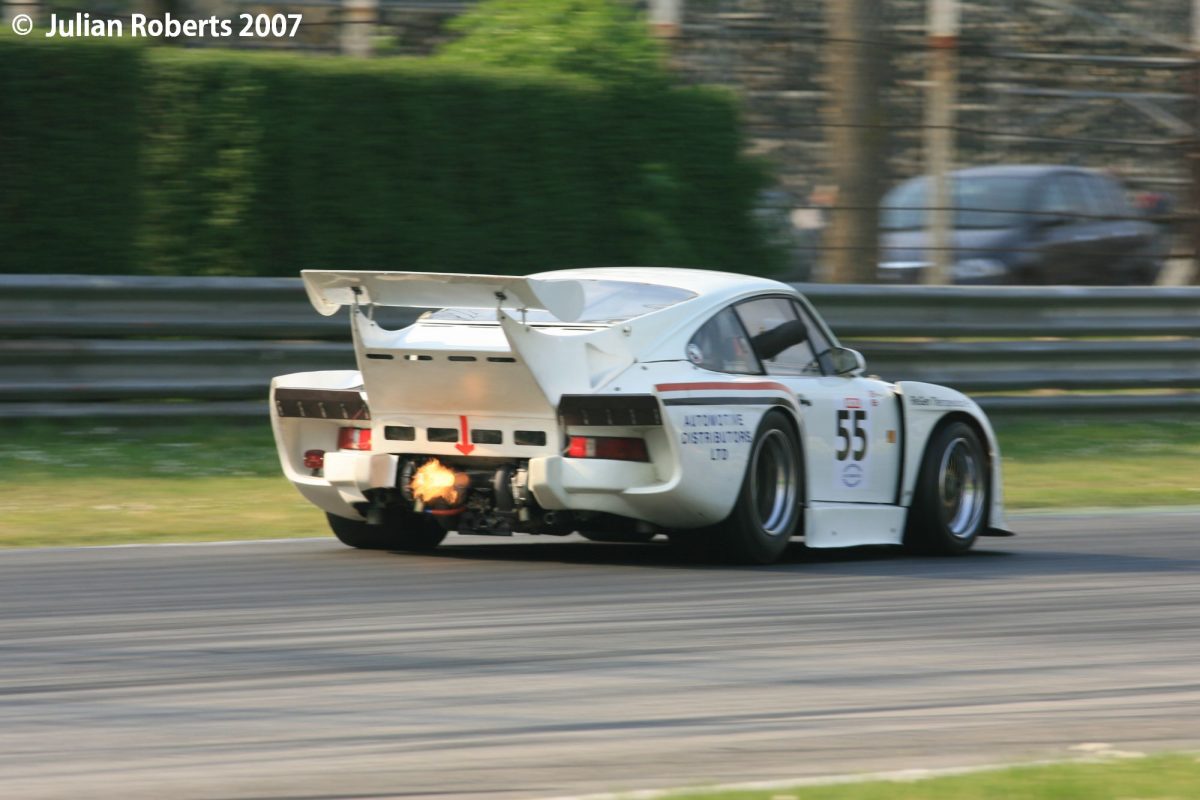
After some tracking sweeping and the collection of abandoned cars it was time for me to enjoy the Classic Endurance Series race. As always I was drawn to the Porsches like a moth to a candle, I cannot resist them. There was a 908-4, two fire snorting 935s, four RSRs, three RS, two Group 4 911s and a 906; Porsche heaven.
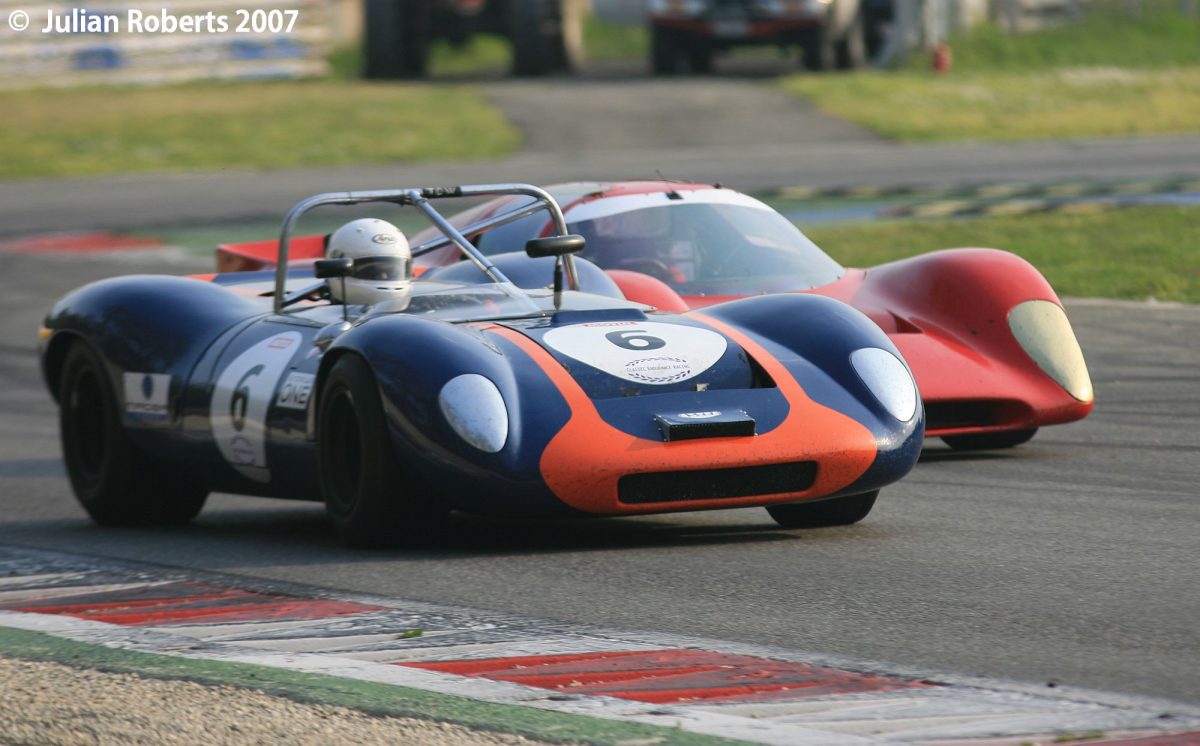
One particularly interesting car was the wooden monocoque design Astra RNR2 FVC designed by Roger Nathan and driven by Stéphane Gutzwiller. Seeking to check the details on the Astra, I reached up and left (I am surrounded by books on three sides in my tiny study) for my copy of Roger Nathan’s autobiography “An Adventurous Life”. It’s pleasing to note the above mentioned Stéphane Gutzwiller was Nathan’s co-writer for this project.
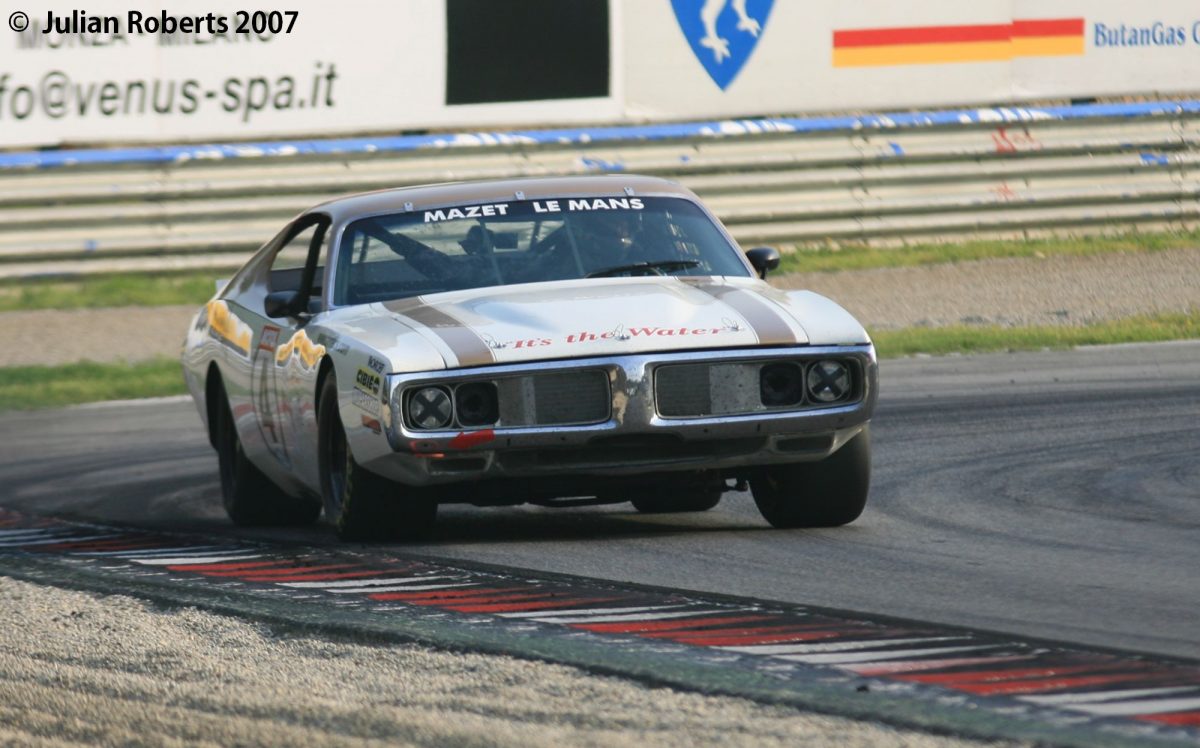
Apart from the Porsches my favourite classic had to be Christophe Schwartz’ Dodge Charger, I had never heard a louder race engine, it was magnificent. Starting life as a road car, this was a ground-up recreation of father and son Hershel and Doug McGriff’s 1976 Le Mans entry. The ACO were keen to form an alliance with the Daytona 24 Hours and contacted Bill France, the head of NASCAR, inviting some American iron over to La Sarthe. Two IMSA specification Chevrolets, John Greenwood’s Corvette and Michael Keyser’s Monza made the trip as did two NASCAR stock cars. A Ford Torino and McGriff’s four year old Dodge also took up the invitation. At Le Mans it weighed 1,660kgs, had four forward gears, drum brakes and a live rear axle on leaf springs. Oh, and the McGriff’s only fitted mirrors following concerns brought to the ACO by the prototype drivers. It wasn’t a fairy tale ending. The car was designed to run on high octane fuel not the 80 octane essence available at the circuit and destroyed two engines in practice. The race engine did not even last two laps. This recreation now using decent fuel runs consistently well and, like the original, is a crowd favourite.
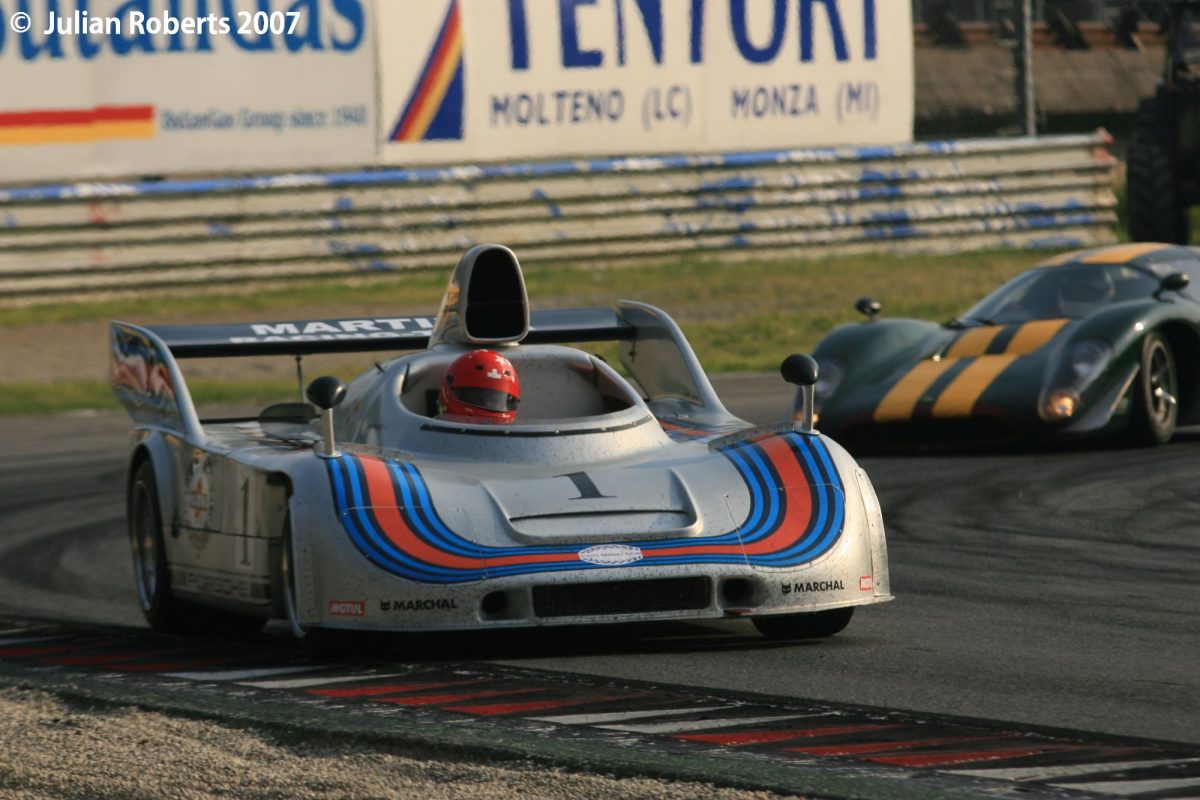
The race lasted an hour and I gleefully fired off another 400 shots!
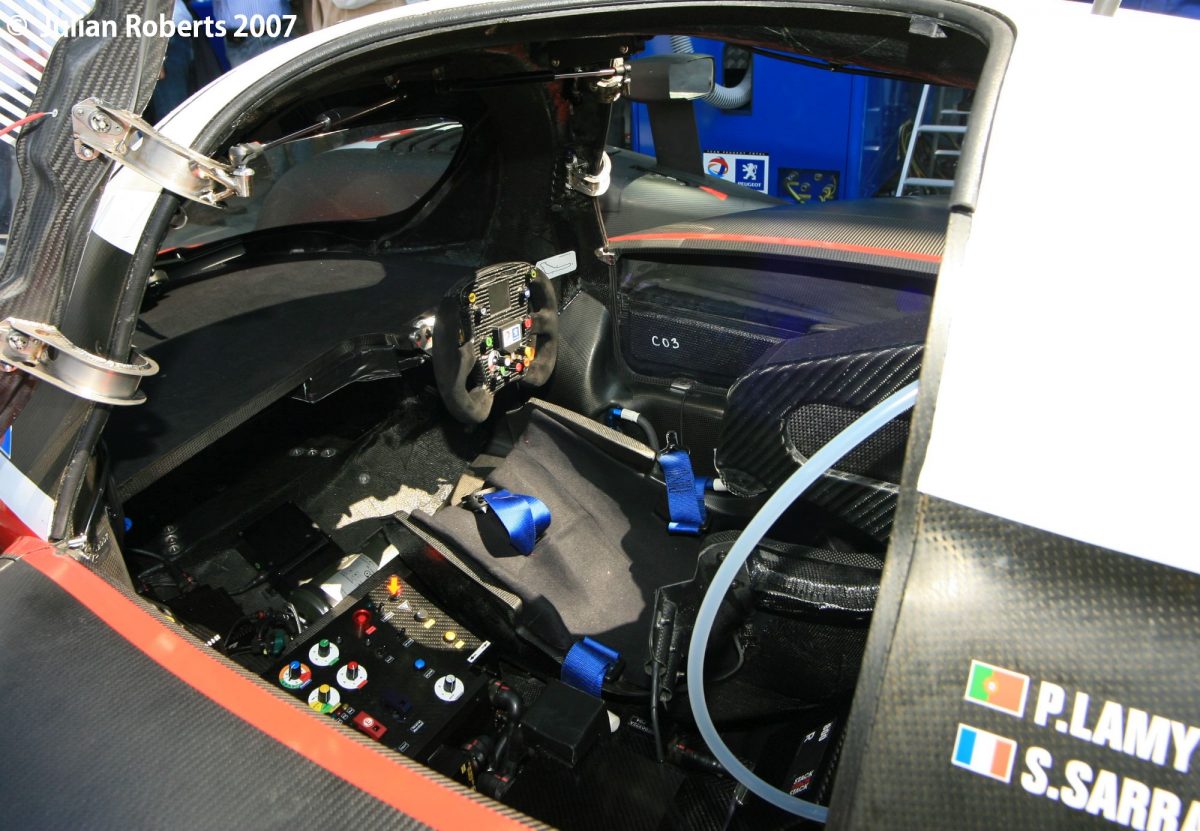
Sunday dawned, no more preamble, time for the main event.
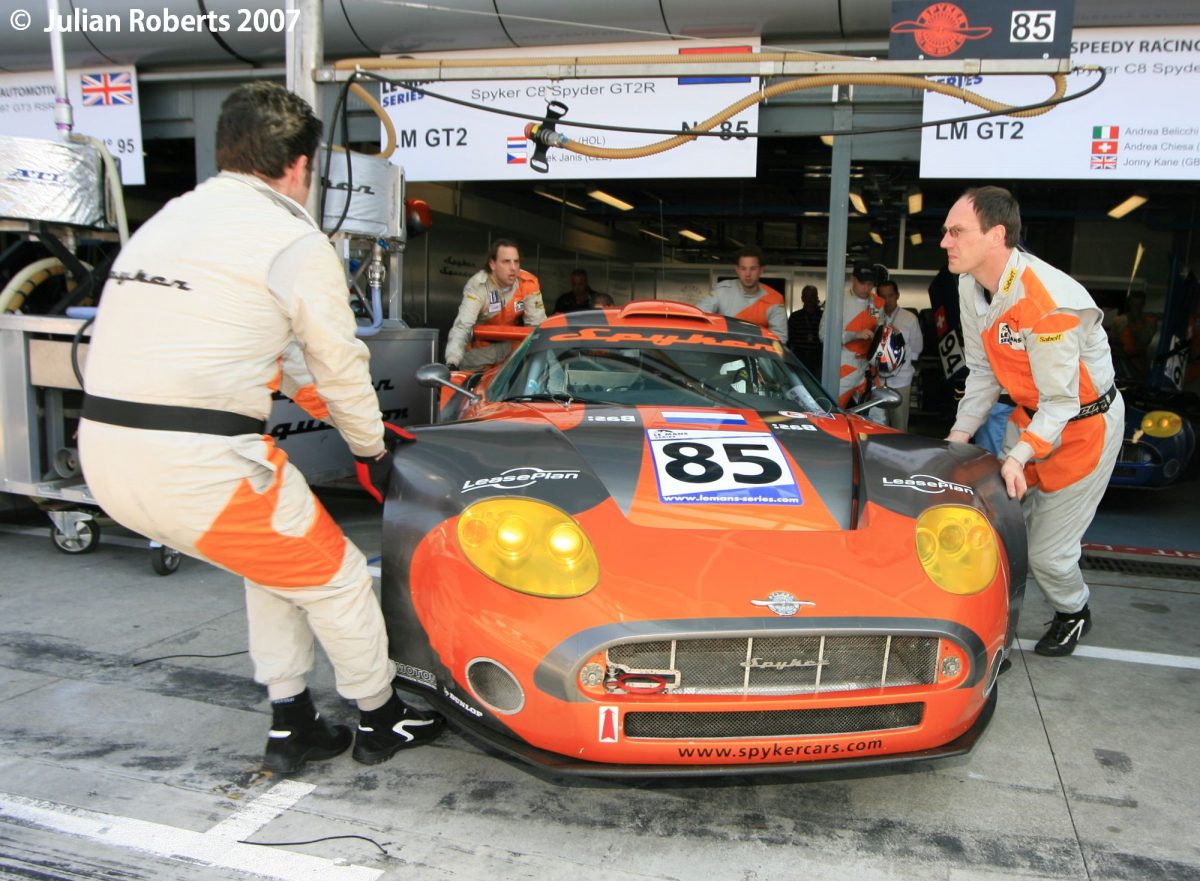
Not being blessed with the ‘access all areas’ photographers vest I had to grab my pitlane shots during the morning pit walkabout.
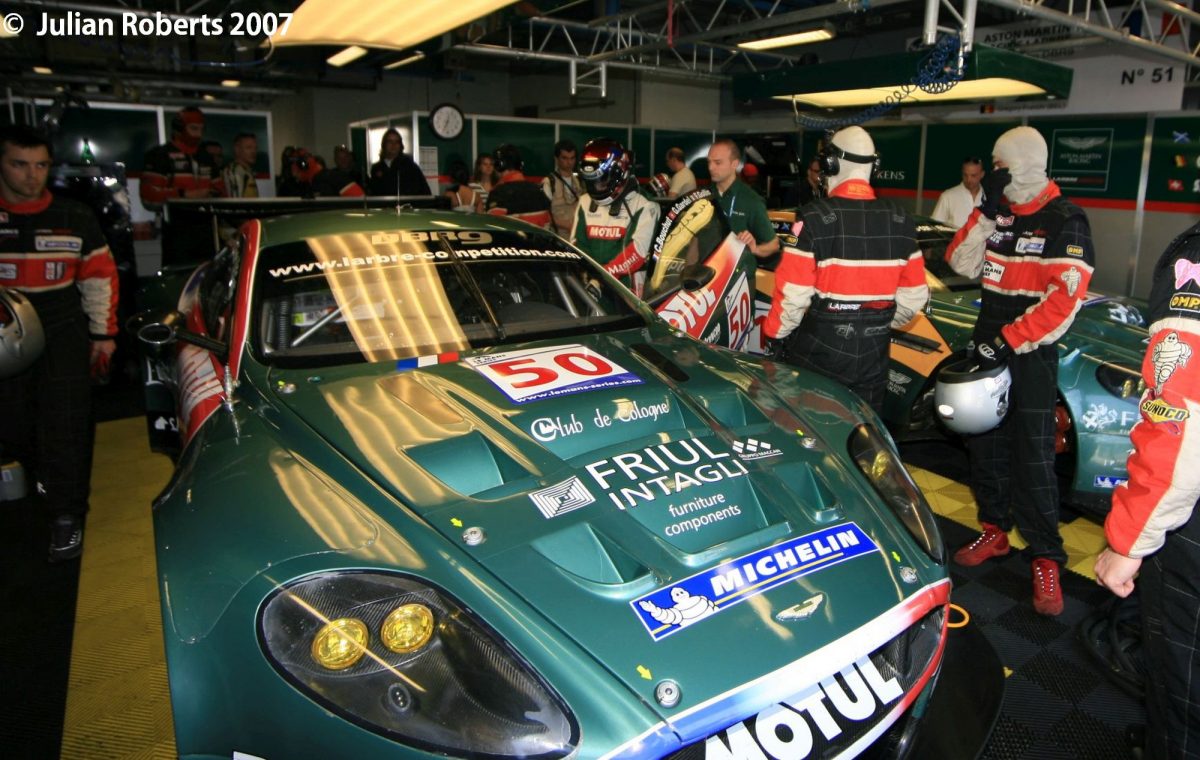
Not to worry, make the best of it, you’re at Monza !

My new favourite driver Stuart Hall posed for me looking very ‘eff wun‘ in his graduated shades, behind, in civvies, stands his erstwhile team mate Phil Keen.
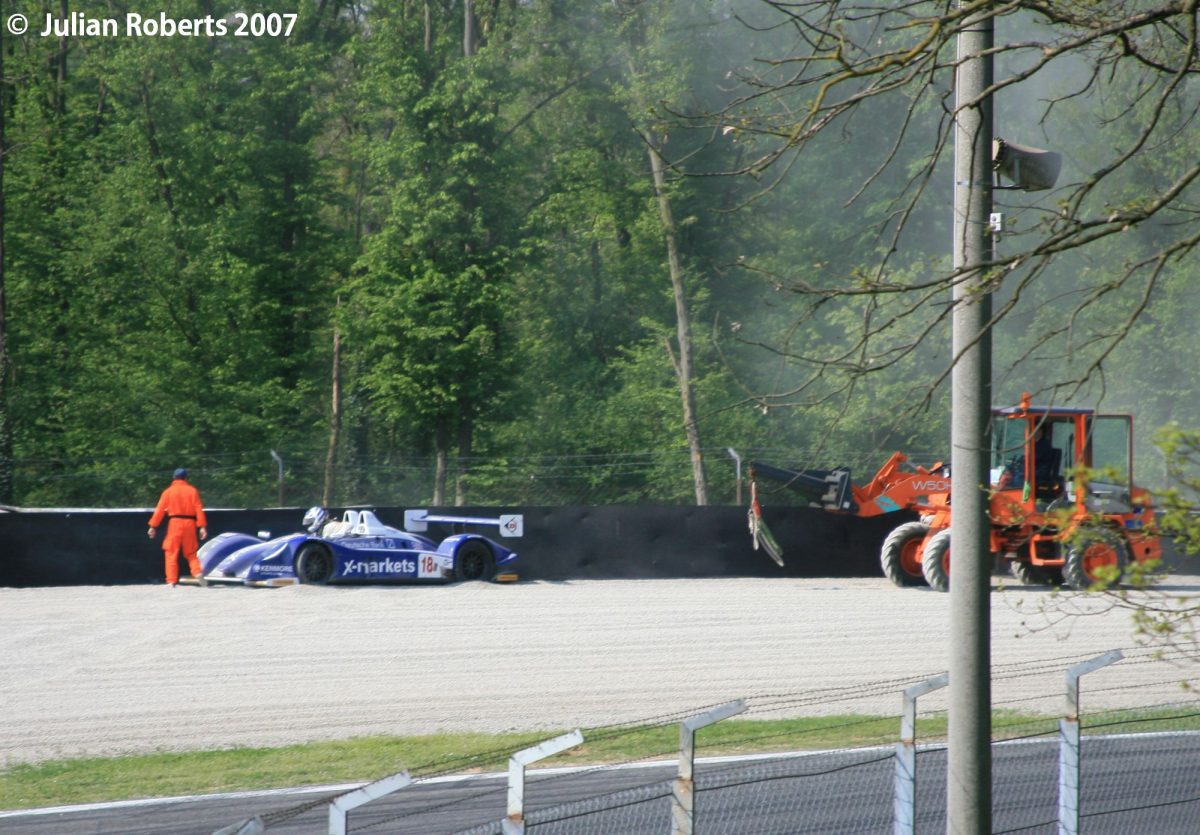
I was told, that Rollcentre boss Martin Short had stood Keen down as he was driving the heavy prototype “like a Formula 3 car”. Also beaching it in the Parabolica gravel trap on his first flying lap during Practice, leaving the team unable to set further times in the session, can’t have helped.
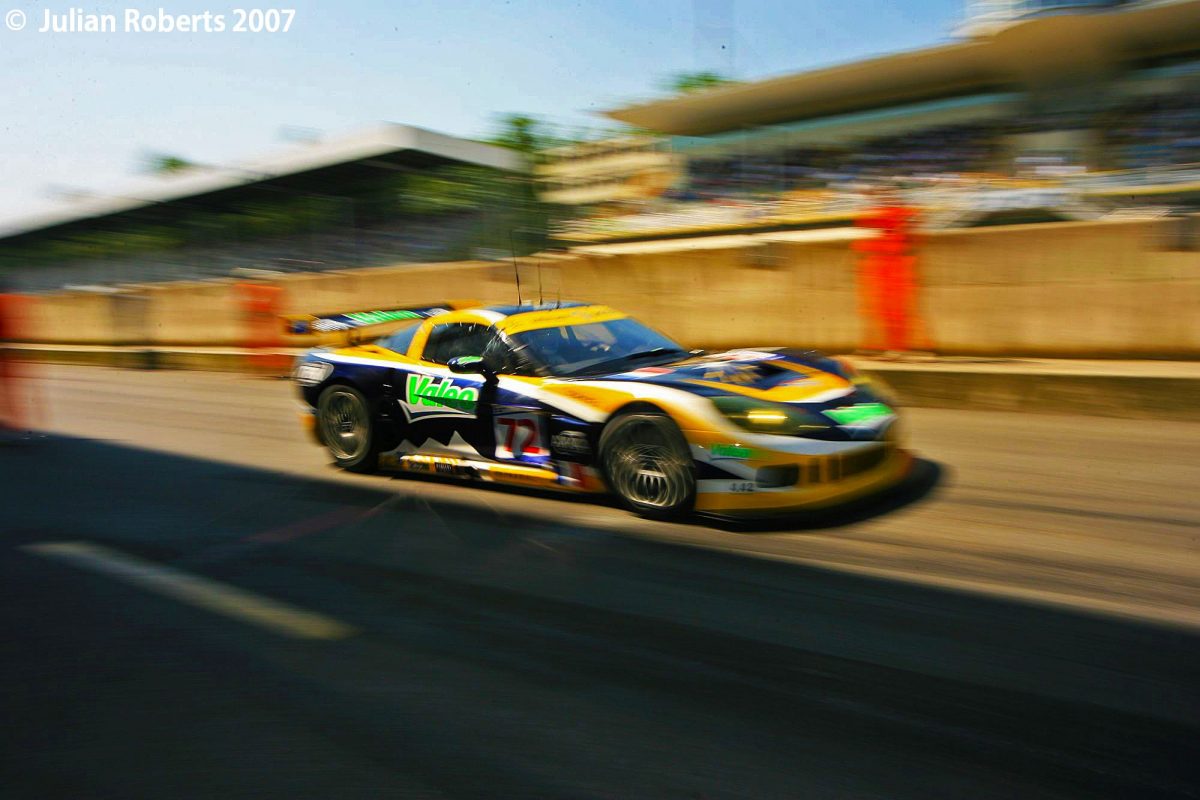
By now the cars were leaving the pits and I needed to get moving if I was to catch the start.
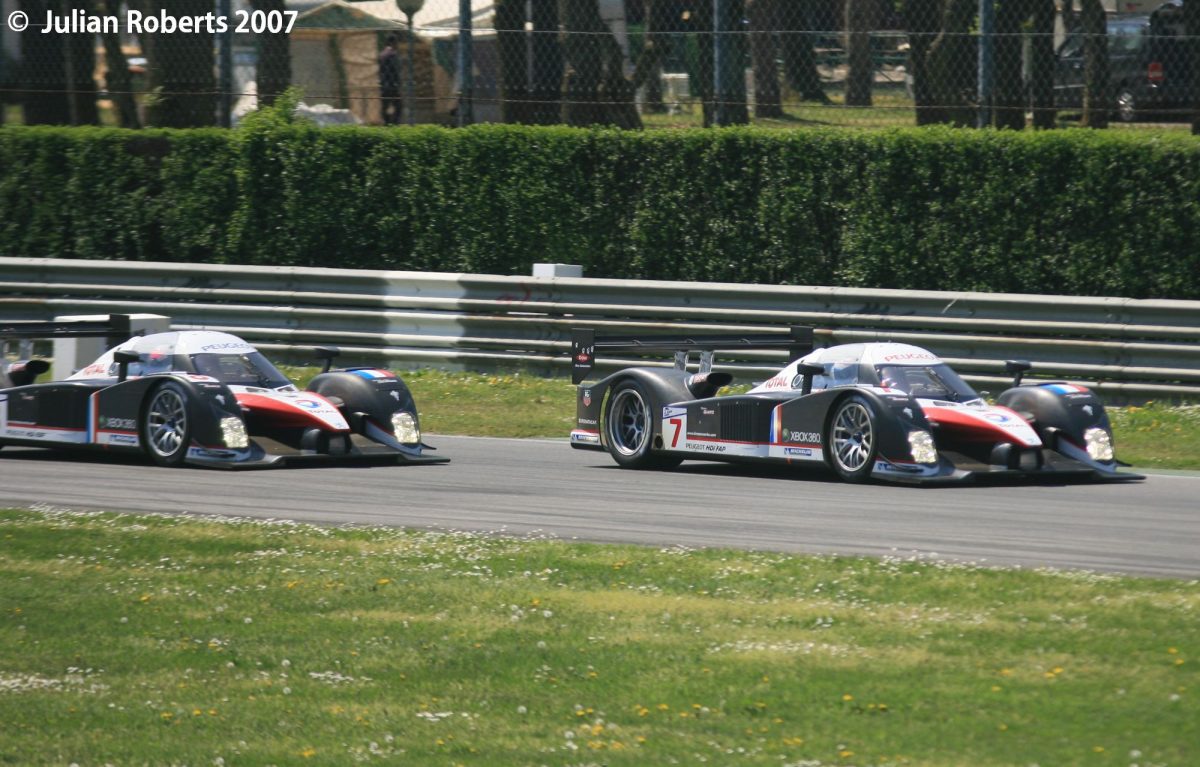
I chose to stand in the raised photographers enclosure overlooking the Variante Alta. This was a mistake. It has a perfect view over the chicane with the cars coming straight towards the camera after the initial turn in.
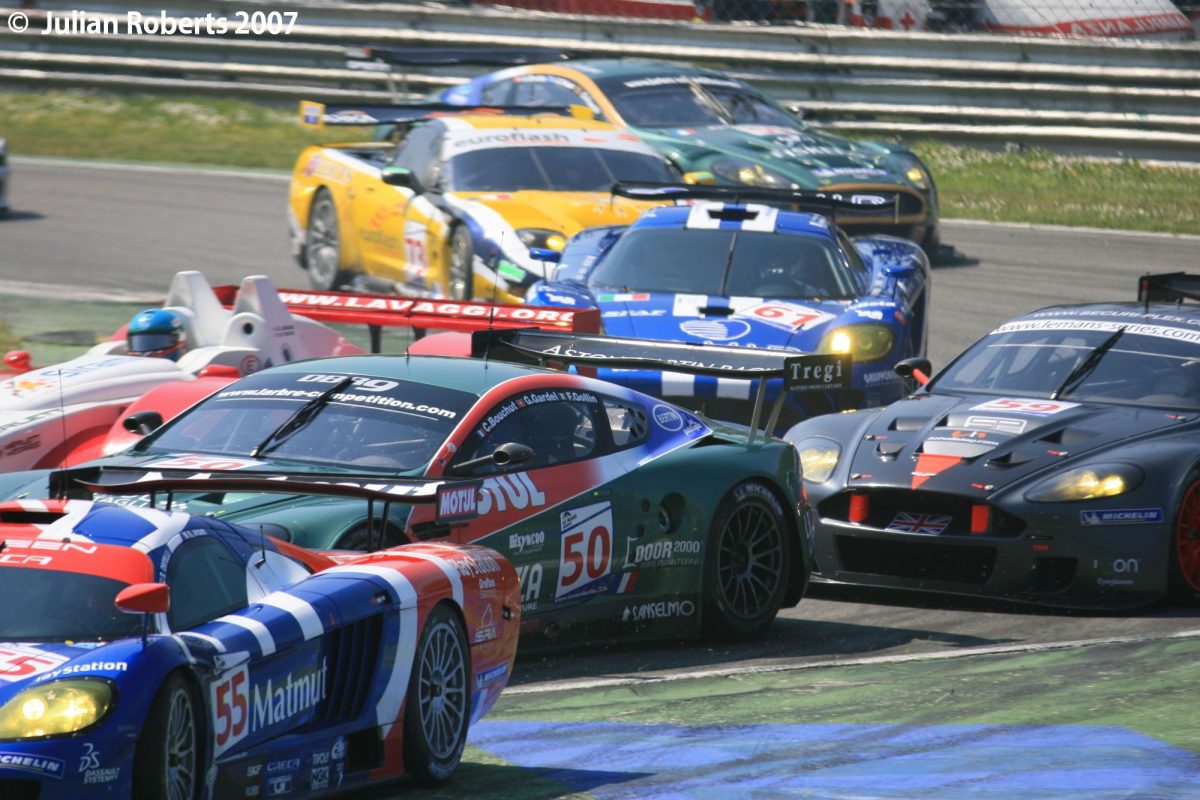
Without thinking I’d selected my 300mm lens and while it was fine for picking out a single car, it was too long to the capture the melee of the opening lap. I shot the 2 Peugeots braking for the chicane, thereafter my images of the start are a colourful collage.
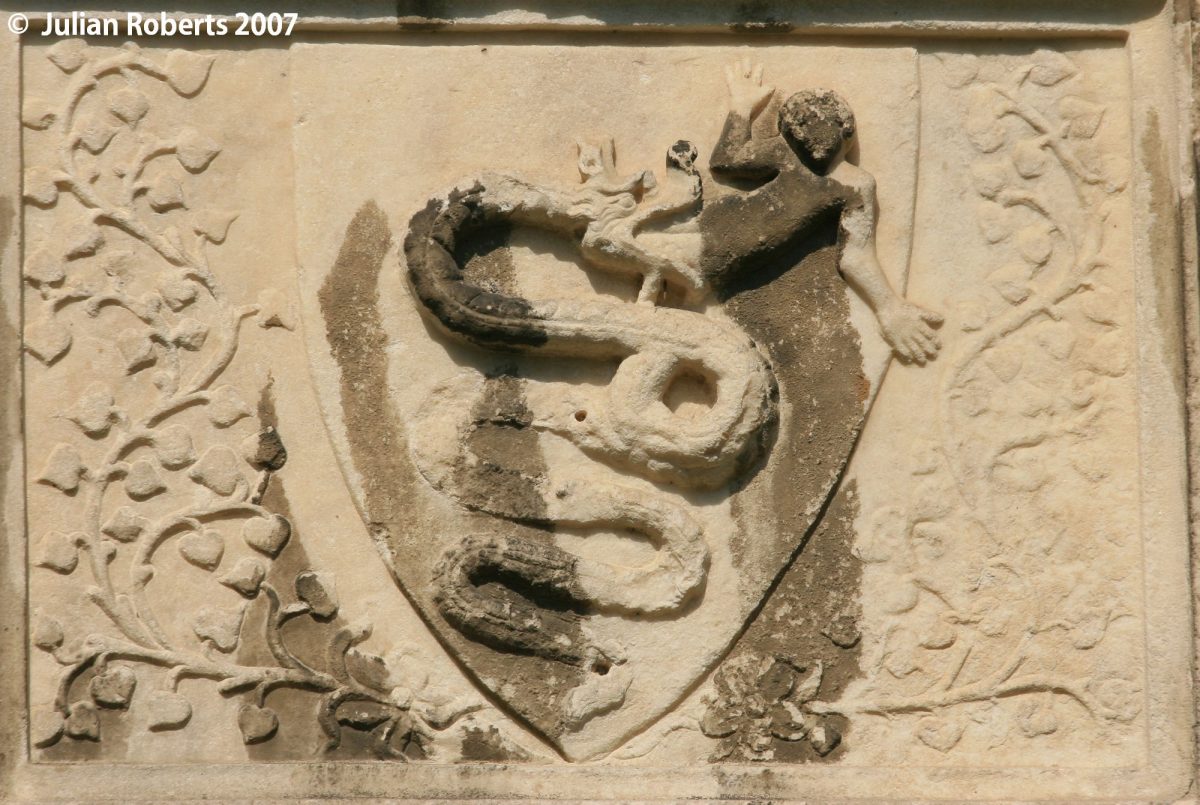
Abandoning my lofty perch I returned to ground level and crossed the infield to the Variante Ascari and began a slow anti-clockwise, lap of the circuit via the Curva del Serraglio, the Lesmos and Variante del Roggia and finally, my favourite spot, the photographers’ platform above the Parabolica. On one of the service roads inside the circuit there’s a small old quite old looking building which had a familiar moulding of a snake on a shield. Familiar because reversed it is the Alfa Romeo symbol. Following a little research I learn it is called a Biscione and is generally the symbol for Milan and particularly it’s the eleventh-century Milanese Visconti family coat of arms. The origin of the serpent devouring the human (some say child) isn’t certain and there are a number of theories.
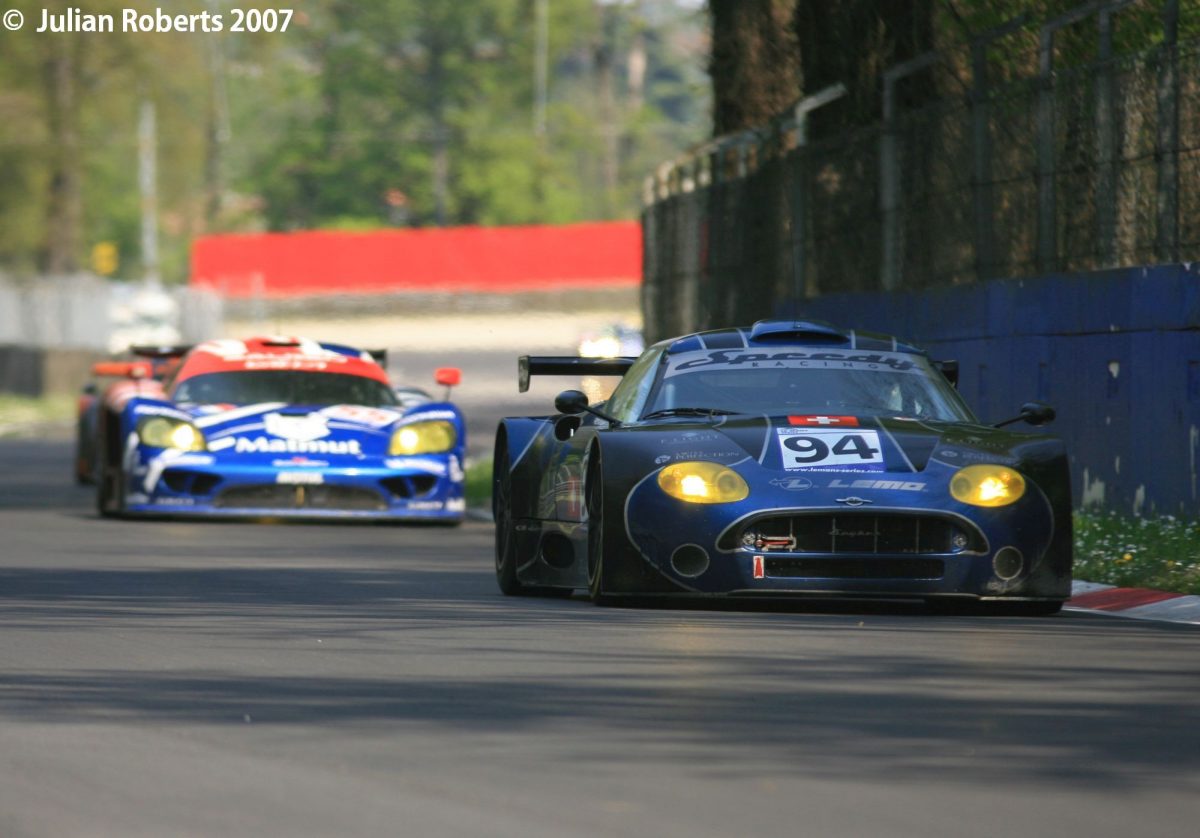
My day was just about perfect.
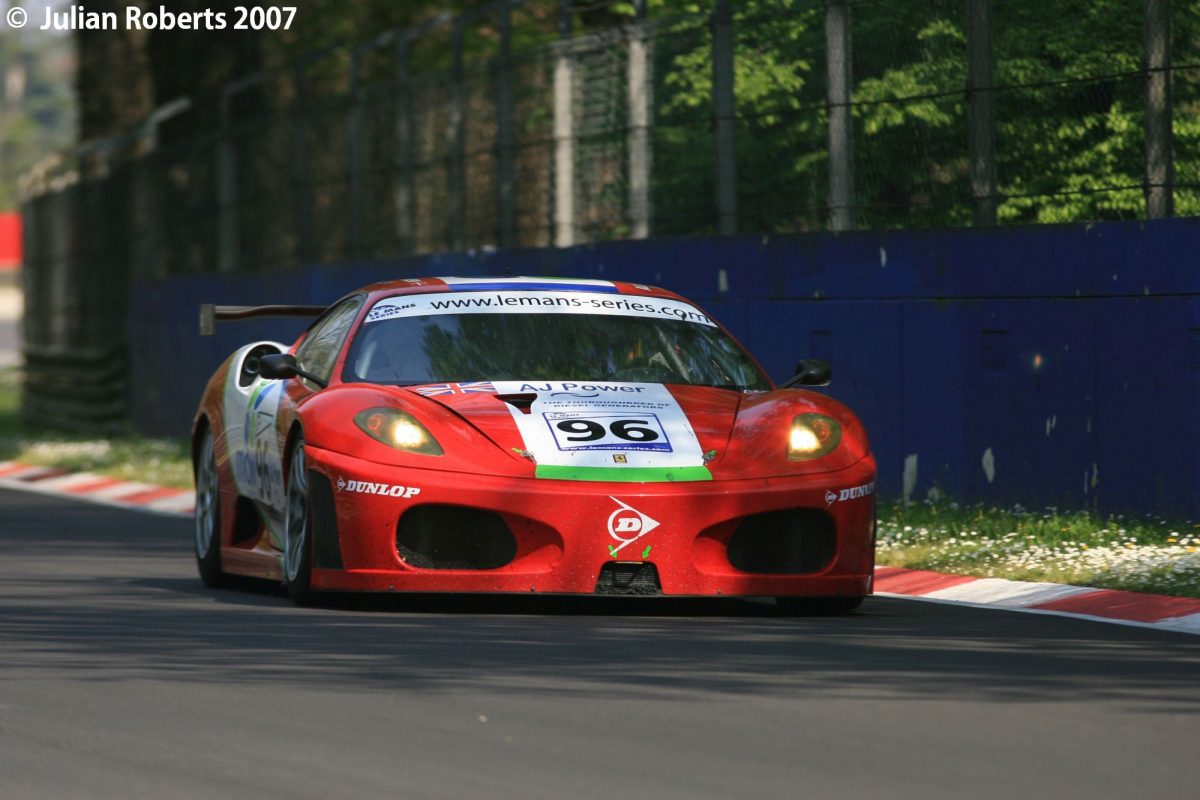
I was in warm autumn sunshine watching THE Monza 1000kms with full trackside access. Pausing at Curva del Serraglio which is the bend between Lesmo Two and the old banking I crouched behind the Armco barrier and had a great view back up the track towards Lesmo Two and then lay down in the access to shoot the cars going away under the bridge.
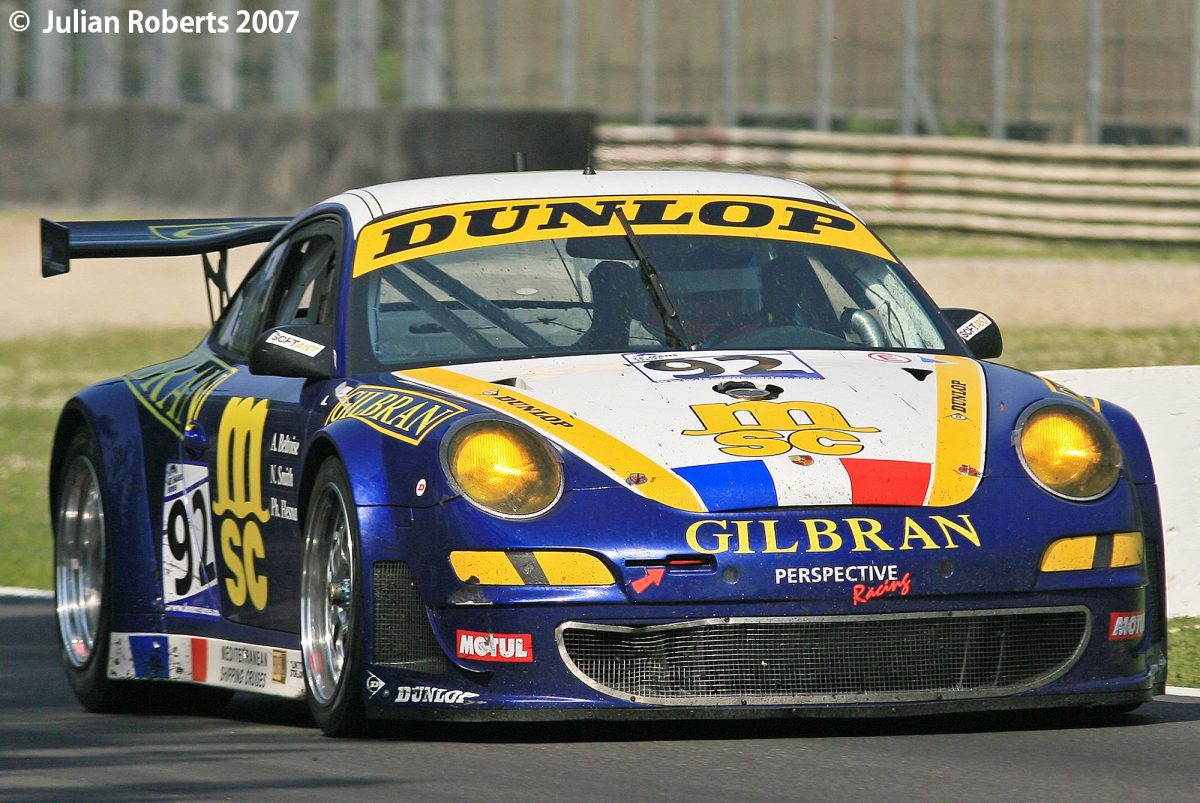
Next was Lesmo Two and I was surprised just how close I was permitted to stand to the tarmac, now the cars weren’t just an aural sensation, I could physically feel them too.
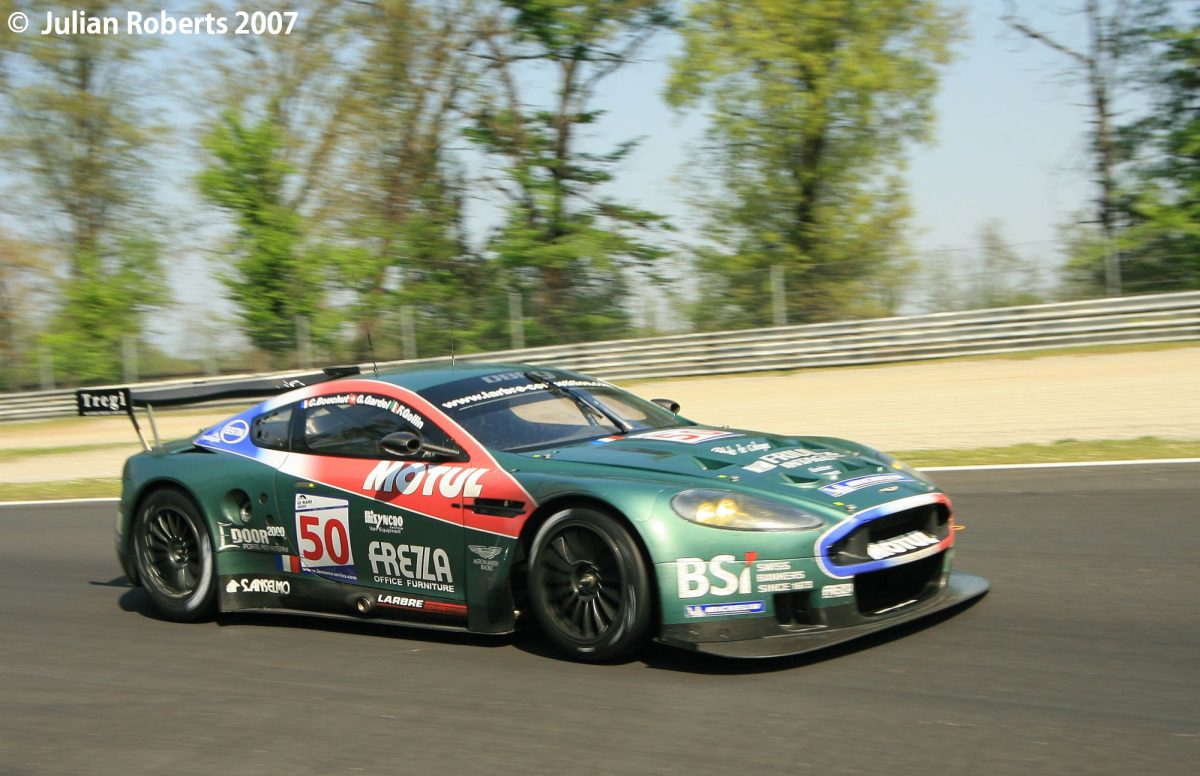
I stayed about half an hour switching between my 300mm lens to catch them head on and a wide angle angle lens panning with the cars as they swept through.
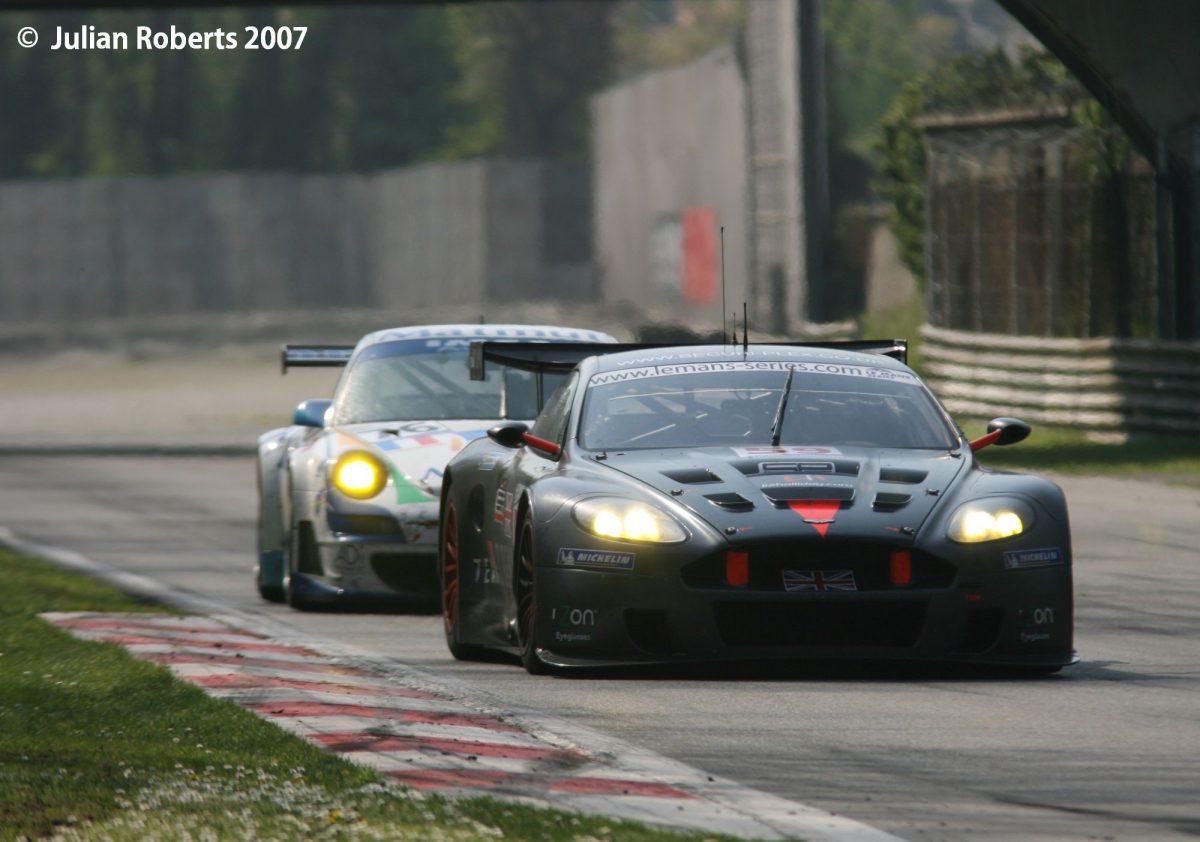
Spoiled for choice I made another bucket list tick and walked alongside the track to the Variante del Roggia.
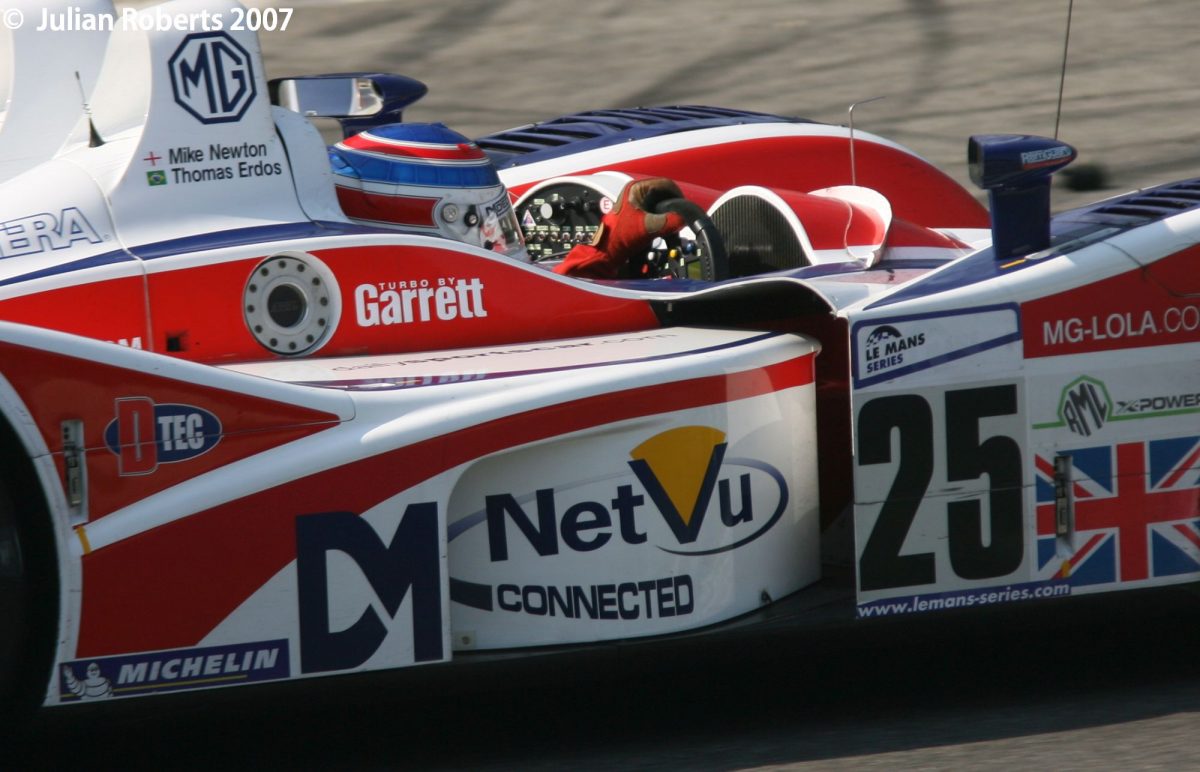
Here the cars come storming into view from the Curve Grande then hard on the brakes for this fast left right left.
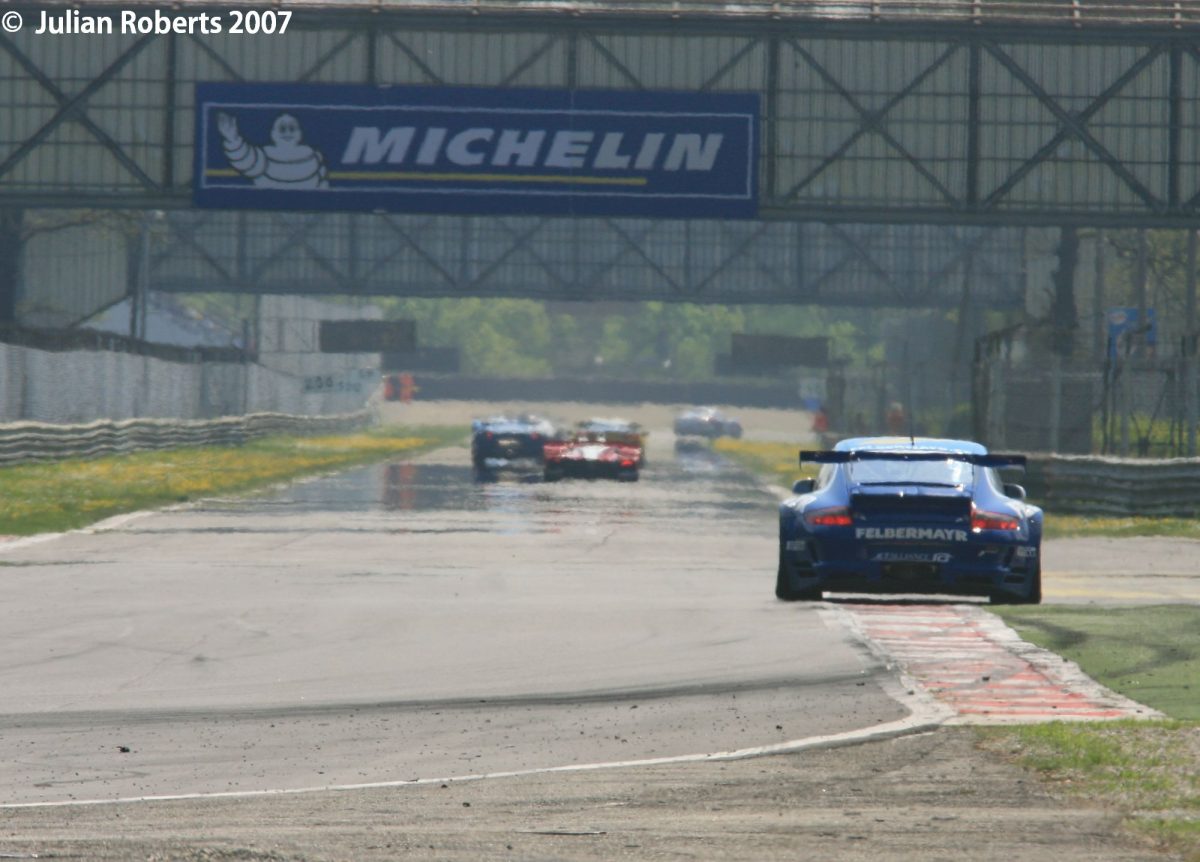
Next was the Variante Ascari once more on my way to my favourite perch in the photographers’ box at the Parabolica.
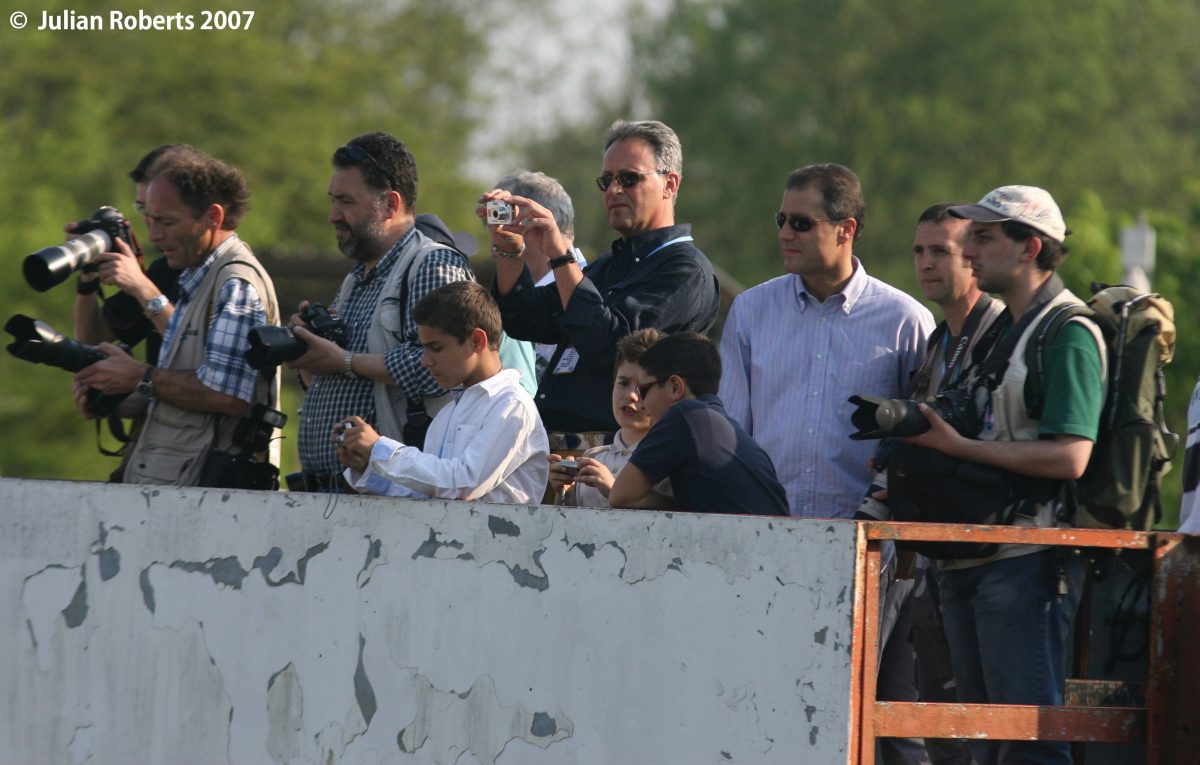
Space was at a premium as the prime spots were occupied by three young boys wielding tiny point and shoot digital cameras.
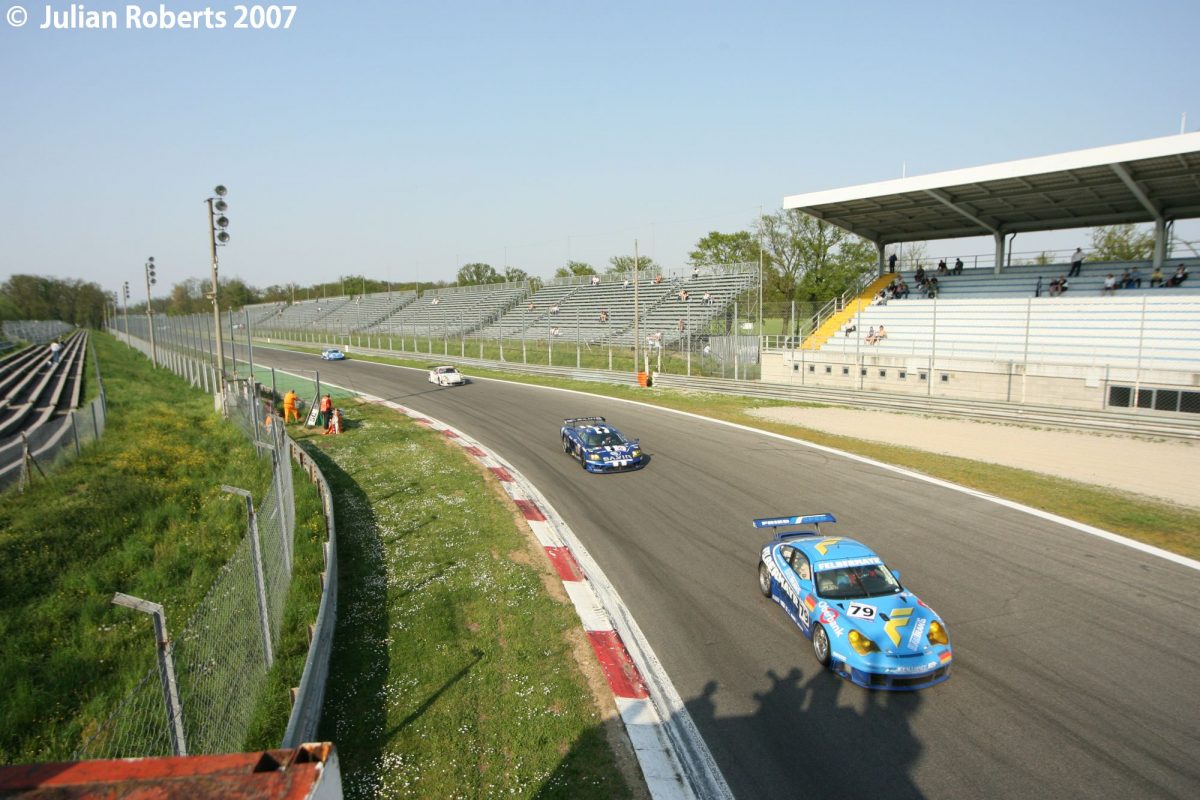
Elbows out I took up my position and lost myself in overhead photography.
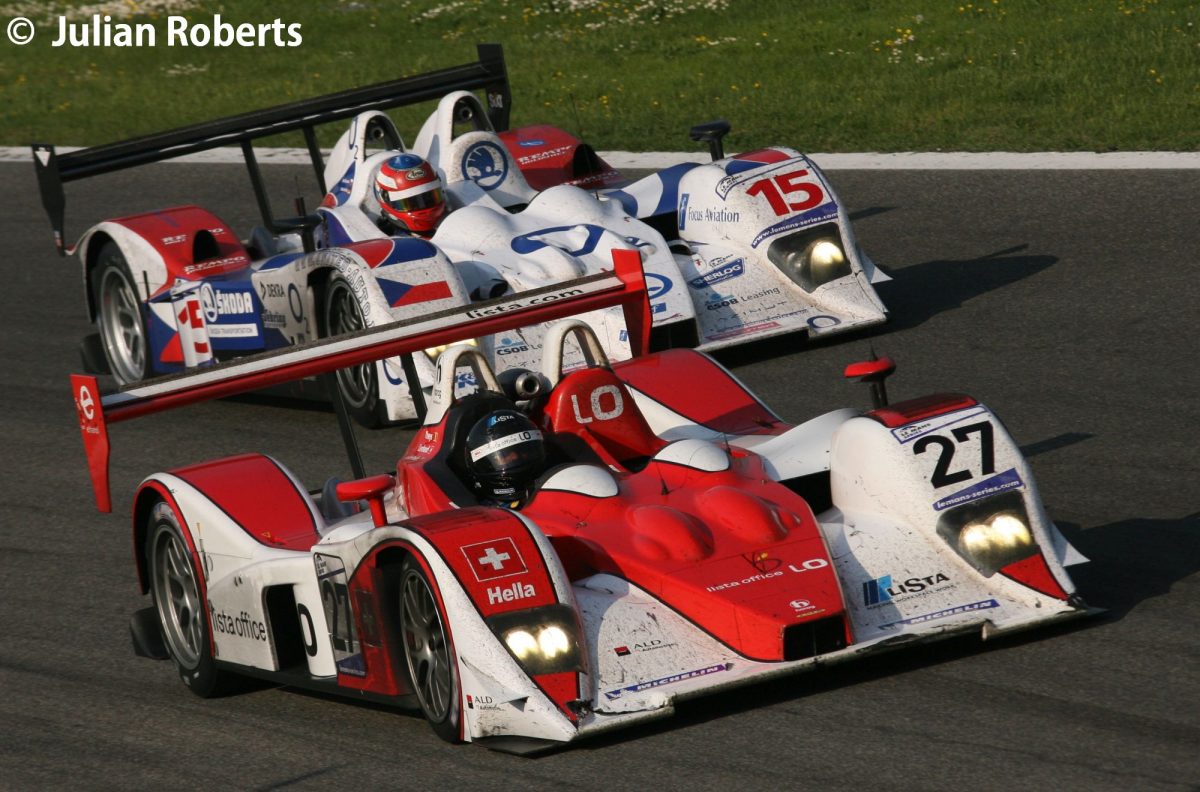
Suddenly it was very quiet. The race had ended, to the surprise of absolutely no one, Peugeot won, though it was first and third for the 908 Diesels.
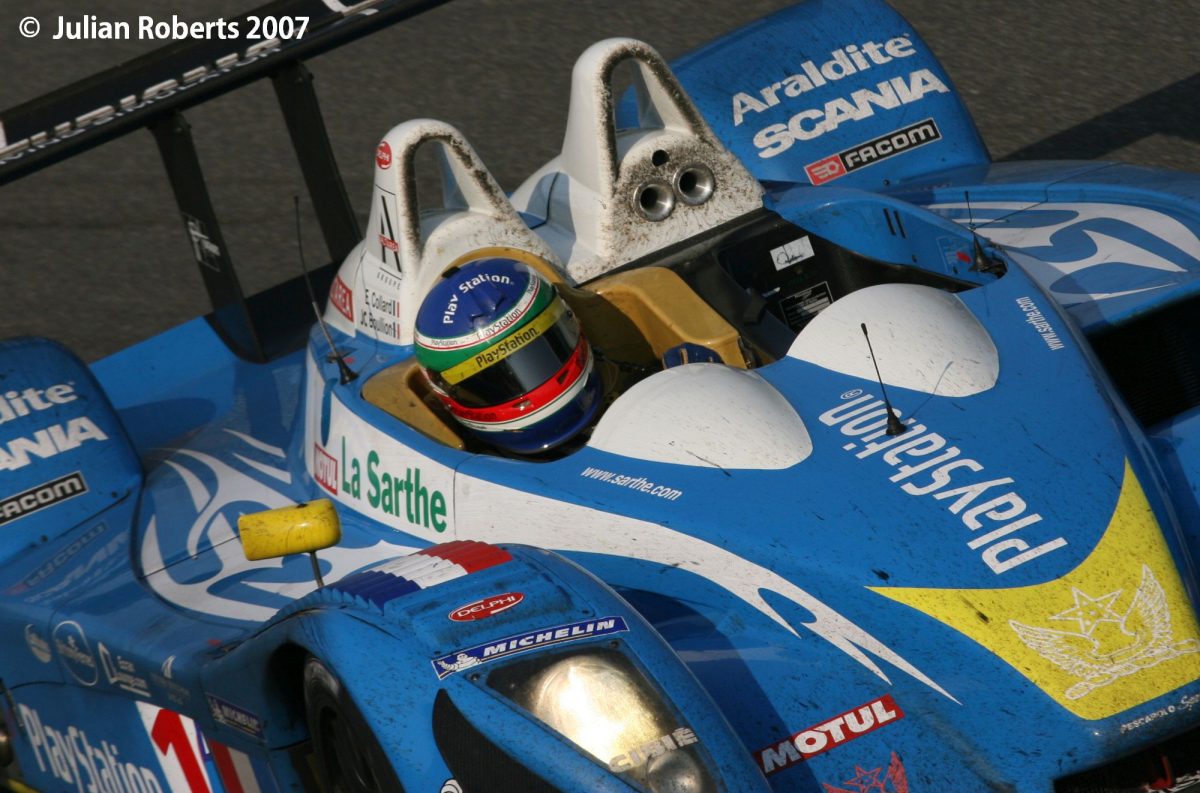
This allowed the Pescarolo Sport team some well-deserved glory grabbing second place, and their second car finished fourth. Back in the paddock I bumped into Mr & Mrs Hall who were pleased with Stuart’s result – starting in dead last he and João Barbosa had climbed through the field to finish in seventh place. Better still they offered me a lift back and we arranged to meet for dinner at the hotel. Sadly being a Sunday, the restaurant was closed, but the receptionist directed us to a local pizzeria where we gorged ourselves on wood fired pizza and cheap red wine talking about motor racing and in particular (at my insistence) his time in the BTCC and his association with Andy Rouse. A fitting end to a terrific weekend.
I’d booked a lunchtime flight home so there was no hurry over breakfast. Taxi to the airport, back to Stansted, an hour’s drive home and that was it, back to work and reality tomorrow. Already I was having doubts at my ability to make a living out of this, but I was certainly going to enjoy myself !
Next stop, round two of the FIA GT Championship at Silverstone in May.
Julian Roberts, October 2020
The post My Big Year – The Prologue first appeared on DoubleDeClutch.com.
]]>The 40th Antwerp Classic Salon celebrated Ferrari’s 70th anniversary with a magnificent display of Prancing Horse machinery that included cars with significant history. The selection ranged from a 1947 166 Inter Coupe to an F40, and included a 500 Superfast that had once belonged to Peter Sellers together with a 275 GT Spider, formally the […]
The post A Classic at Antwerp first appeared on DoubleDeClutch.com.
]]>The 40th Antwerp Classic Salon celebrated Ferrari’s 70th anniversary with a magnificent display of Prancing Horse machinery that included cars with significant history. The selection ranged from a 1947 166 Inter Coupe to an F40, and included a 500 Superfast that had once belonged to Peter Sellers together with a 275 GT Spider, formally the property of Raquel Welch. Those two cars alone could surely tell a few stories! Meanwhile, a 288 GTO was previously owned by Belgian driver Jean Blaton and also father-in-law of one-time Ferrari F1 driver Jacky Ickx. Blaton himself, now aged 87, raced sports cars under the peudonym of “Beurlys”, twice finishing third at Le Mans in a Ferrari.
Ferrari’s long associations with Le Mans was covered by a rarely-seen 512 BB in ‘European University’ colours, as raced at La Sarthe in 1981. The 512 BB was progressively developed by Pozzi and examples appeared at Le Mans over several seasons, starting in 1978 when a car due to be driven by the aformentioned Blaton retired before he got behind the wheel. The car on show at Antwerp (chassis #35525) was entered by Rennod Racing and driven by Belgians Dieudonné, Xhenceval and Libert, finishing ninth overall and third in class. The result was all the more credible as Dieudonné fell ill and only drove for four hours.
Ferrari’s origins were not forgotten either; before building cars in his own right, Enzo Ferrari’s team raced Alfa Romeo’s and on show was a 6C 1750 that Ferrari sold new to Luigi Scarfiotti, the father of later Grand Prix driver Ludovico. The car was entered in the 1930 and ’31 Mille Miglia events under the Scuderia Ferrari banner, finishing in sixth place on the latter event.
More modern Formula 1 activity was covered by an 87/88C that was used by Gerhard Berger en route to third place in the 1988 World Championship, beaten only by the battling duo of Ayrton Senna and Alain Prost.
Antwerp is not primarily about exotica though; whilst there are plenty of other rare and unusual vehicles to be found, it is also an event where more mundane machinery gets a look-in. Thus it was that the concours judges found themselves selecting as ‘Best in Show’ a rather superb Mercedes-Benz 280SE Cabriolet that was actually a hire car! The green machine would make the ideal holiday tourer. The concours classes were split into three ages groups, the earliest being for vehicles from 1885-1995, where first prize was awarded to a Talbot Lago whilst second went to a rather splendid MG TD.
The MG was offered for sale privately by the very engaging Stephan Mackertich, who lives in France, and had taken the MG in part exchange for a Jaguar E-Type. The English owner of the MG had apparently bought it fresh from a superb restoration and having driven it only a few miles decided an E-Type was what he really wanted. By contrast, Mackertich was also showing an unrestored LHD 1952 Morris Minor Convertible that he had brought in from Sri Lanka where it had originally been owned by a diplomat. The green car was well-patinated and the owner was inclined to keep it that way.
Again, in the 1956-1975 class it was the second-place car that had a lot of appeal, being a 1967 Alpine A11 in rarer cabriolet form but in the end it was just pipped by a Borgward. Alpine of course is very much in the news with the launch of the new A110. A Volvo might sound like an unusual choice, but the judges awarded the 1976-1990 class to a Belgian-built 1983 Volvo 240 Turbo that had been superbly restored by its passionate private owner at a cost of some 40,000 euros. The judges felt the fact that this was the work of an enthusiast rather than a restoration company deserved recognition and so it won out over a very low mileage 1988 Morgan +8 that local dealers Oldtimer Farm are selling. Third in that class went to an MVS Venturi Cup, not a marque seen too often at shows.
One hall at Antwerp is devoted to club stands and as ever the range of ingenuity and machinery on display covered the full spectrum, with everything from microcars to the mighty lime green Plymouth Hemicuda that local club Scuderia Antverpia was displaying. British brands were well represented, from Austin-Healey to Rolls Royce, the Healey club showing a rare Rolls-powered car. Aside from the Plymouth, Americana was also prominent, in particular by the Belgian Mustang Club, and from the ’40s & ’50s there was a monster hearse. Closer to home, Minerva was a local manufacturer with a factory not far from Antwerp and, although cars have not been built since the war, there is still a keen following. The factory was requisitioned by the Luftwaffe to use as a repair centre for fighter aircraft during World War Two, so not surprisingly, it was bombed by the Allies. Post war the company did for a time assemble Land Rovers, primarily for military use.
Amongst the rarities to be found was a Brazilian-built Volkswagen SP2. Dating from the mid-seventies it was an attractive sports coupe based on the period VW Variant chassis with a rear-mounted 1700cc flat four air-cooled engine. It was never officially imported into Europe so is quite sought-after. Almost as rare but very much in as-found condition was a Saab 92, whilst a Mercedes 190SL also posed as a barn find. At the opposite end of the scale, with unpainted body panels, was the superb 1934 MG Type P-Q owned by Gaston Lenaerts.
A busy autojumble and private car sale area rounds out the delights of Antwerp Classic Salon, an event which seems to steadily improve year on year. Always held on the first weekend in March, it is well worth a visit.
John Elwin March 2017
The post A Classic at Antwerp first appeared on DoubleDeClutch.com.
]]>The Techno Classic is one of the great car shows in the historic calendar and we are fortunate to have John Elwin pay his annual visit to Essen and bring us his observations. Size isn’t everything, or so they say, but they think differently in Germany where Techno Classic Essen has long held sway as […]
The post Techno Prisoners? first appeared on DoubleDeClutch.com.
]]>The Techno Classic is one of the great car shows in the historic calendar and we are fortunate to have John Elwin pay his annual visit to Essen and bring us his observations.
Size isn’t everything, or so they say, but they think differently in Germany where Techno Classic Essen has long held sway as the biggest and best classic car show in the world (as Jeremy Clarkson might say). Show organisers’ S.I.H.A. were not content with that however, and the biggest just got bigger.
Despite having previously had a total floor space of 120,000 square metres to fill, S.I.H.A. have a growing waiting list of exhibitors wanting to join the party; construction work is due to start imminently on an upgrade and expansion to the Messe Essen, but three extra halls were added to the show this year by taking over the adjacent Grugahalle concert venue, together with a temporary structure, to give a total of 127,000 square metres spread over twenty one halls. Squeezed into that space was some 1,250 exhibitors representing thirty different countries, whilst the in excess of 2,500 classic vehicles on display must surely have satisfied the tastes of every one of the record 201,034 visitors who passed through the show during the five days.
There, that’s the statistics dealt with, but what was the show like? Pretty good actually, although admittedly my visit was briefer than normal this year, meaning that I probably missed as much as I saw.
I did notice that – going against the grain – some of the manufacturer displays were a little reduced from previous years, notably Mercedes-Benz and BMW. They were impressive, all the same. Mercedes’ emphasis was on cabriolets, with a fine display from down the years, well laid out as usual.
BMW have a centenary to celebrate this year and so the emphasis was on BMW Classic, with little evidence of Mini and Rolls-Royce history to which they usually like to lay claim. Cars on display were predominantly from the various 3-Series generations as well as the 1500/2002 predecessors.
Amongst them was a 2002 Turbo, complete with mirror-image script across the front. From the early days of ‘all or nothing’ turbo power, it was said to be a bit of a handful on the road. Oh, and there was an aeroplane hanging from the ceiling…
Apparently untroubled by their woes in other parts of the world, the VAG constituent brands once again filled an entire hall with machinery from the back catalogues. VW itself was majoring on 40 years of the Golf GTI, which in keeping with the ‘getting bigger’ theme has put on a bit of middle-aged spread over the years, but then haven’t we all?
By contrast, Porsche was also celebrating the 40th anniversary of the transaxle models by showing a 1974 924 prototype, which looked rather more bulbous than the eventual production models. Also on view was a 1995 928 GTS, the very last one built – but weren’t these cars supposed to spell the death-knell for the 911 range, which twenty-one years later is still showing no signs of fading away?
Audi can always be relied upon to bring along something interesting and this time it was a prototype rally car. Back in the mid 1980’s the World Rally Championship was contested by fire-breathing Group B monsters such as the Peugeot 205 T16 and Metro 6R4, whilst Audi was using the closer-to-production quattro. With a revised set of rules, designated Group S, due to be introduced in 1987 Audi set about creating the Mid Engine Rally Prototype. However, a series of dreadful accidents led the FIA to can both Groups B and S, eventually taking rally cars back to a more production-like formula in a bid to curb performance, consequently Audi’s new car never turned a wheel in anger. It has to be said that the plain white machine is not the prettiest thing to emerge from Audi but no doubt it would have been effective.
Far more appealing was the Audi Avus quattro concept car alongside, which dazzled the crowds with its polished aluminium bodywork at the 1991 Tokyo Motor Show.
Elsewhere on manufacturer stands, Alfa Romeo gave its new Giulia model its German debut, shown alongside some of its forbears, whilst Fiat and Abarth both had examples of the very appealing new 124 Spider, Abarth’s being in rally trim. Volvo meanwhile was marking the 60th birthday of the Amazon.
You can always count on the high-end dealers to bring along some interesting exhibits and this year was no exception. Switzerland’s Lukas Hüni never fails, this time showing a one-off re-bodied Jaguar XK120. In 1954 Californian Bob Young Dahl tried to buy a C-Type to race in West Coast events, but Jaguar had sold out of the model, offering him instead an XK120SE, which he bought although he really wanted the racer. However, he discovered that the British company, Microplas, produced a glassfibre body called the Mistral, so he obtained one and had it fitted to his Jaguar. He contested a number of races but eventually badly damaged the car and lost interest. It lay unloved in storage for many years before being bought and repaired in 1989, eventually finding its way to Belgium in 1999. Subsequently Frenchman Xavier Lebeuf took it on and conducted an extensive restoration, such that it now has an FIA technical passport and is up for sale.
Thiesen’s had a couple of fine examples of the Bentley R-Type’s with very different bodywork. The 1950 Contintal Cabriolet was one of just four produced with bodywork by the Swiss Carosserie Graber, the rear-end styling displaying similar lines to those deployed on the Alvis by the same company. Meanwhile the aluminium bodywork adorning a 1955 Continental Coupe was a one-off creation by the French company of Marius Franay, working in conjunction with Chapron.
Axel Schuette Fine Cars is another dealer that is always worth a visit, and this time the stand was home to the FIVA ‘Best of Show’ concours winner in the shape of a 1961 Ferrari 250 GT Berlinetta. In addition to that award a panel of journalists – including your correspondent – also make their own choices in various classes in addition to ‘Best of Show: Cabriolet/Limousine/Coupé. Here we too demonstrated a definite bias in favour of Italians by picking a 1938 Alfa Romeo 6C 2300B Pescara, 1934 Lancia Astura Series 3 and a 1953 Fiat 8V Vignale respectively.
Two very different Italian machines but with a common link in that they were both styled by Pininfarina attracted a lot of attention too. Remarkably, they both dated from 1960 but couldn’t have been more different. American dealer Hyman had the remarkable Pininfarina X, whilst Auto Classic srl brought the Fiat Abarth 1000 record-breaker on its first journey away from Turin, where it has resided in a private collection, in more than fifty years. Originally conceived as an engine test bed, the sleek silver machine – dubbed ‘La Principessa’ by the mechanics – went on to establish no less than eight speed records in the hands of various drivers such as Giancarlo Baghetti and Umberto Maglioli at Monza in September/October 1960.
The Italian theme was continued by show organisers’ S.I.H.A., the subject of their central display being the 1955 Mille Miglia. It was headed up by a Mercedes-Benz 300 SLR from the Mercedes Museum and ‘replicating’ Fangio’s car from the race in which he finished second to Stirling Moss. However, amongst the others on display was the fourth-place Maserati A6 GCS and the Ferrari 750 Monza that came home sixth.
There was just so much more to see at Essen, but time ran out. I’ll just mention three very different exhibits, all with a BMW connection, that caught the eye. Upstairs in the private sales area was a ‘prototype’ 635 Cabriolet – was it a factory job? Looking like new on Rareparts.nl stand was a very low mileage BMW 600, somewhat optimistically described as a Limousine, whilst French specialist La Galerie Des Damiers brought along a 1951 BMW Canta – a combination of a BMW 750cc engine mounted in a tubular chassis and clothed in aluminium bodywork by Canta of Turin. It might be a tiny machine but it’ll want an awful lot of work!
Next years’ show takes place on 5-9 April 2017. For info: www.siha.de
John Elwin, April 2016
The post Techno Prisoners? first appeared on DoubleDeClutch.com.
]]>It is safe to say that the Classic Car Season really kicks off when the Retromobile comes round. Held at Pavilions 2 and 3 at the Parc des expositions, Porte de Versailles, Paris, the Retromobile has grown in stature and importance, as well as size, reflecting, perhaps, the general rising level of interest in automotive […]
The post Retro Retro first appeared on DoubleDeClutch.com.
]]>It is safe to say that the Classic Car Season really kicks off when the Retromobile comes round.
Held at Pavilions 2 and 3 at the Parc des expositions, Porte de Versailles, Paris, the Retromobile has grown in stature and importance, as well as size, reflecting, perhaps, the general rising level of interest in automotive heritage.
The Show is a cocktail of many ingredients, from the flea market to the top dealers, car manufacturers to the car clubs, enthusiasm abounds and there is much to see for even the casual visitor, let alone the dyed in the wool enthusiast.
This Delahaye is typical of the quality that was found throughout the Retromobile.
Despite the difficult trading conditions that prevail in Europe’s car market, especially for the French, there were prominent stands from Peugeot, Citroën and Renault, the latter having a well designed circular effort with the stars being
a 1937 Renault Nerva Grand Sport
and, from 1968/69, an Alpine Renault A220 that ran at the Le Mans 24 Hours.
I also liked the contrast between the Renault 8 and Renault’s first modern day F1 car.
The 70’s graphics are still striking.
I witnessed the Renault RS01’s first race at Silverstone in 1977, the turbo era had arrived, though we did not appreciate it that day. We were more concerned with James Hunt and John Watson, and some crazy Canadian, Gilles Villeneuve making his debut.
As with every show, anniversaries and birthdays are celebrated, any excuse and the Retromobile was no exception. So 30 years of the 205, one the quintessential hot hatches, was a focus on the Peugeot stand.
Citroën’s DS19 did not have any obvious celebration to make, except being about as Gallic as is possible for a car. There were many fine examples of this ground breaker to be seen.
The Germans occupied a big slice of Parisian territory with one of the show’s highlights being the Mercedes-Benz stand.
Leading the fine selection of Mercedes rarities was a joint exhibition with the Louwman Museum of the pair of recently restored Prince Heinrich 1910 Benz. The pair of cars had left in store room for decades, and recognising the importance of these cars, the two organisations decided to pool their efforts at restoration.
“Since the beginning of the twentieth century, a large number of car races have taken place in Europe. Sons of wealthy families and rich sportsmen were the main competitors. One of these races was the Prince Heinrich, named after a keen sportsman who was the brother of Kaiser Wilhelm II. It was restricted to four-seater touring cars.”
“On 10 June 1910 no less than 10 Benz cars took part in a 1,900 kilometer race across Germany and part of France. They had 80HP and 100HP engines with lubrication pumps, drive shaft transmission replacing the old chain system, and elegant ‘tulip’ bodywork. A month later, some of these cars took part in the ‘Kaiser Nicolas’ race in Russia covering 2,800 kilometres in eight days.”
Speaking of the Louwman Museum, they had as a companion to the Benz a 1903 Spyker as they describe it. “This was the first car in the world to be equipped with a six-cylinder engine, and the first petrol-driven car with four-wheel drive and all-wheel brakes. This Spyker 60-HP is therefore one of the most significant cars in motoring history.”
Rounding off the display of Mercedes Benz’ rich heritage was the “Blitzen Benz”.
“One of the key goals in those early years of the 20th century was to break the then magic speed barrier of 200 km/h. Benz was the first company to do so, with a petrol-engine automobile: the 200 hp racing car took to the track at the Brooklands circuit in England in 1909, achieving an average speed of 202.7 km/h. This record-breaking racing car, with its massive four-cylinder engine, would however go on to achieve its greatest successes in Florida, USA. In 1911, Bob Burman reached the amazing speed of 228.1 km/h on the sand track at Daytona Beach, so making the “Lightning Benz”, as the model became known in the US, the fastest vehicle in the world – faster even than any aeroplane or train. It was a record that would remain unbeaten for eight years.”
Porsche began the first of many celebrations of the 50th anniversary of the 911 with a fine selection of examples of the model through the years. Yes I know it’s a 935…………….
BMW’s stand was frankly disappointing with some strange concept cars paying homage to the 328 and the M1, must have sounded better on paper than it looked in reality.
Bentley had a small stand with the amazing Embiricos 4¼ Litre Pourtout Coupé on display, the impact of this important car only slightly diminished by obscure location and lighting of the stand. This will be the last appearance of this Le Mans’ veteran on this side of the Atlantic for a while.
Sharing with the men from Crewe were fellow VW Group members, Bugatti, who brought out a Type 59 Grand Prix racer from 1934. I drew encouragement from the fact that it sported a tax disk, meaning that someone drives it on the UK roads.
Skoda displayed an interesting array of rarely seen competition cars dating back to the 60’s including this sports prototype, the 720.
There are always a selection of quite obscure vehicles at the top shows, tucked away in a corner was a stand celebrating Germain Lambert, an enterprising engineer who ran Automobiles Lambert from the 20’s through to 1953. This is the Lambert 6CV.
Lambert was also an enthusiast, who raced his own creations, this is the CS Cabriolet Sport
The output of another French engineer, Marcel Leyat, was also exhibited at the Show. His idea was to have a lightweight wooden chassis powered by a propeller, a plane without wings.
During the 20’s he managed to sell around 30 of these strange contraptions but the concept never really caught on.
One of the delights of shows such as the Retromobile is finding the unexpected, here I encountered the Scuderia Filipinetti Ferrari 512S as driven at Le Mans in 1970 by Mike Parkes and Herbert Müller. They were eliminated in the notorious accident early in the race that took out the three 512s of Regazzoni and Wisell, as well as Parkes, I am sure it made for an interesting debrief.
Another 70’s Ferrari present was this immaculate 512 BB LM
And Paul Knapfield’s 312PB, with extra air intake to cool the F1 spec engine.
And one last Prancing Horse, from the early days, a Ferrari 340/375 MM Berlinetta Competizione, promoting the Villa d’Este Concours.
Carrozzeria Touring Superleggera had a stand to show off their skills and it contained a rarity from Lamborghini, dating back to 1966, the Flying Star II prototype. This was a collaboration with the factory and based on a Lamborghini chassis.
The Retromobile had a wide range of automobilia for sale, from the likes of Hortons Books to several stands offering fine wines, and of course there are the ART stalls.
Steve McQueen still has a power to fascinate……………..
Someone’s wall is incomplete without this
The Lukas Huni stand had several outstanding cars, the pick of which was this Type 57 Bugatti
And this Alfa Romeo 8C 2300 Monza
I might be a bit biased but to my mind the two stands that were head and shoulders above the others came from across the English Channel.
The sheer quality of the cars on Hall & Hall and Fiskens, or Fiskens and Hall & Hall, depending on whose stand you were on, was staggering.
Highlights at Fiskens were two Le Mans’ veterans, the 1926 Bentley 3L Le Mans and Scuderia Filipinetti Ferrari 275 GTB/C that was a class winner in 1967, these endurance classics were just part of a fantastic set of cars that the well known London based dealer had in Paris.
I caught up with Gregor Fisken who gave his thoughts on the 2013 Retromobile.
“Every year it gets a little bit bigger, a little bit better, I think the show has really found the right balance. It is important that it still has elements of a flea market, it is important that the modern manufacturers can come in and embrace their heritage as well. It is important that there is wonderful art, models, parts but it is also important that it is Europe’s pre-eminent début event of the year. It kicks off the year and everyone leaves here motivated, they see old friends, they make new friends, they plan for the season and they have the opportunity to review what they are going to use in the future.”
“What we have here on the stand today, I think, is a little bit of something for everyone. We have arguably one of the most important Le Mans’ Bentley team cars to come on the market in recent years and we have a Bugatti T37A that has had 50 years of one family ownership, so that is a special opportunity. Of course with the Ferrari 275 GTB/C there is an opportunity to purchase a car that raced in Les Vingt-Quatre Heures du Mans three times and it won its class. We had Claude Sage on the stand, from Scuderia Filipinetti, who ran the car in period. He remembered driving the car from Geneva to Le Mans, the car running in the race and then being driven back afterwards, absolutely fantastic.”
“I think cars from this period, the 60’s GT era, were the last that could be genuinely driven from the factory to Le Mans, win their class and be driven home. I think for a lot of new people that are coming into the market they find the opportunity to use such a car on the road and on rallies, events and races is very attractive. They can go to the Le Mans Classic and have a pretty prestigious way to travel down the Mulsanne.”
It is hard to imagine but this impressive array of classics were matched by the Hall & Hall display. Endurance Racing was again well represented with Porsche 956/001 supporting Jaguar XJR-12 chassis 288, with the unique record of a victory in both the Le Mans and Daytona 24 Hours. Another flash from my misspent youth was a Lotus 49C in Gold Leaf Team Lotus livery, this being an unraced spare built for Ford.
Rob Hall gave me his views on the Retromobile. “We have been attending the Retromobile for seven years now, it starts the season off for us really, it is a good shop window for the selling side of the business, a few of the cars here are not for sale but they add to interest to the exhibit and it gets our name noticed. It costs us certainly but during the rest of the year we recoup the outlay, either through picking up work or picking up sales.”
“I had a quick look round the Show early today before things got busy and it is clearly a great event. There is something for everyone, whether it is old, new or something to help you work on your car.”
“The Show is quite a big commitment but what has made it a lot easier is that it is now condensed into one weekend and a few days as opposed running over two weekends as it did in the past. The cost of hotels and travel and having staff on site has been reduced and that acts as an incentive for us to come to Paris. So both parties benefit.”
A show would not be a show without an auction taking place and Artcurial provided the necessary ingredients, with many fine lots. The hammer came down the loudest when a 1936 Talbot Lago T150C Roadster went to a new owner for just under €1,500,000, despite the financial storms that rage in Europe there is still some money about for a classic car.
The 2013 season is now underway having been launched at the Retromobile, it is worth a visit and especially as Paris is but a short train ride away, it can be done in a day and enthusiasts should be making their plans for February 2014.
John Brooks, February 2013
The post Retro Retro first appeared on DoubleDeClutch.com.
]]>